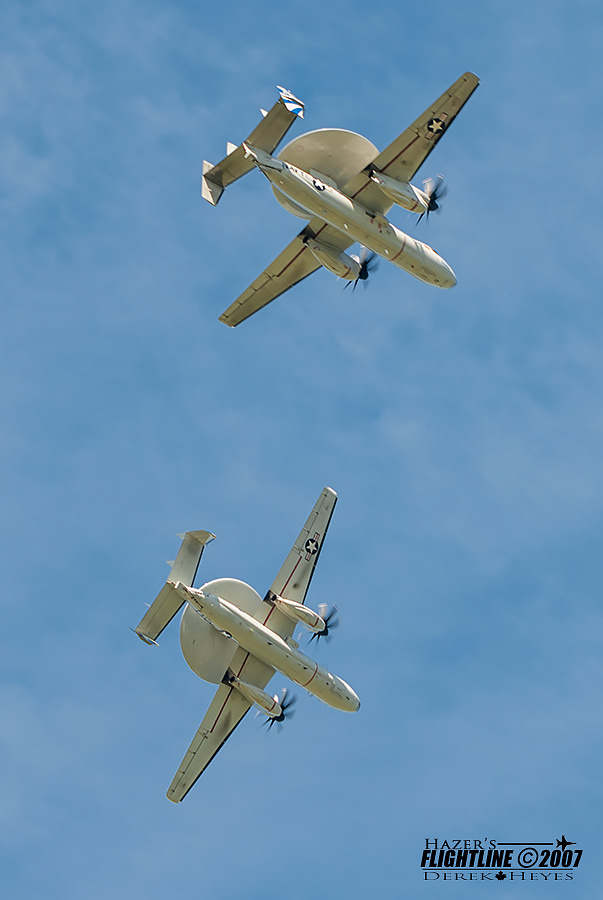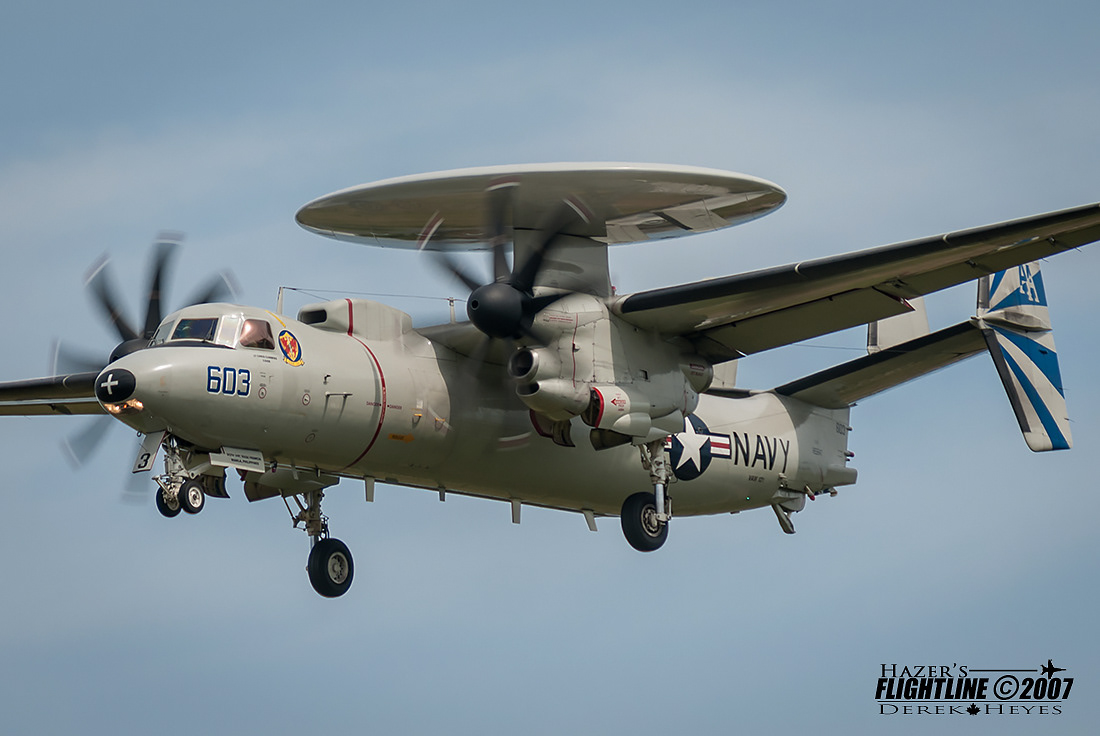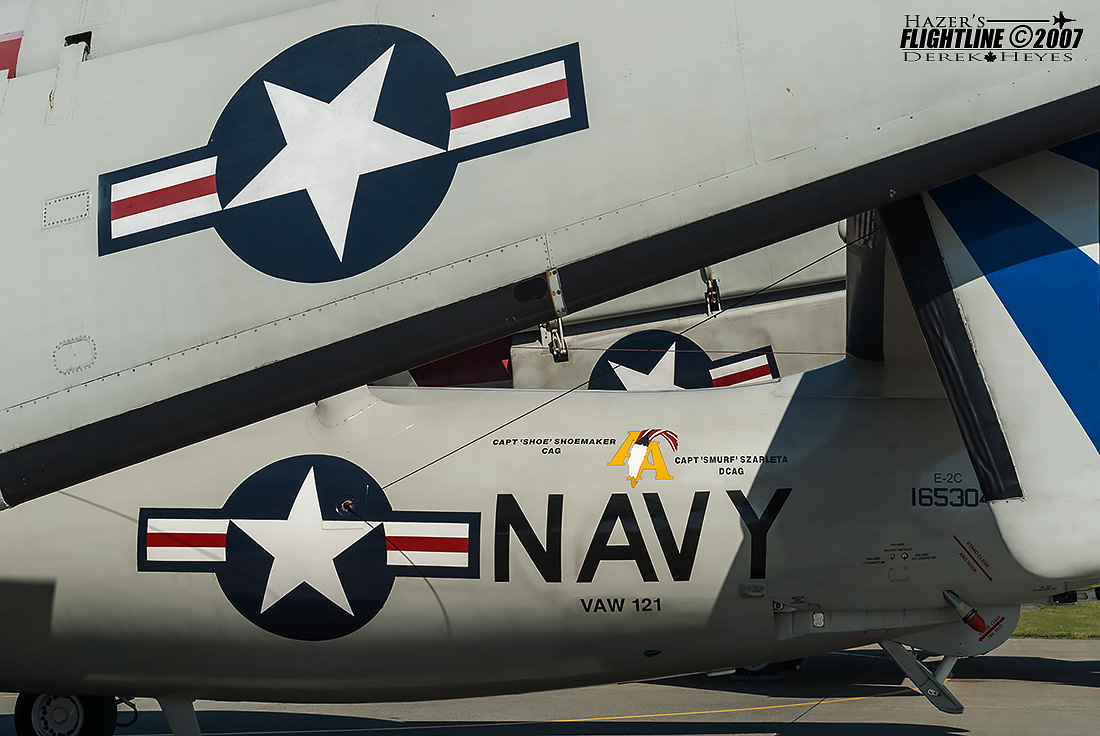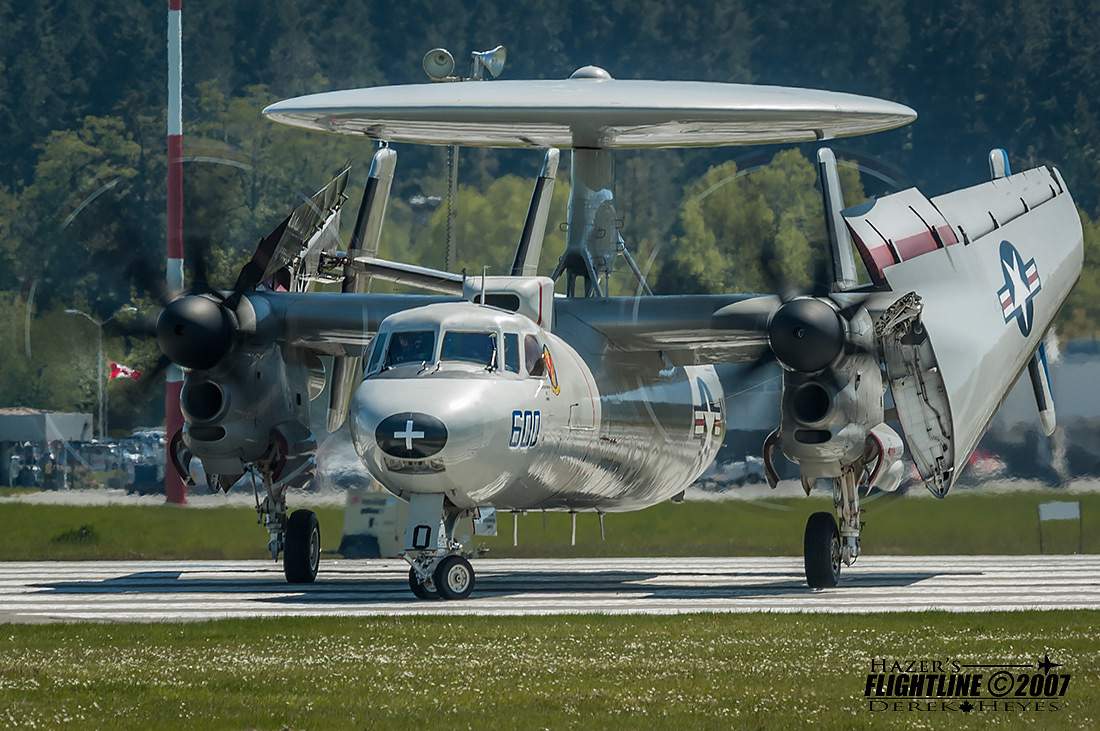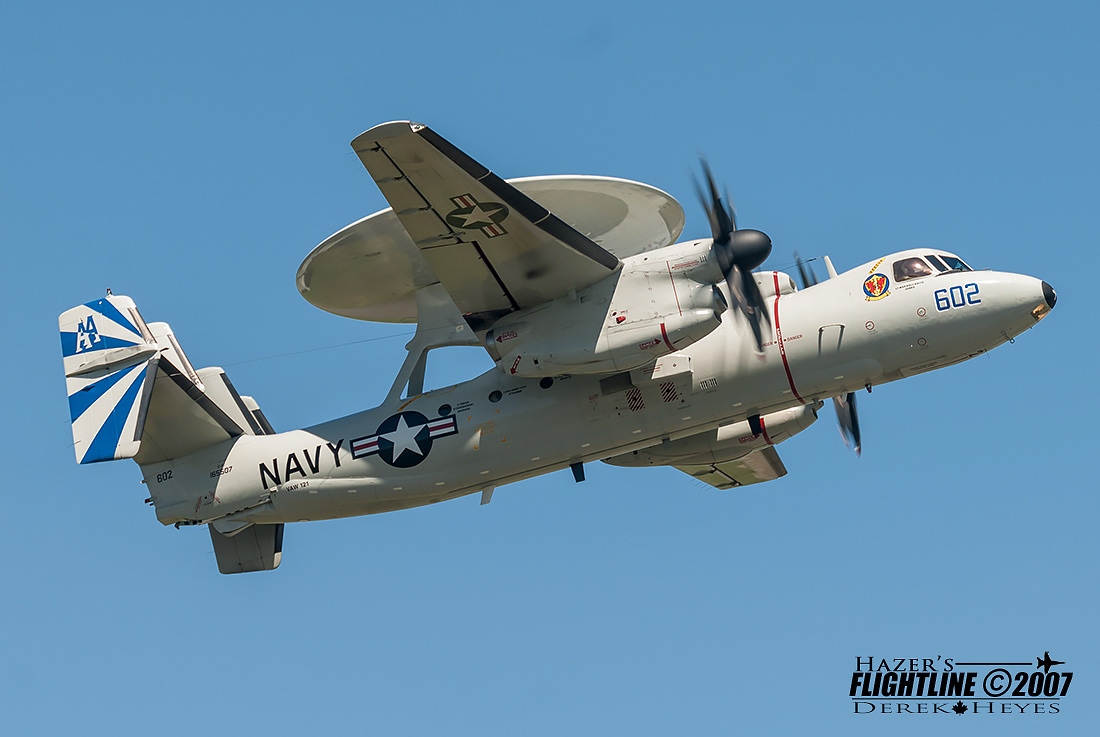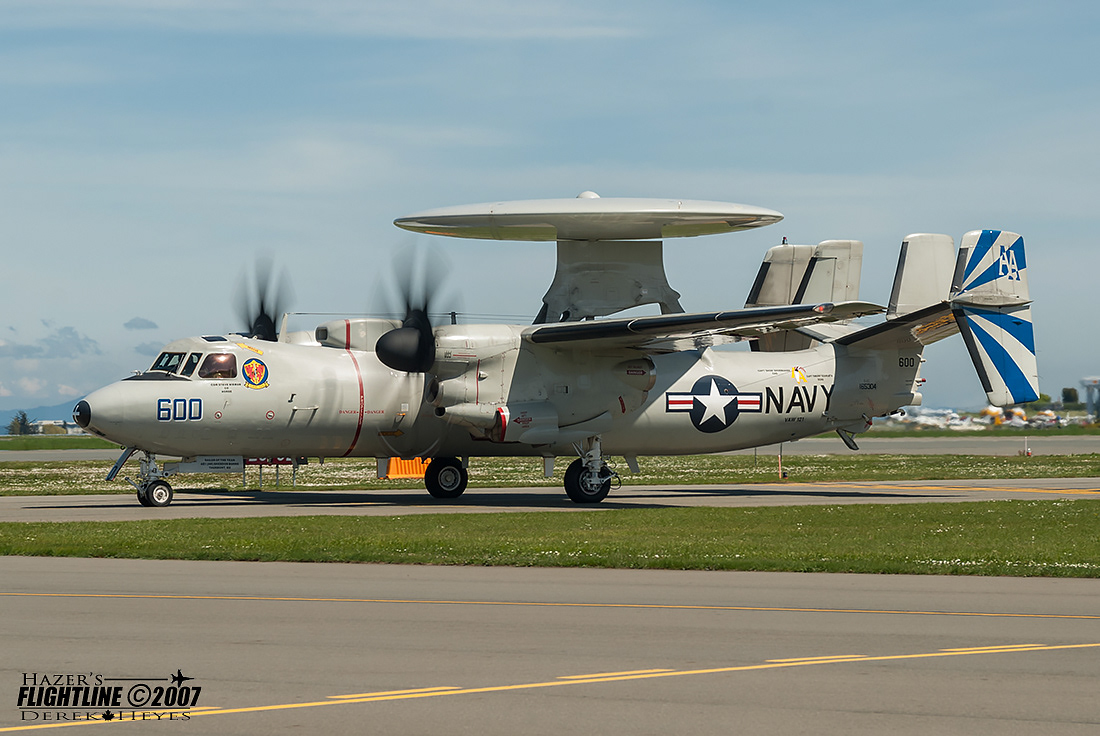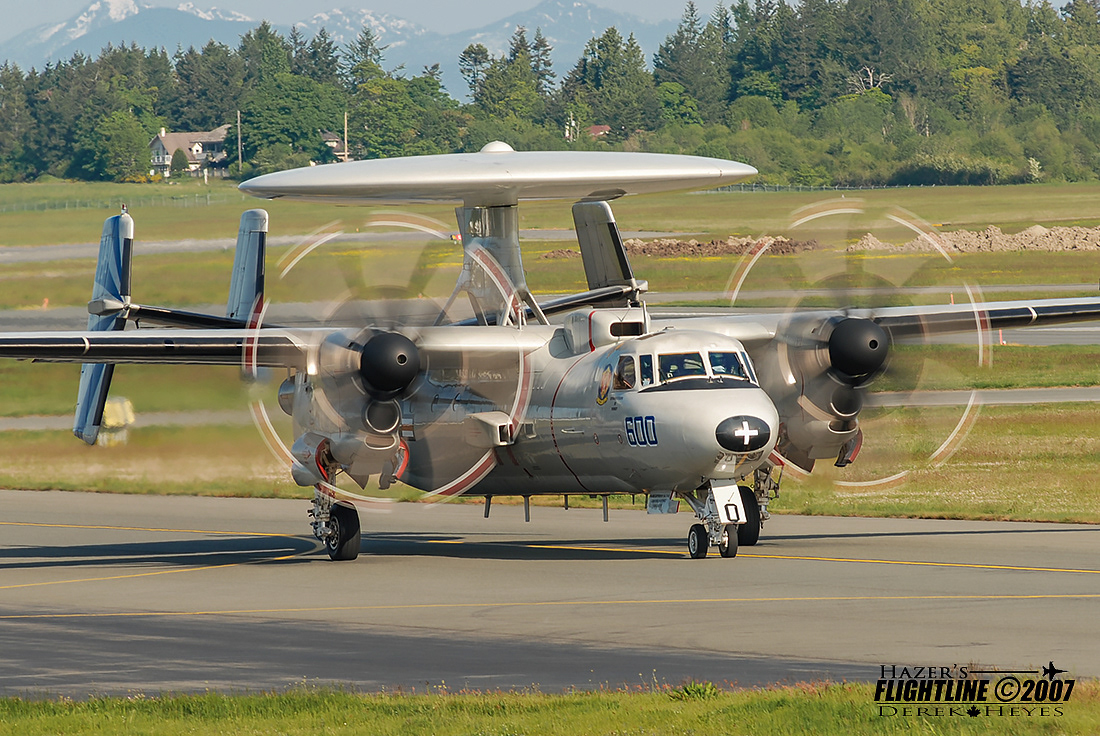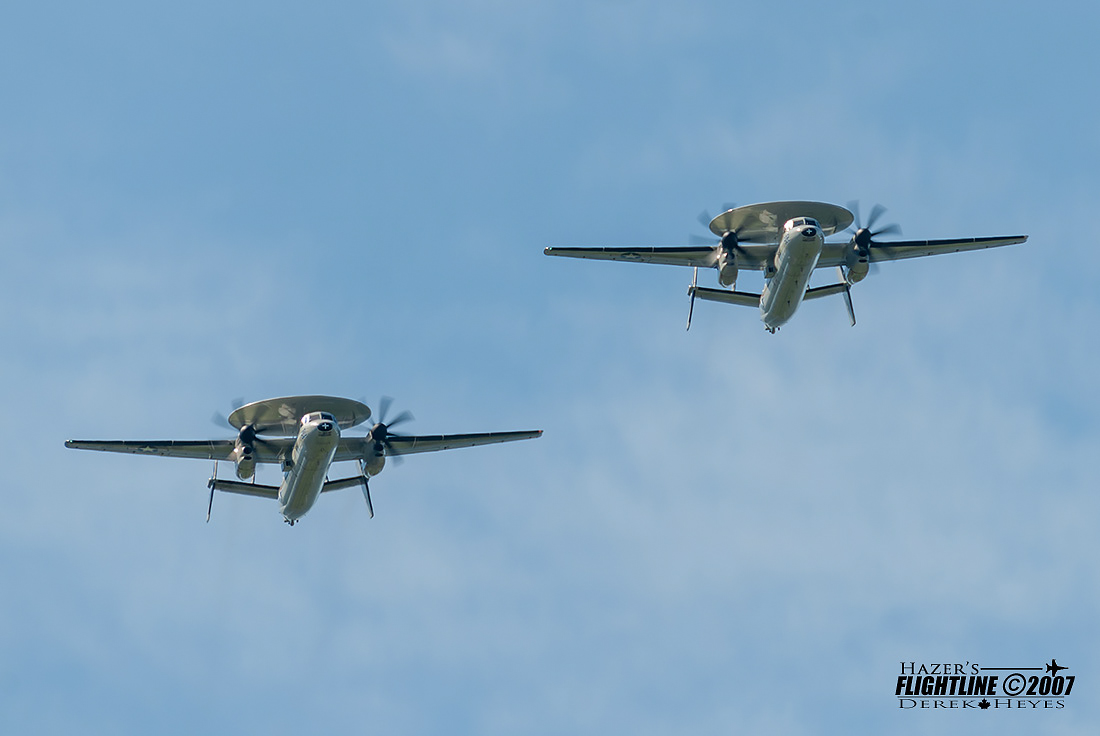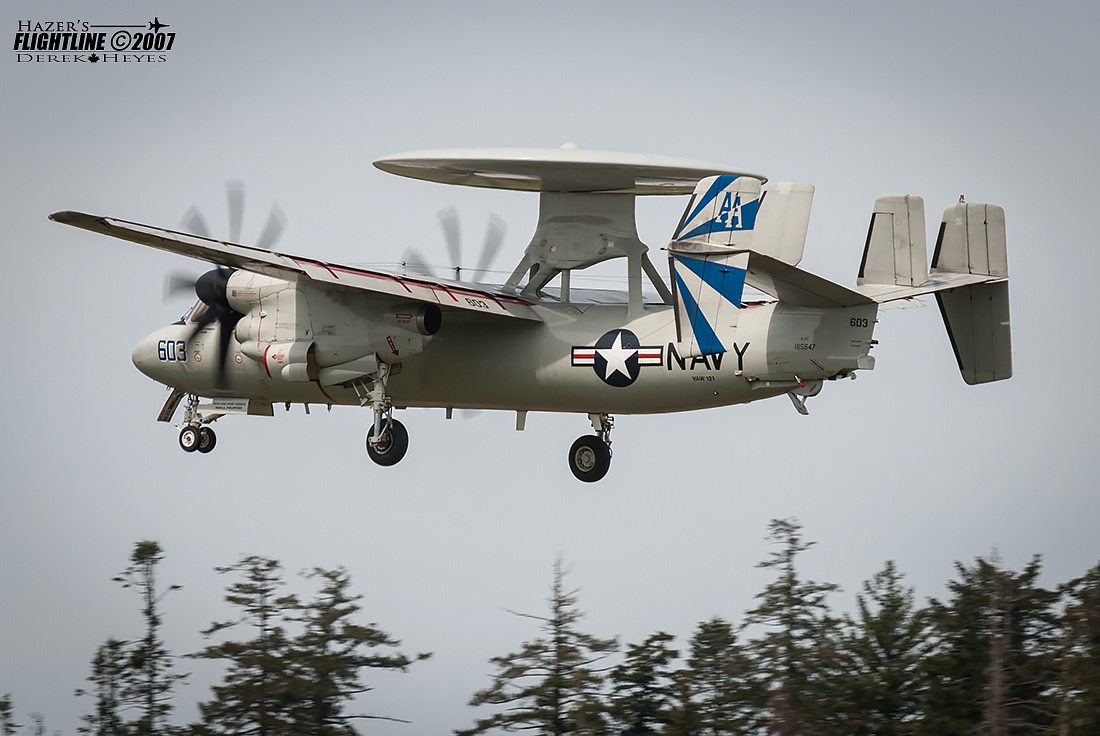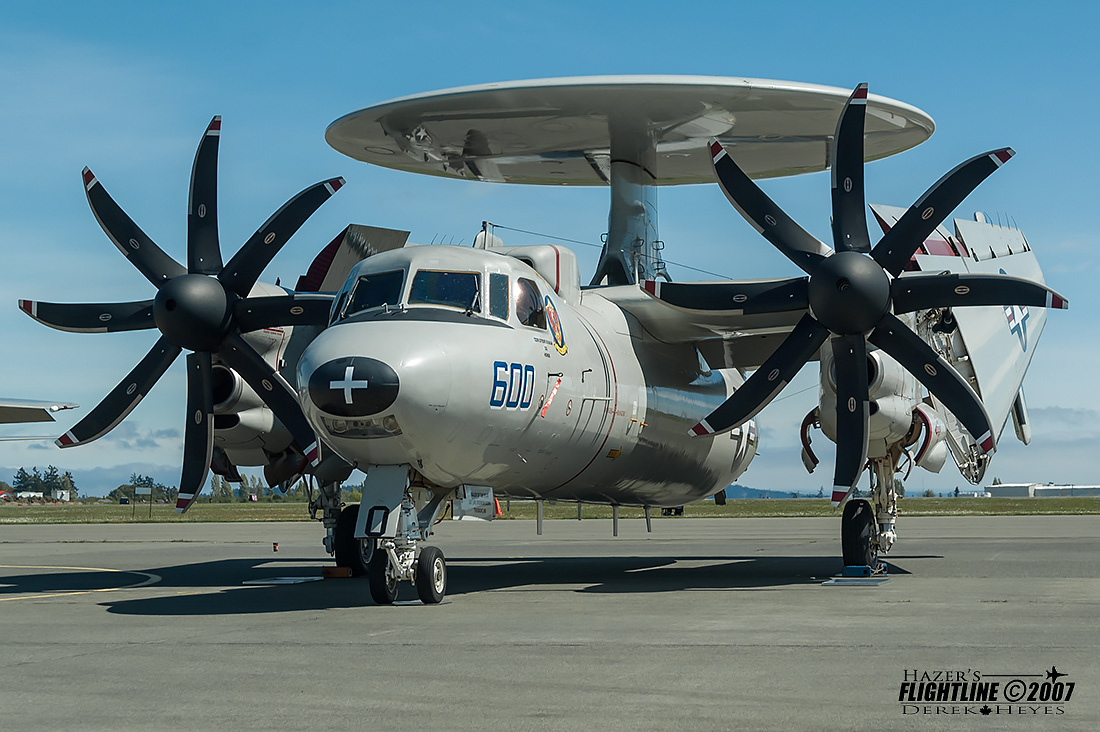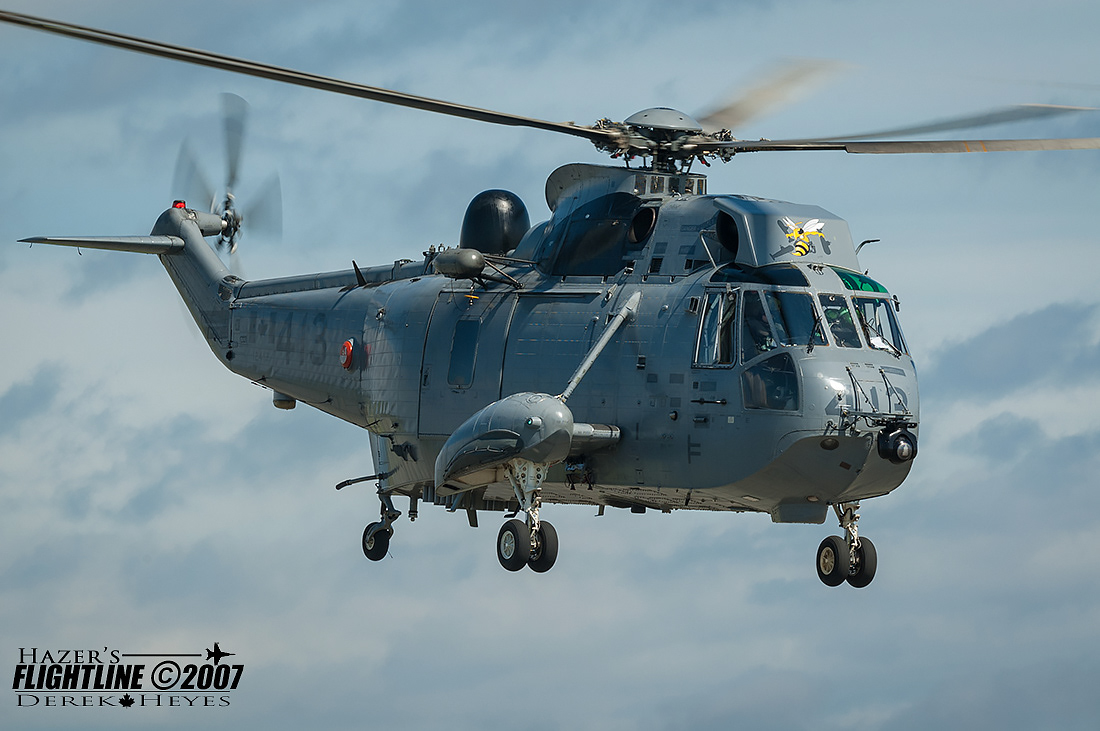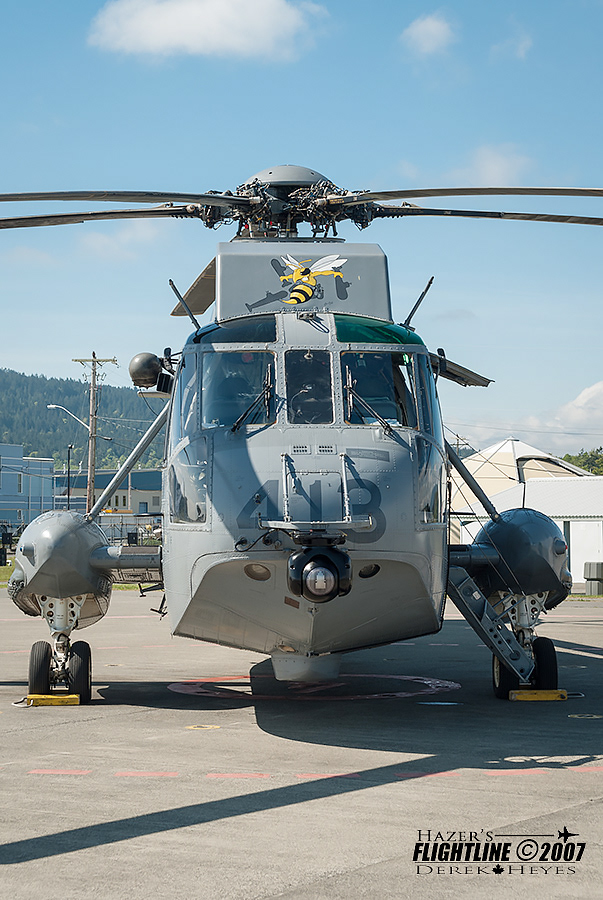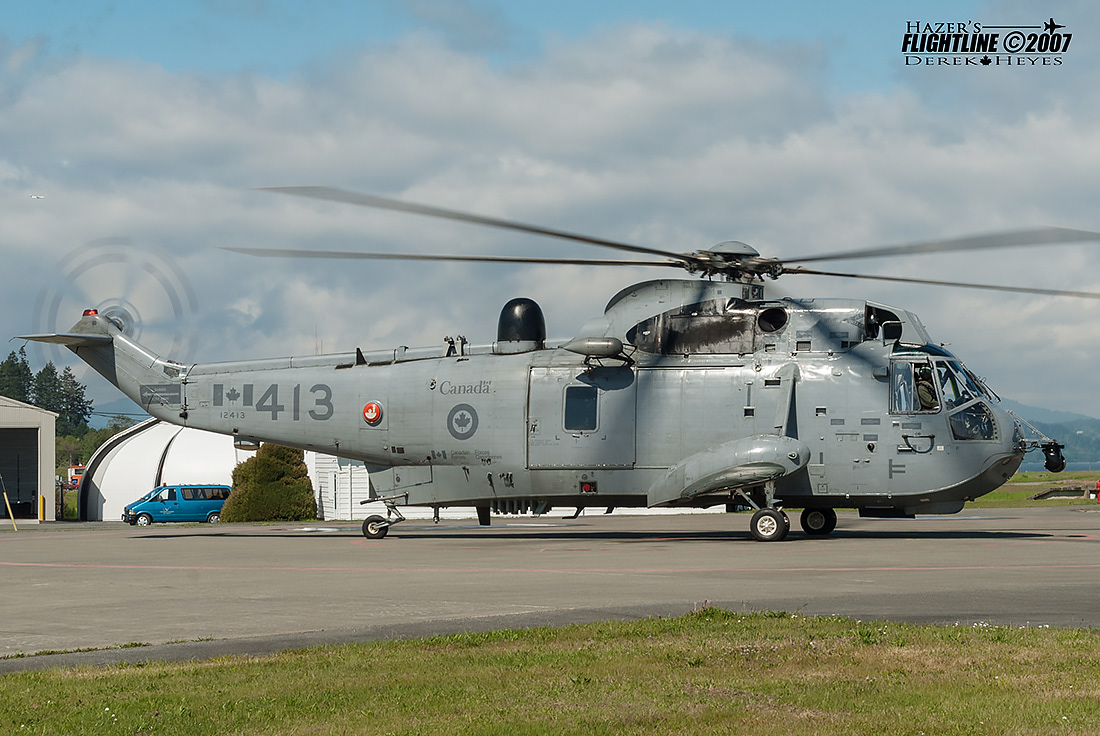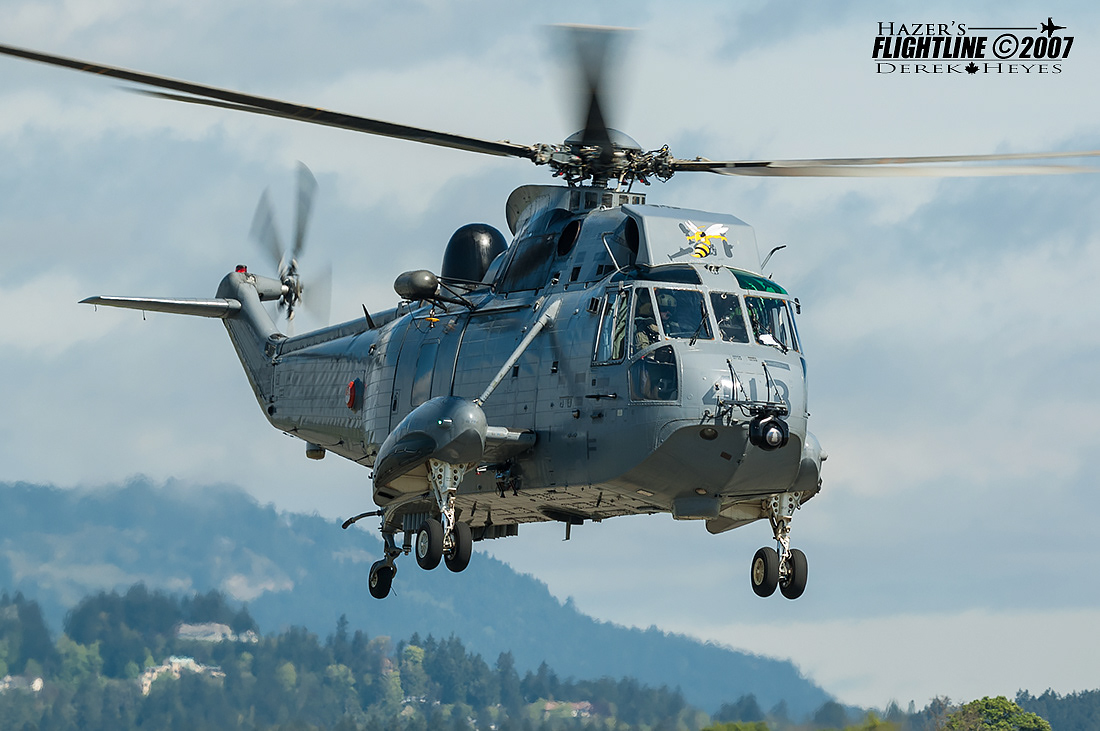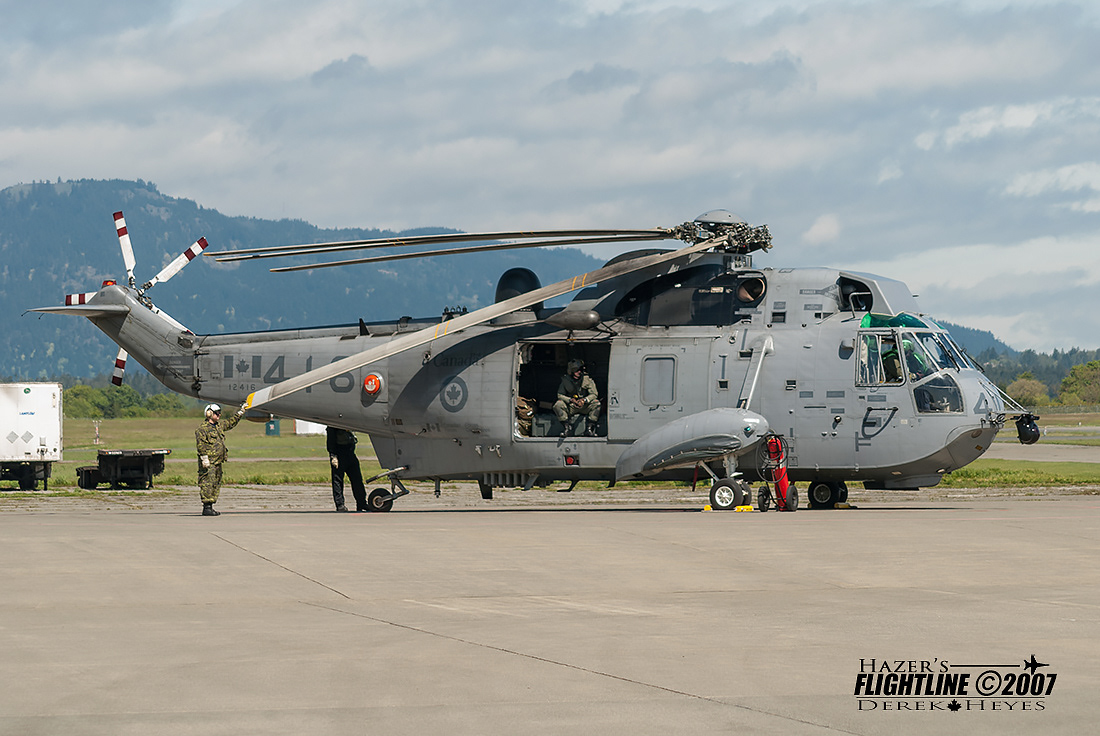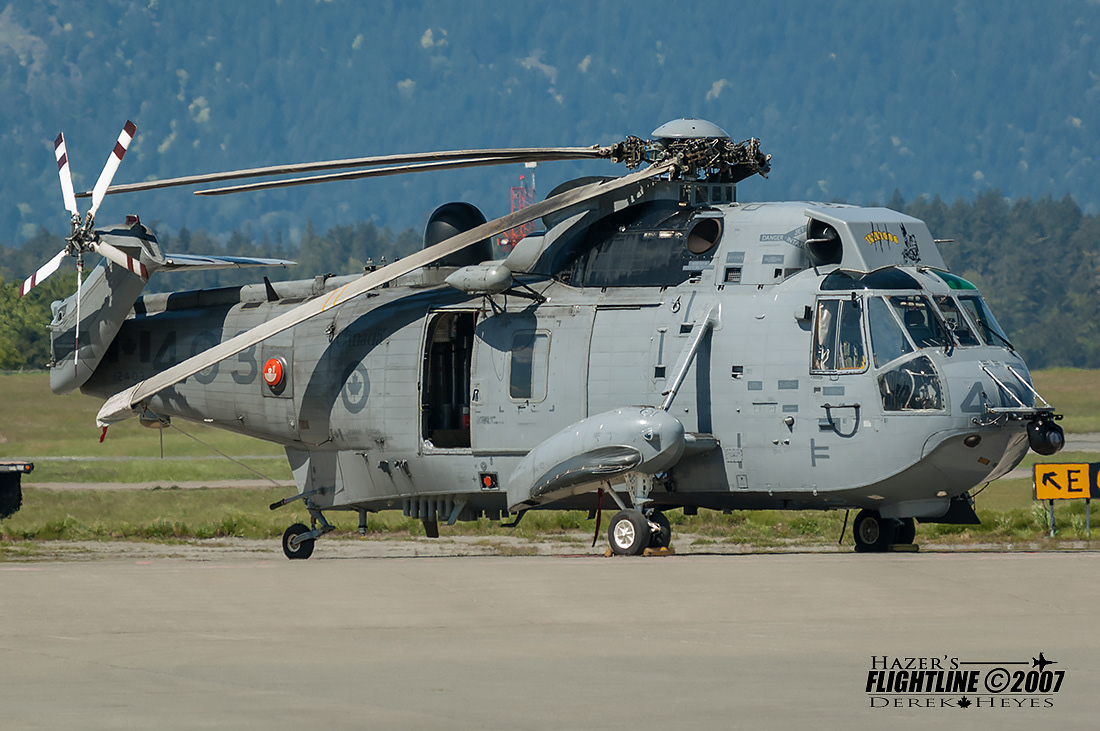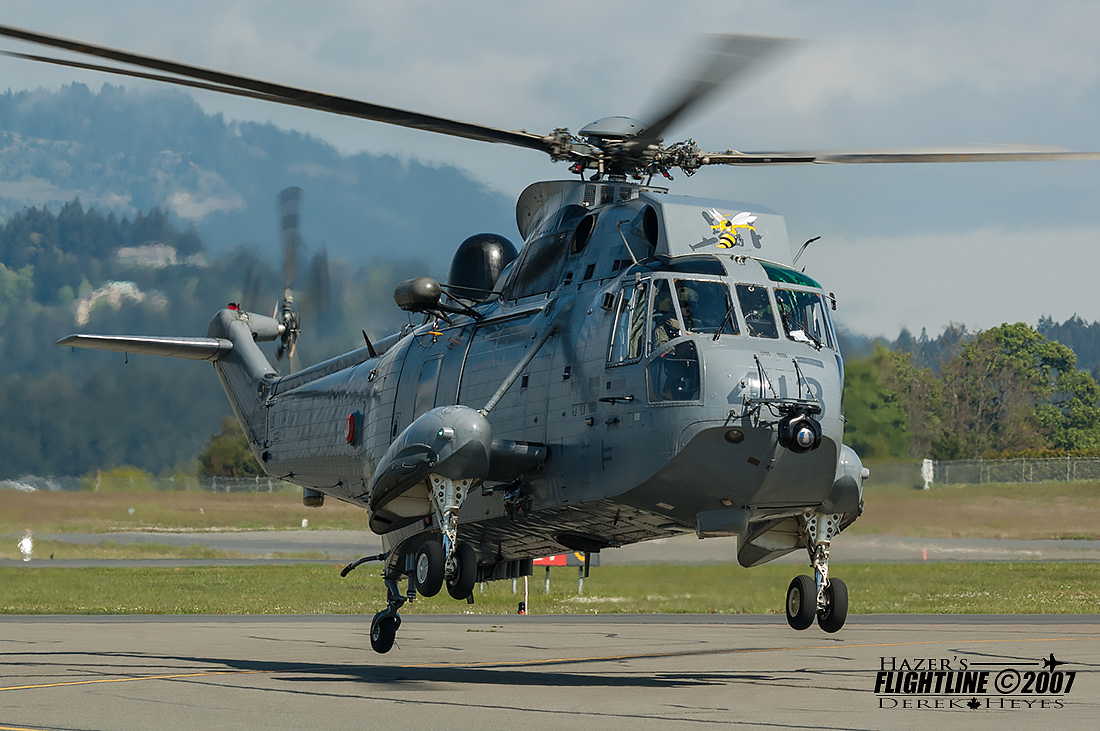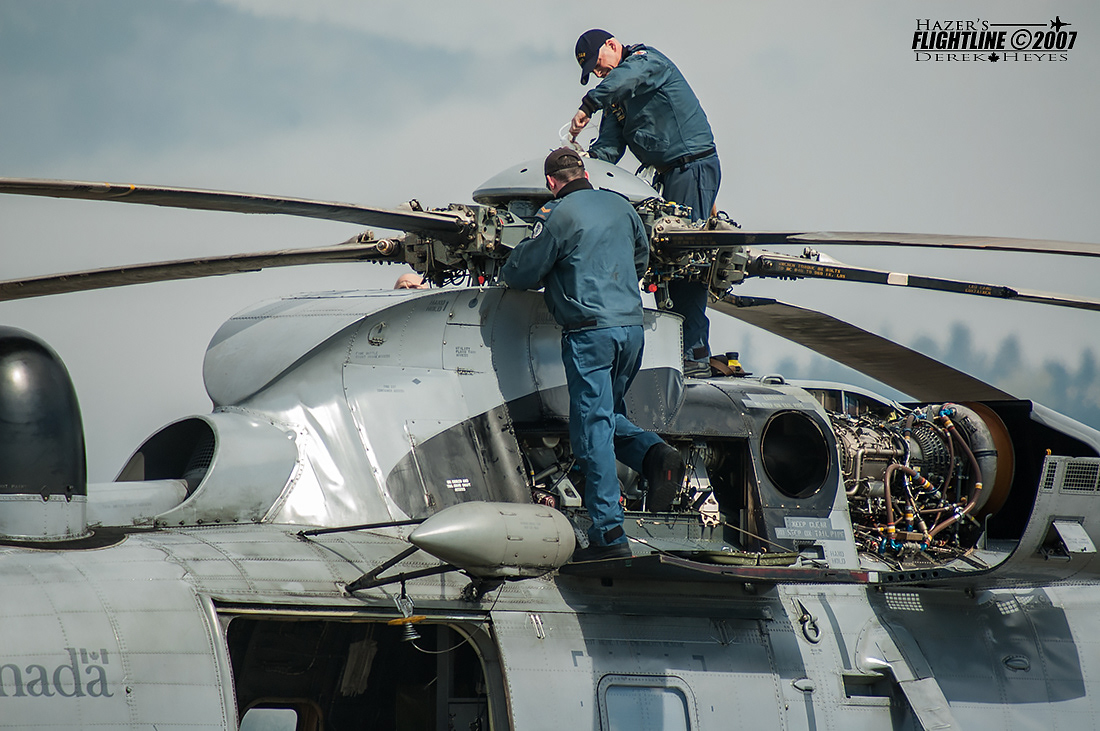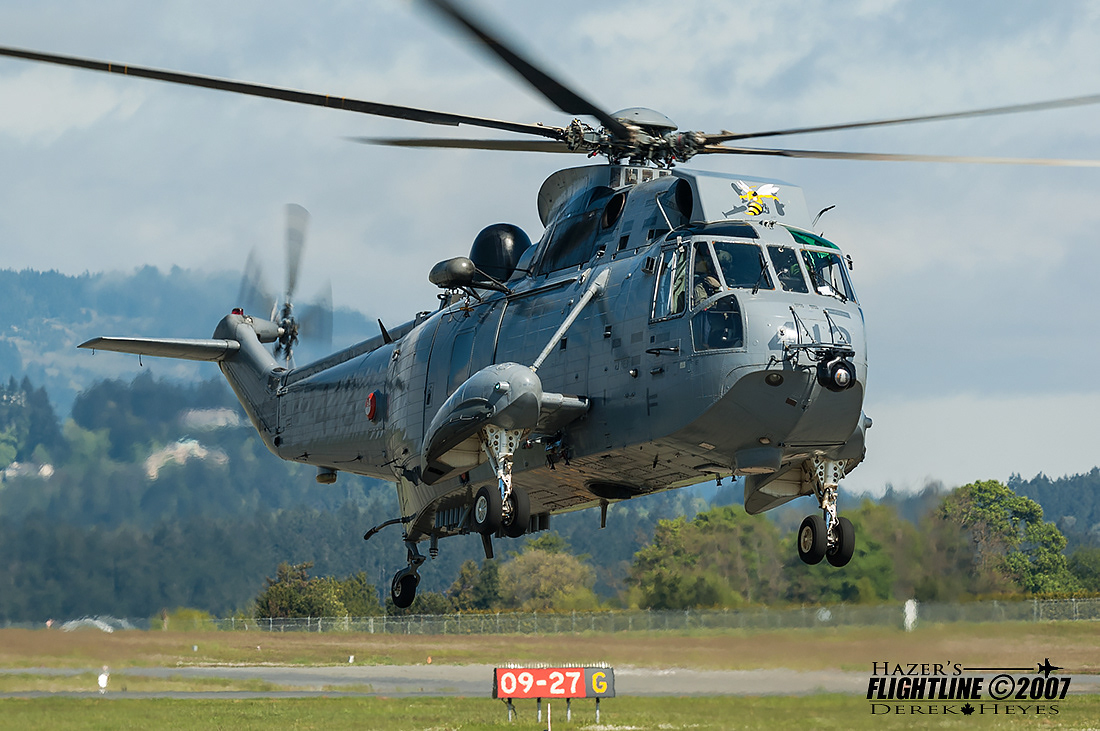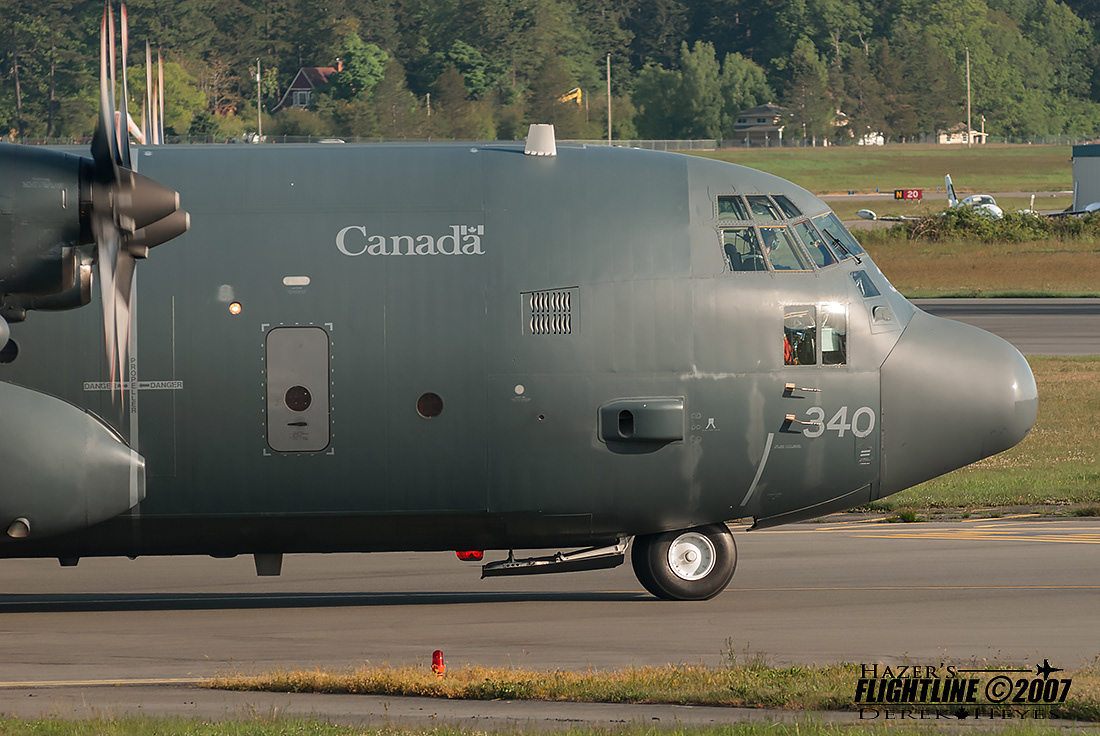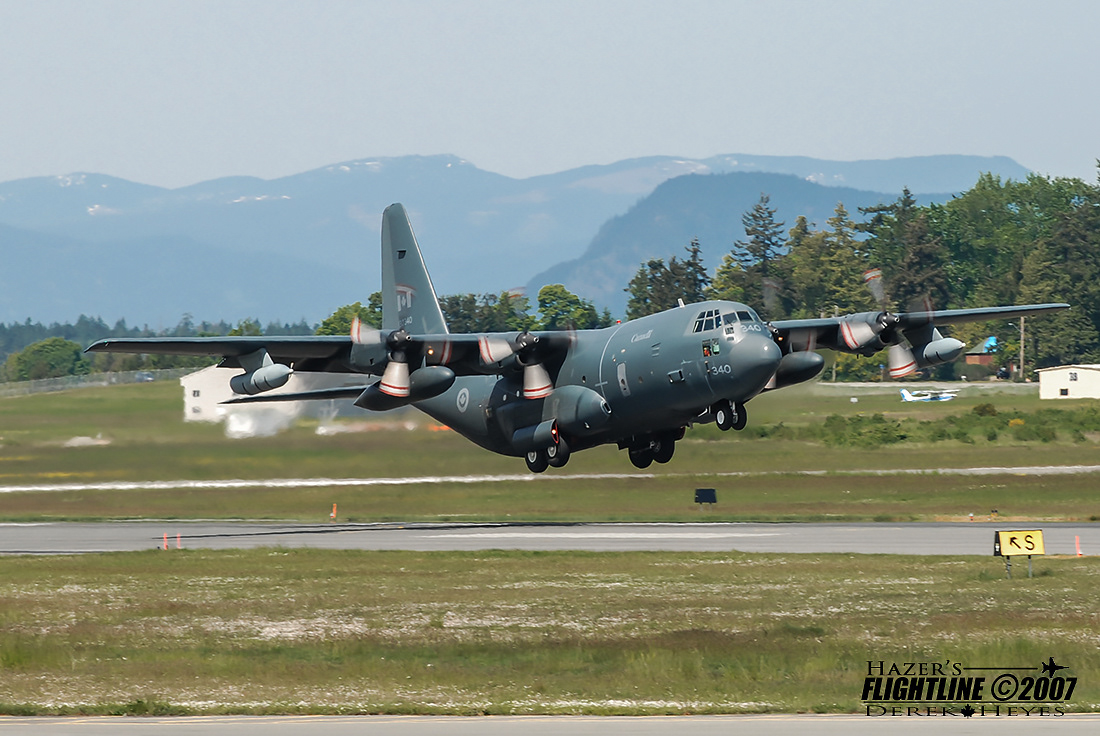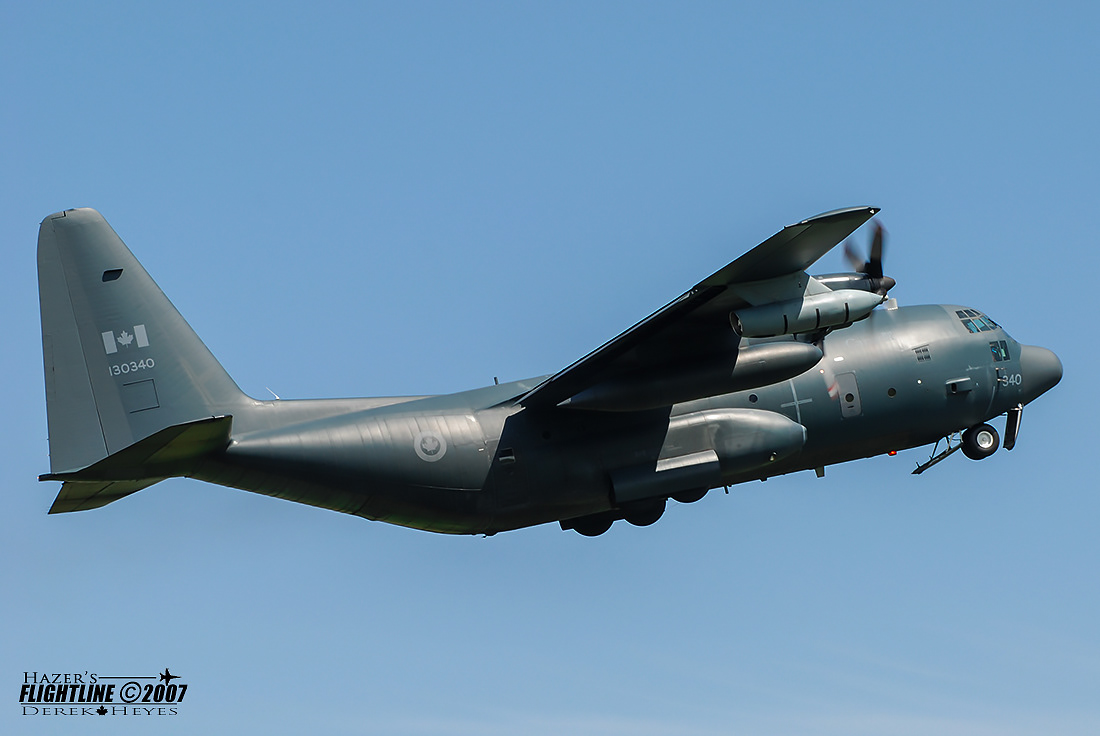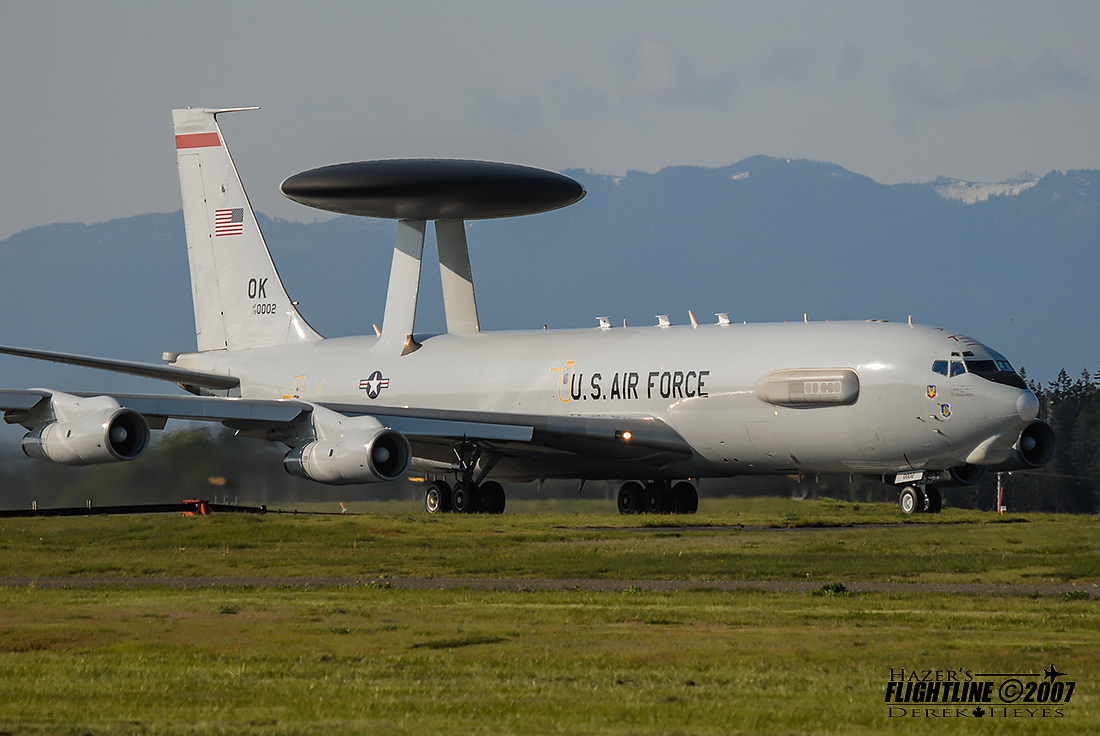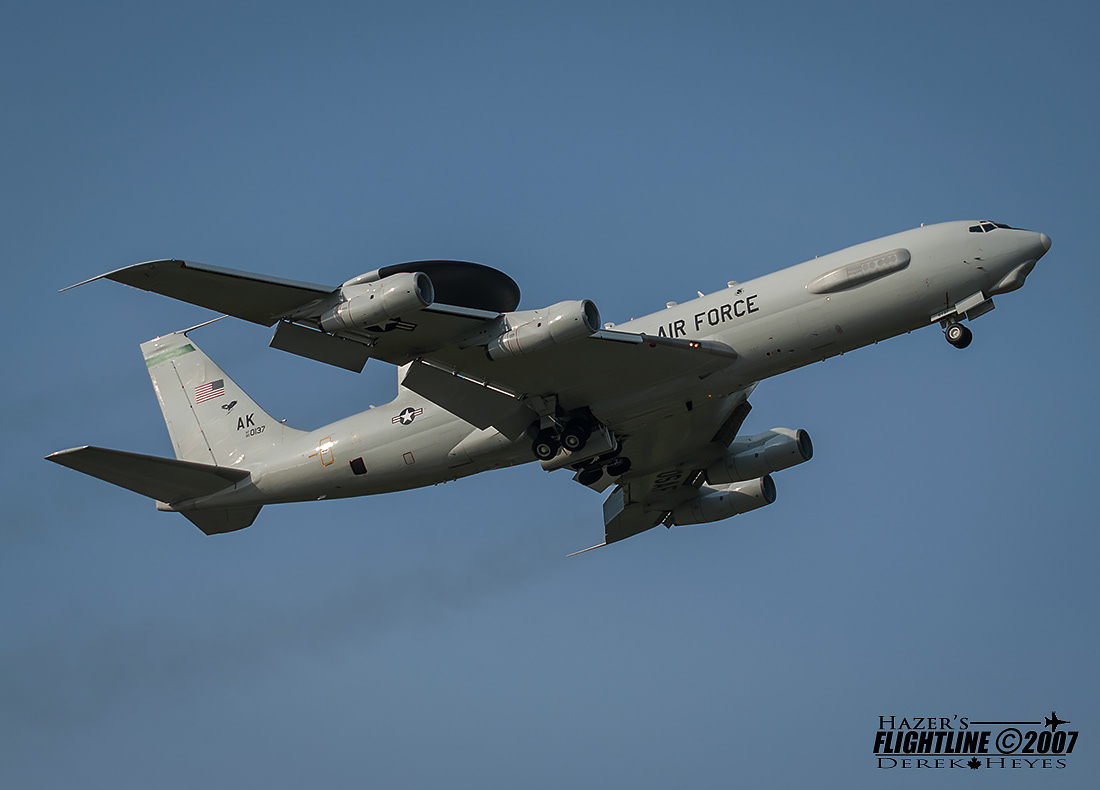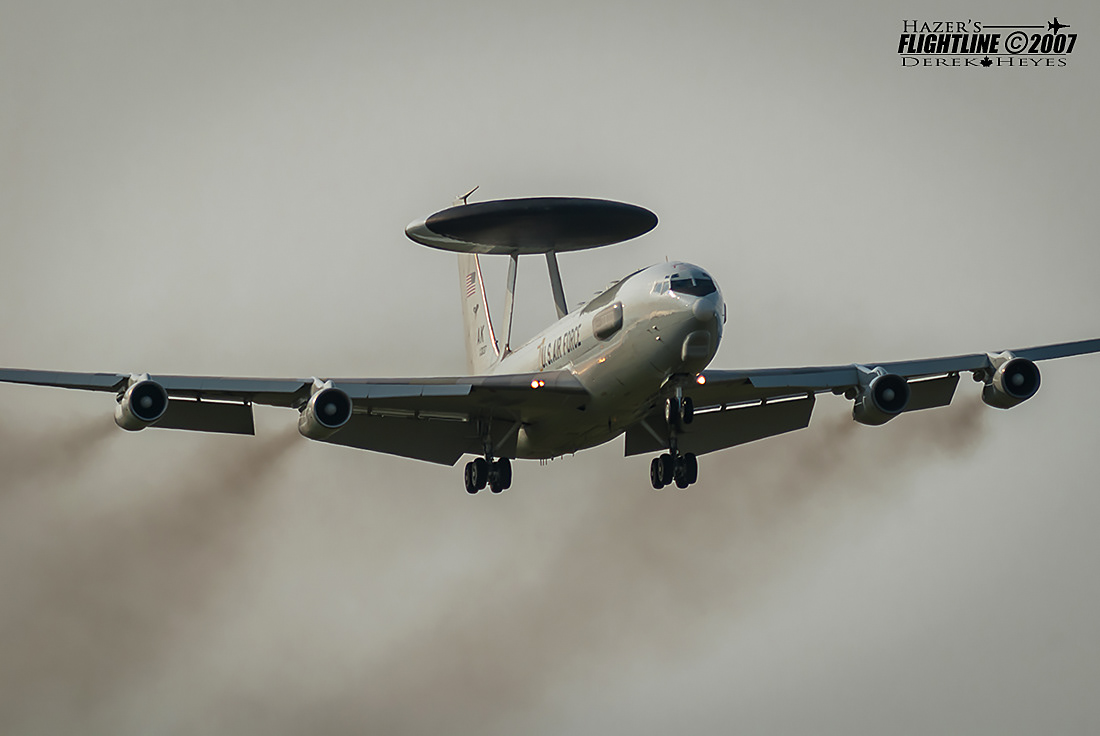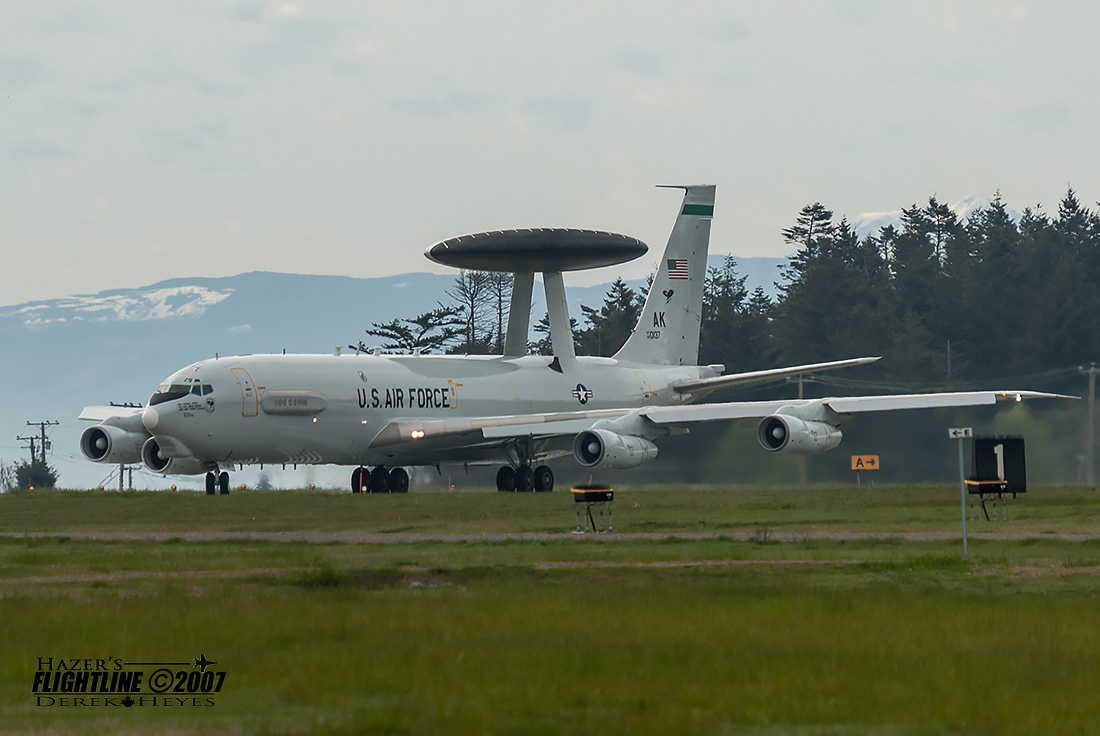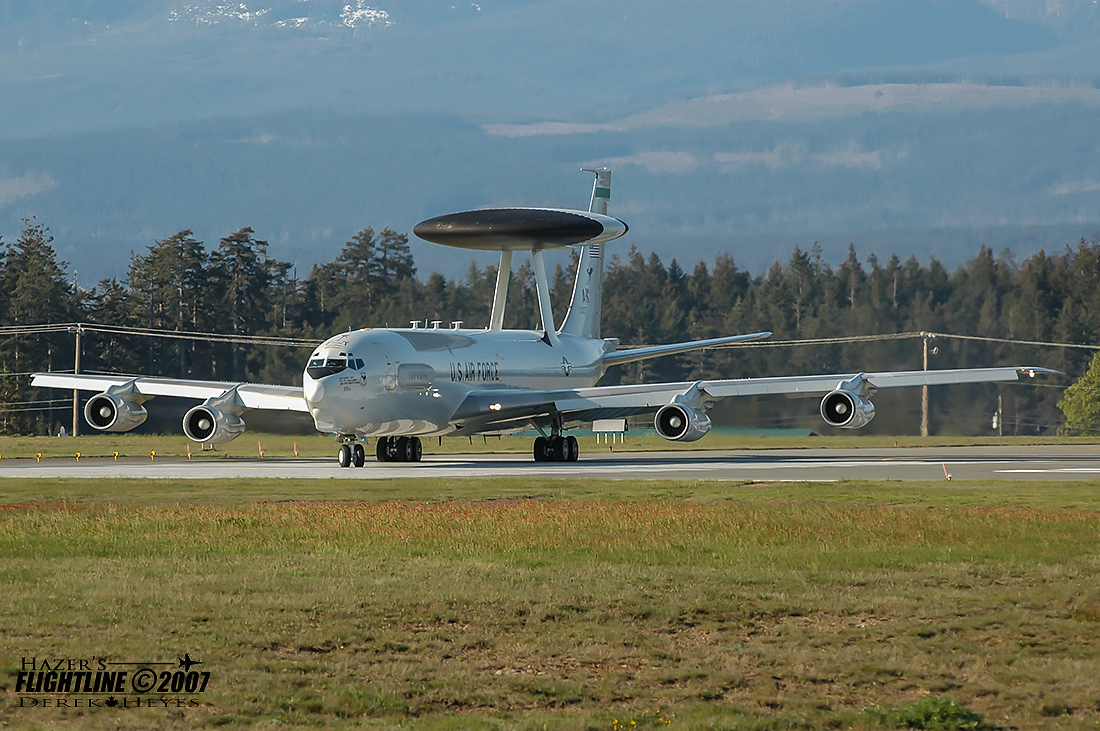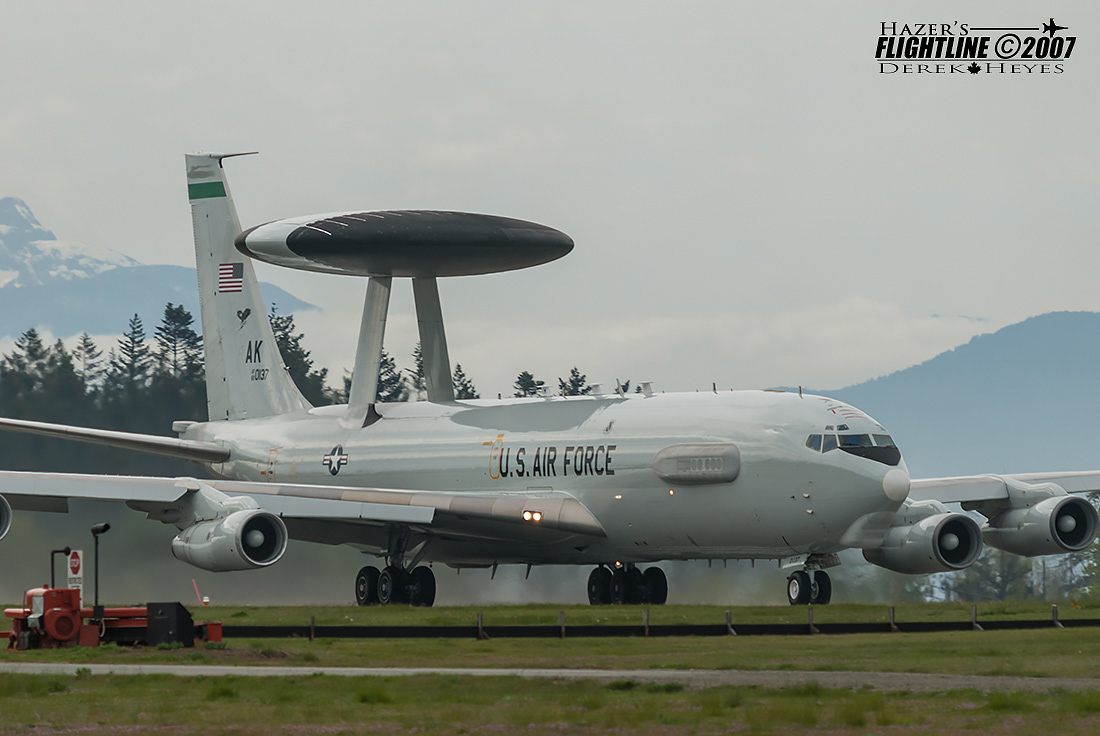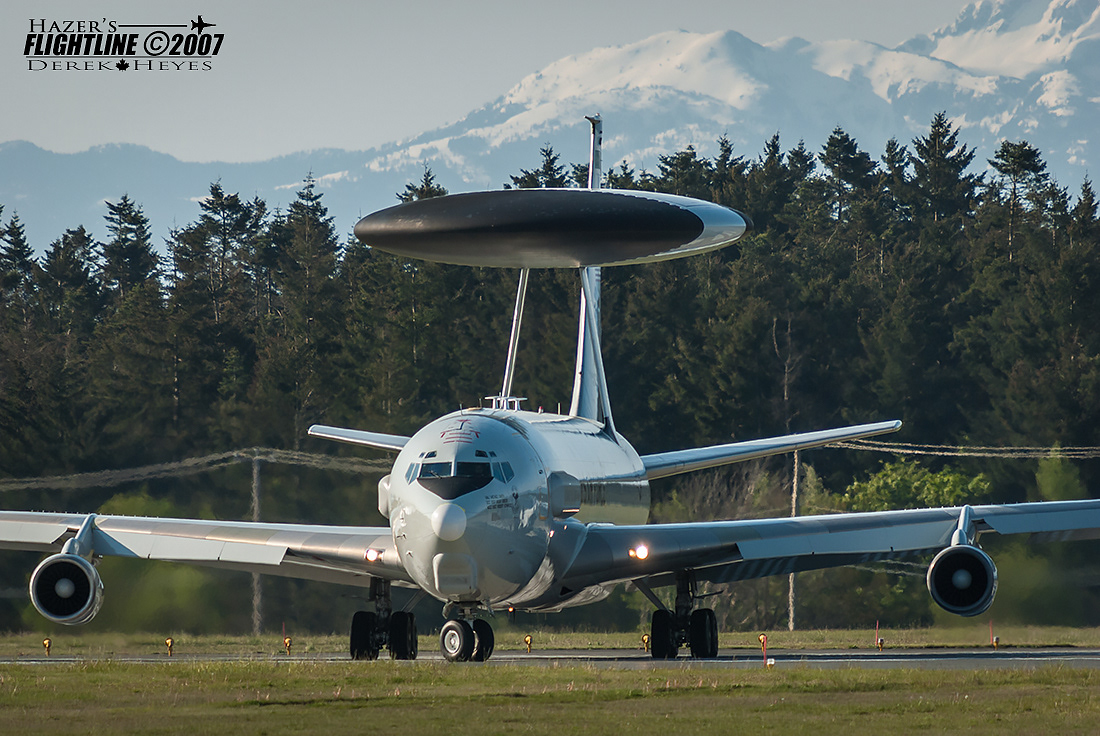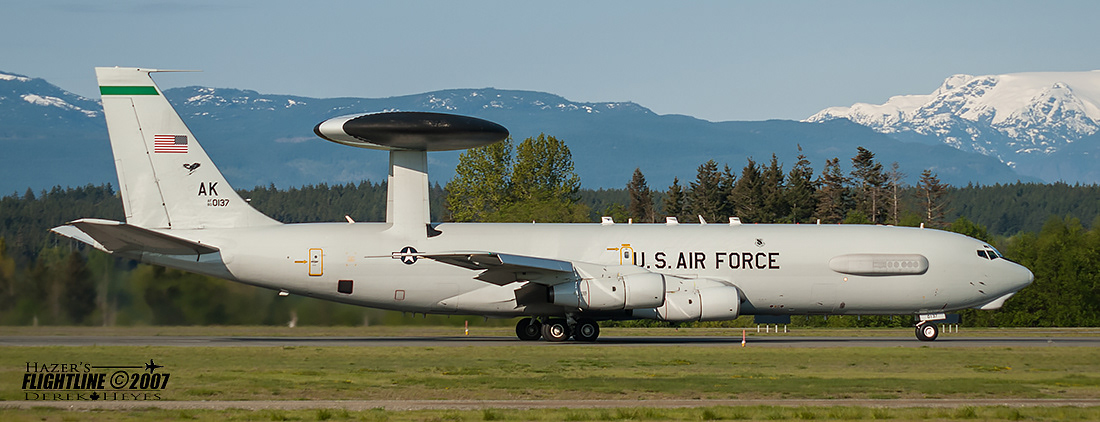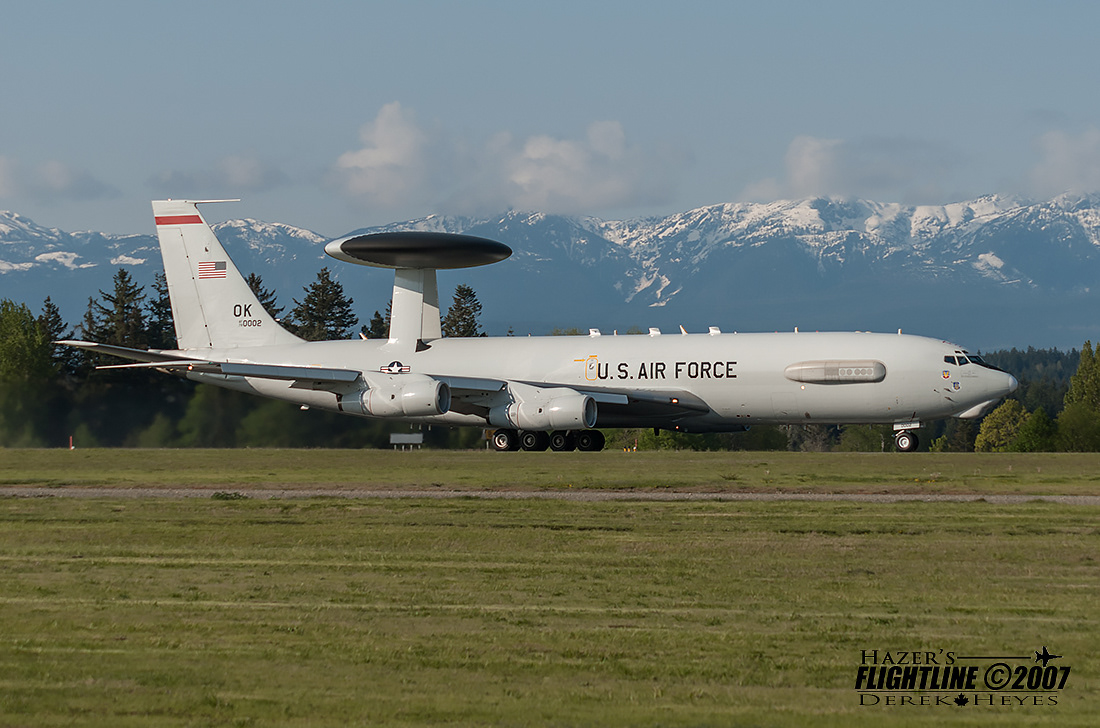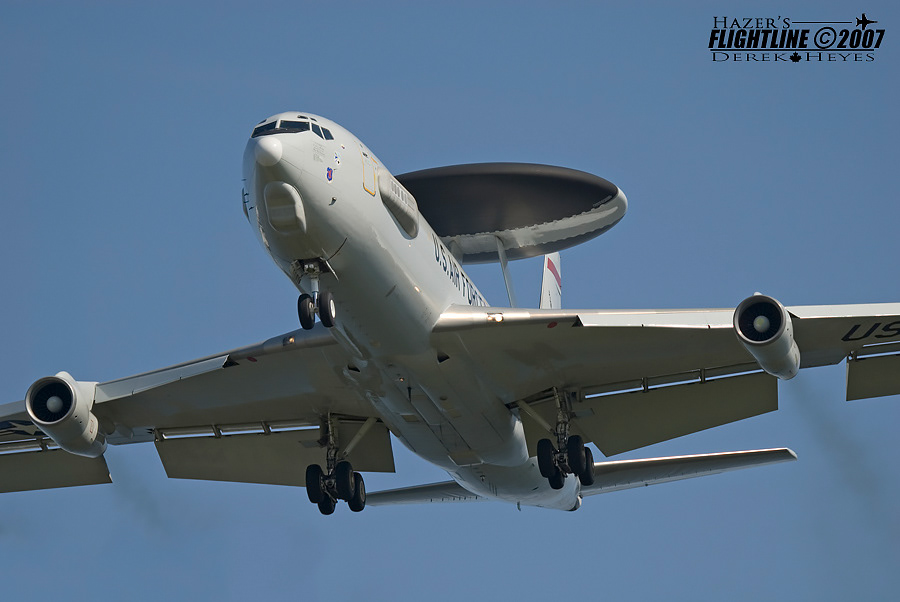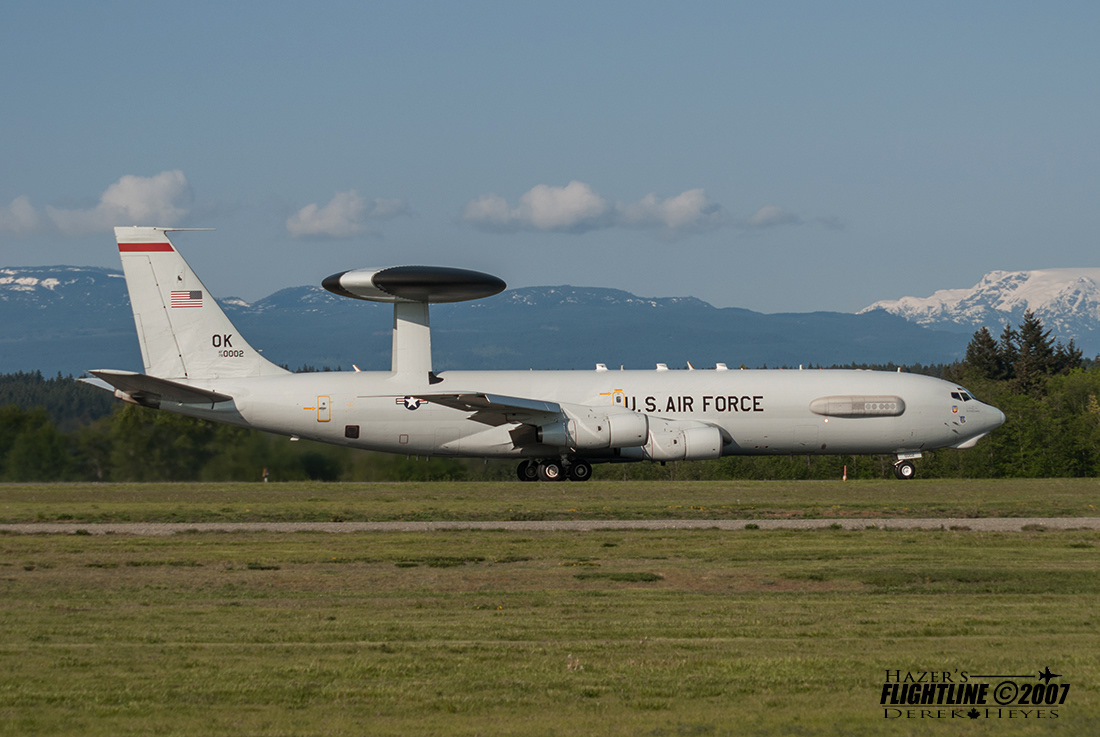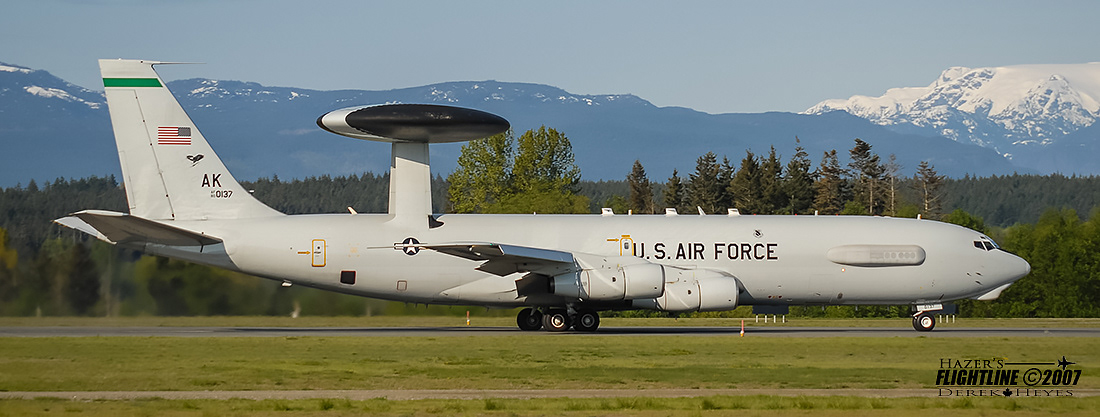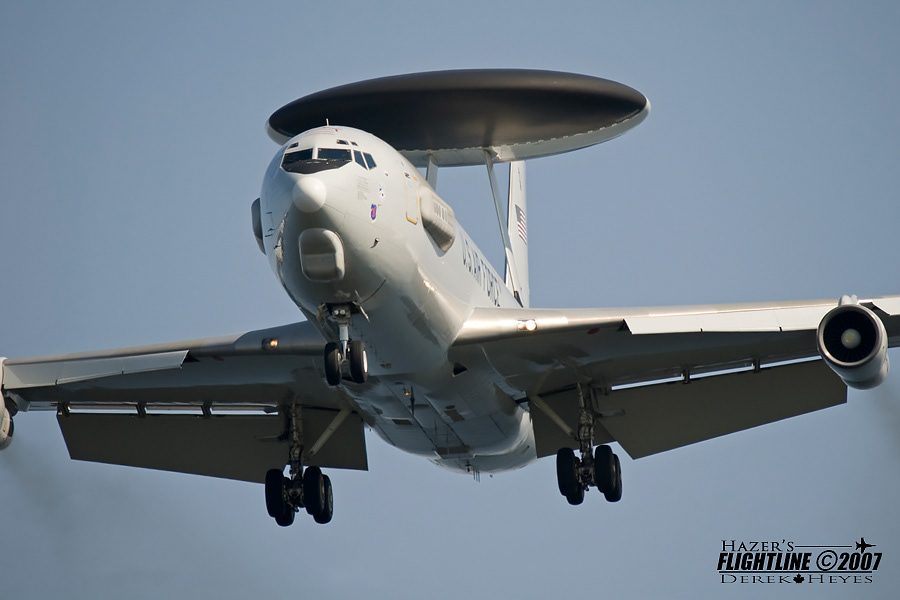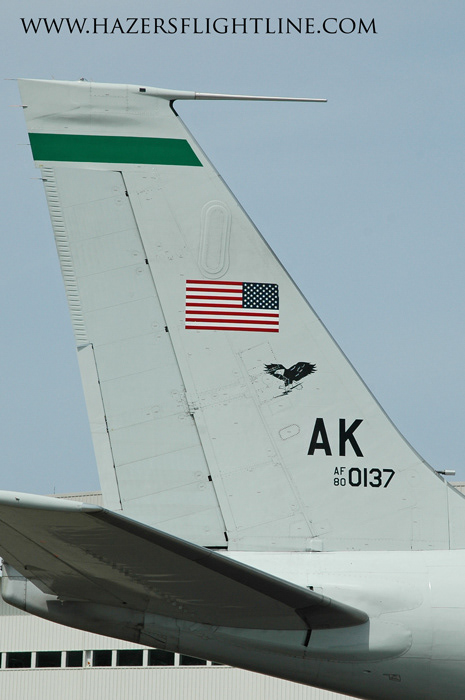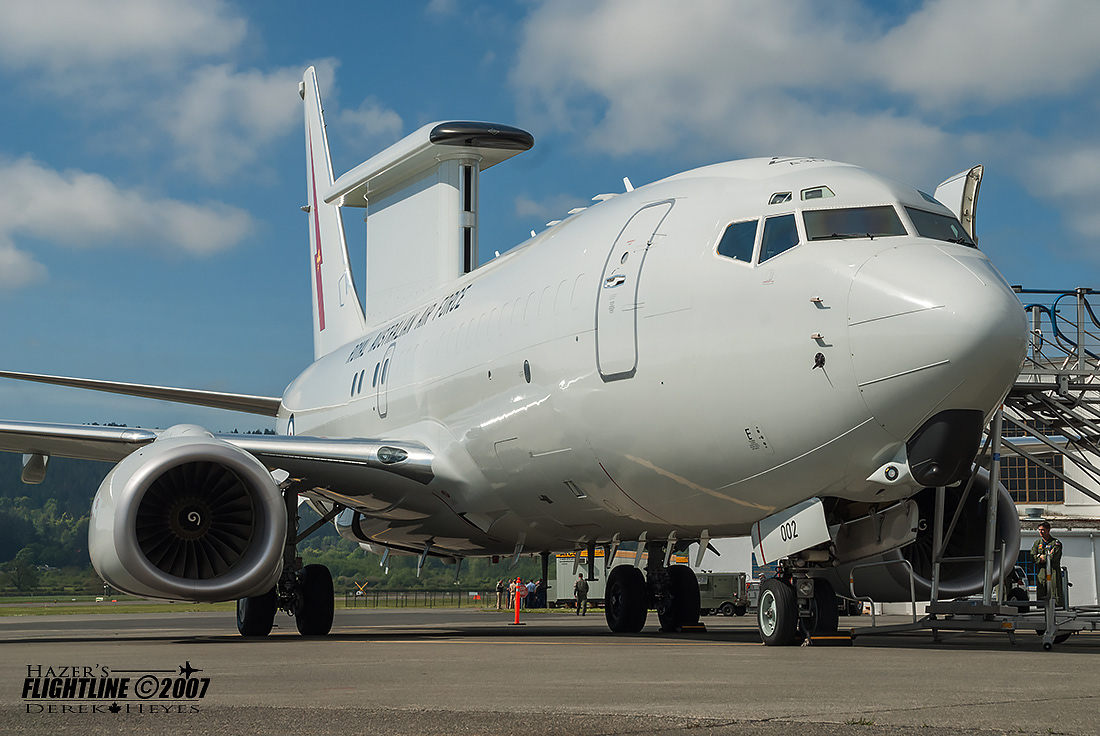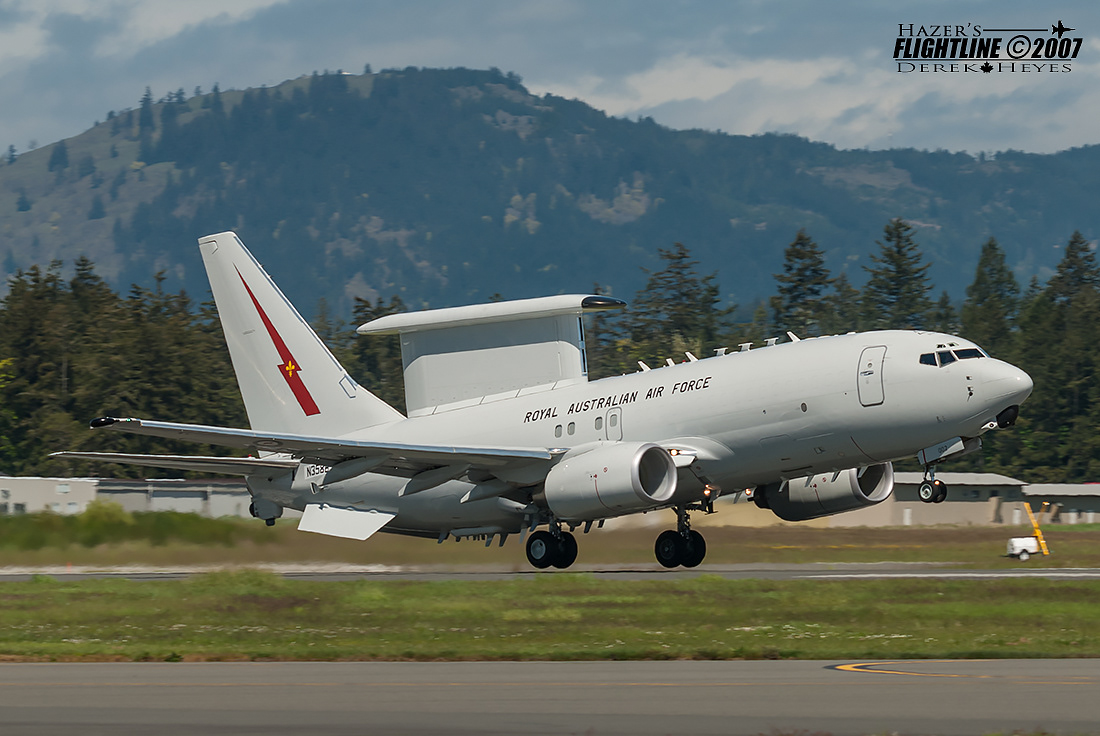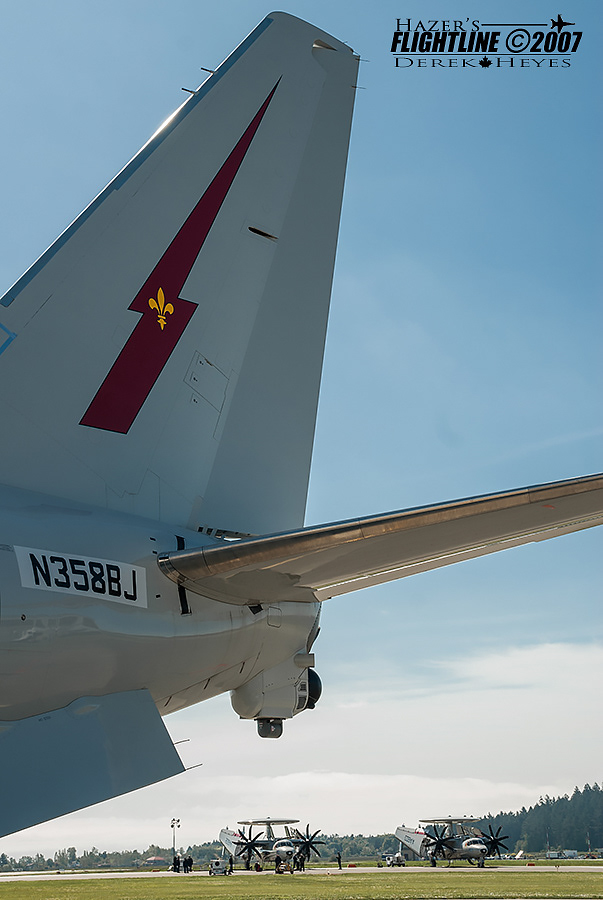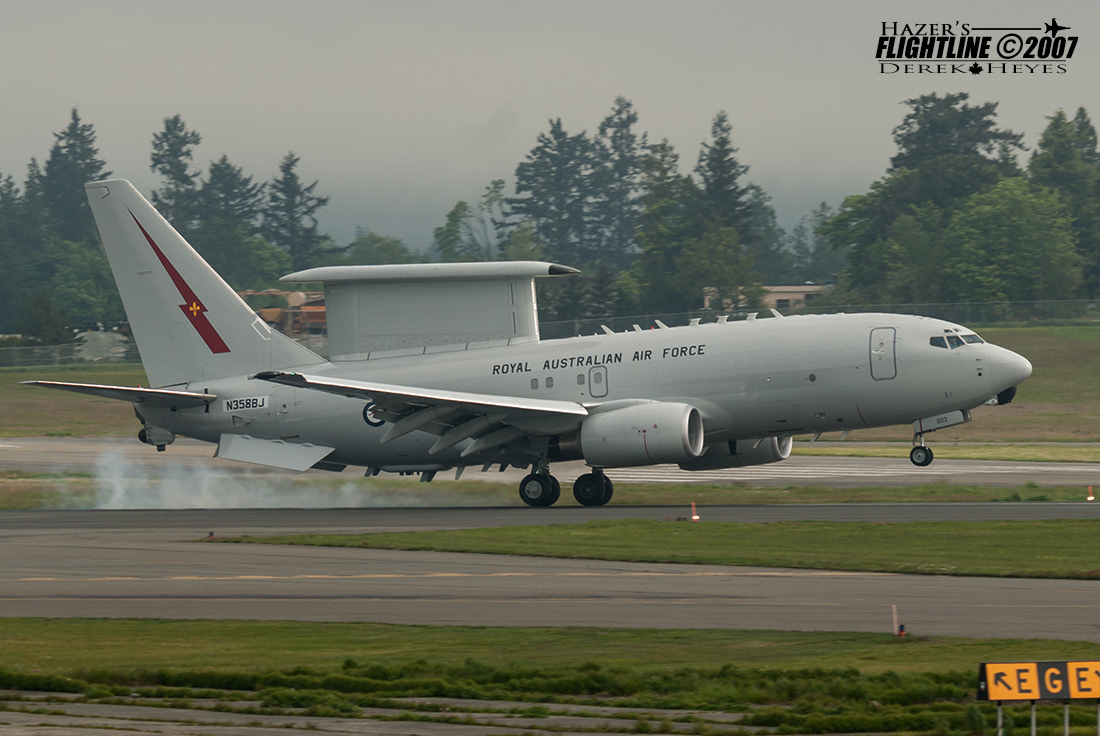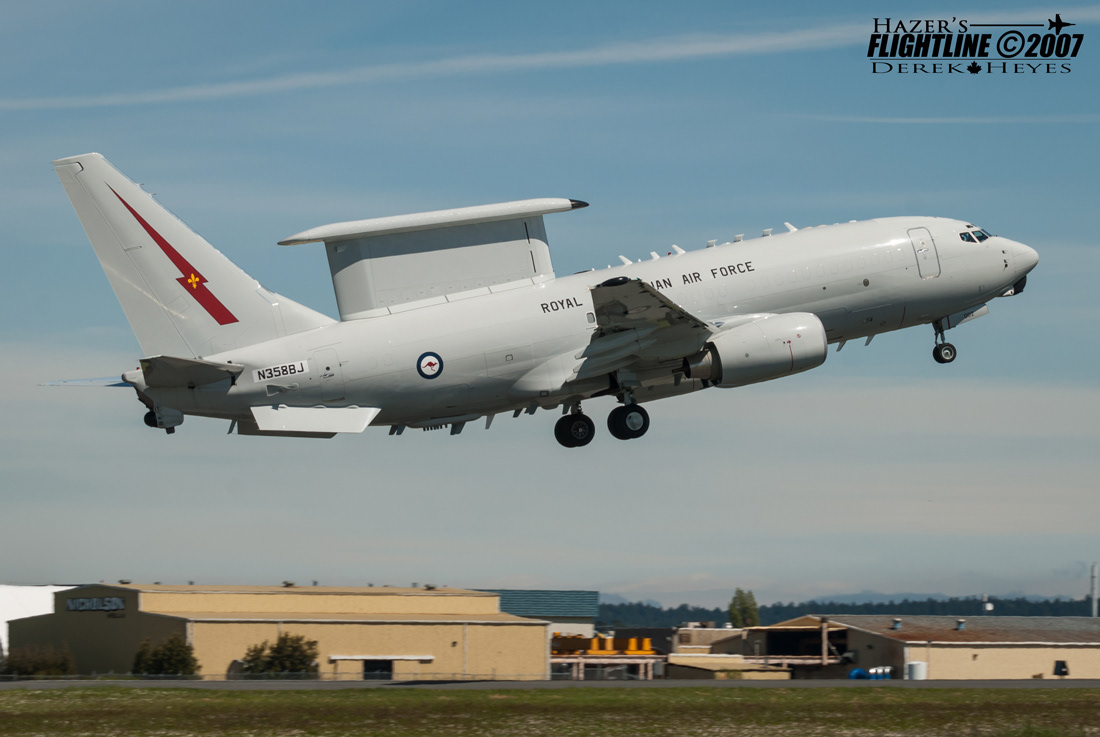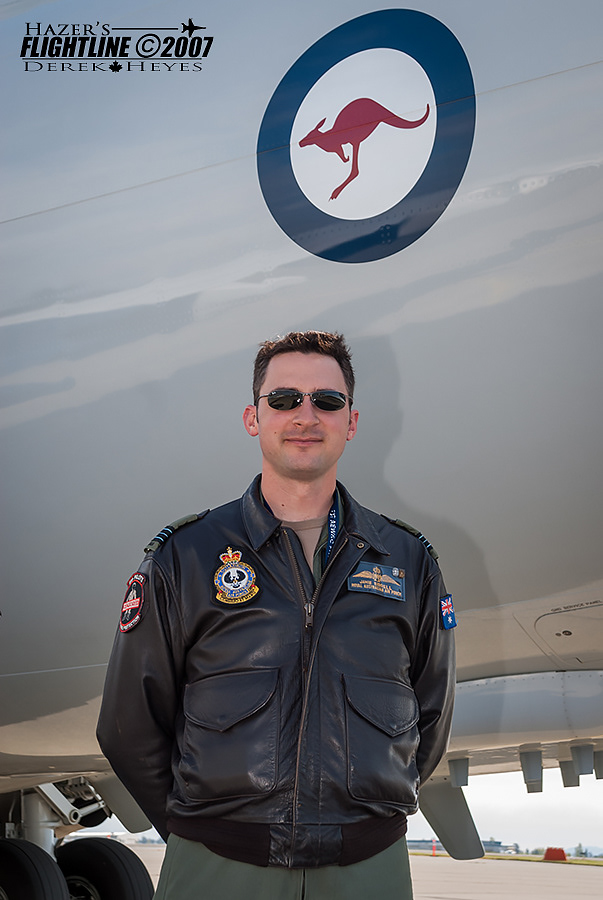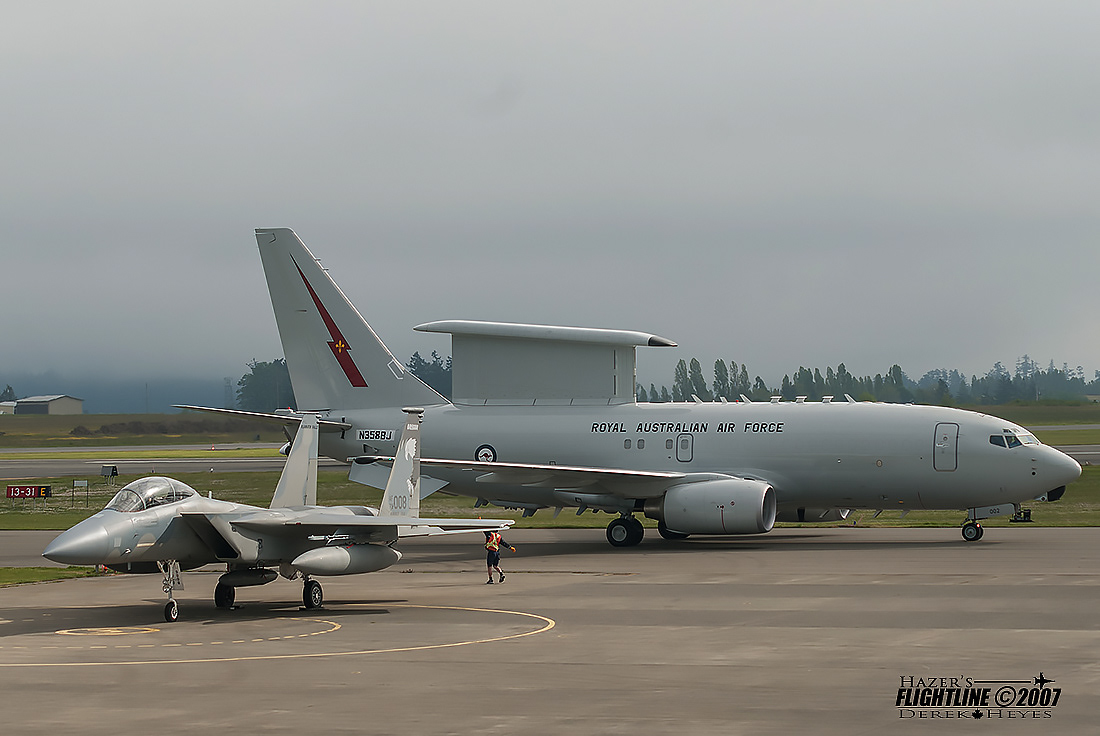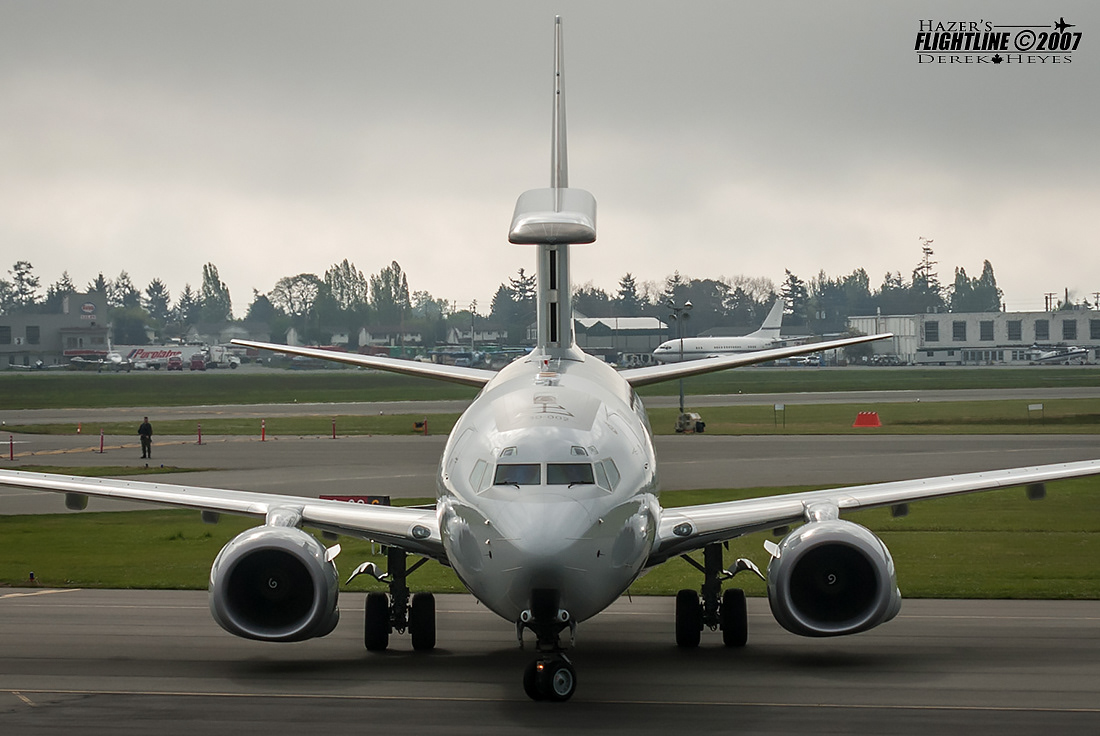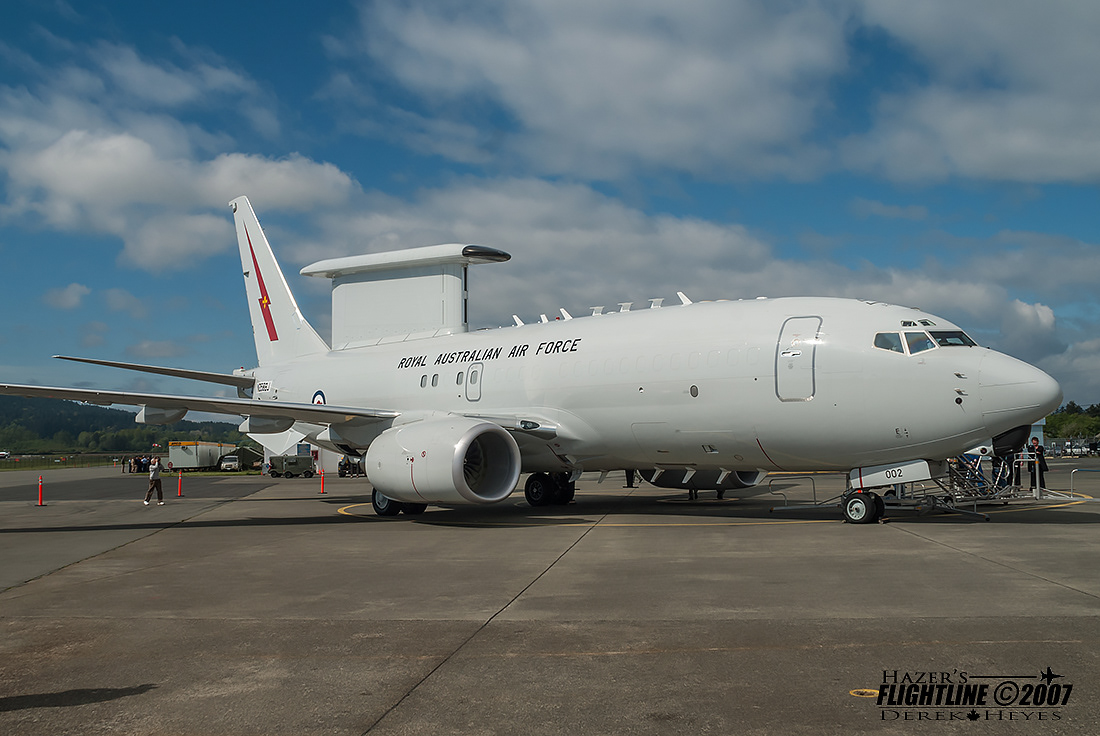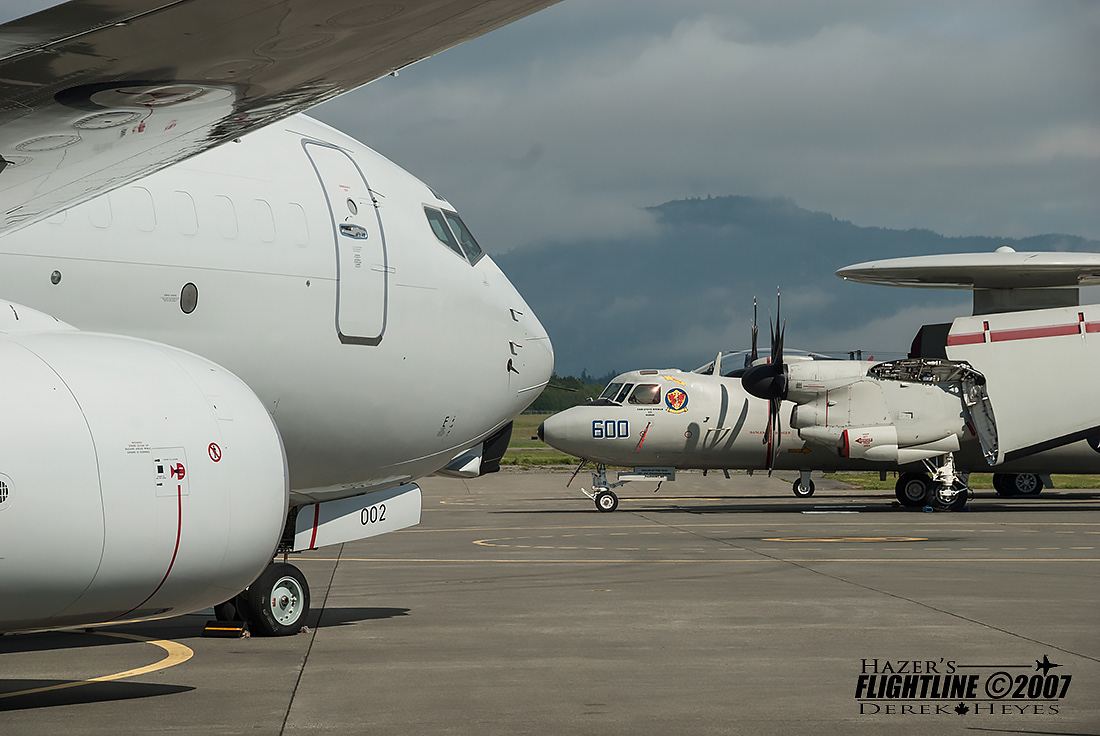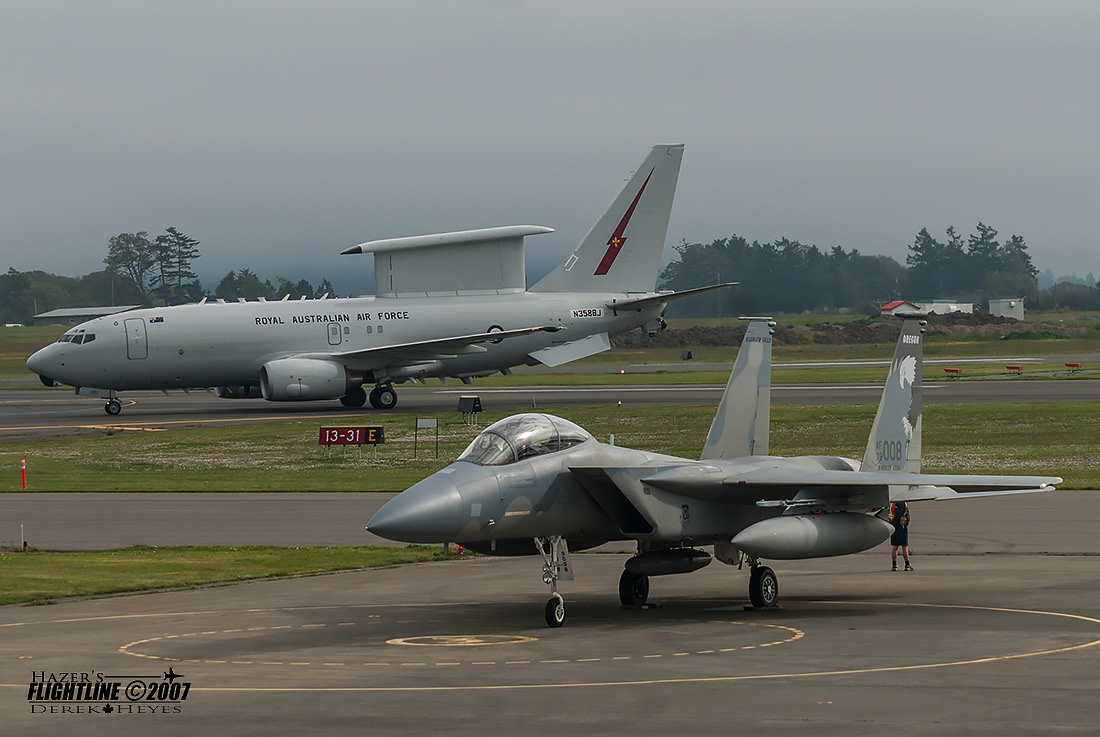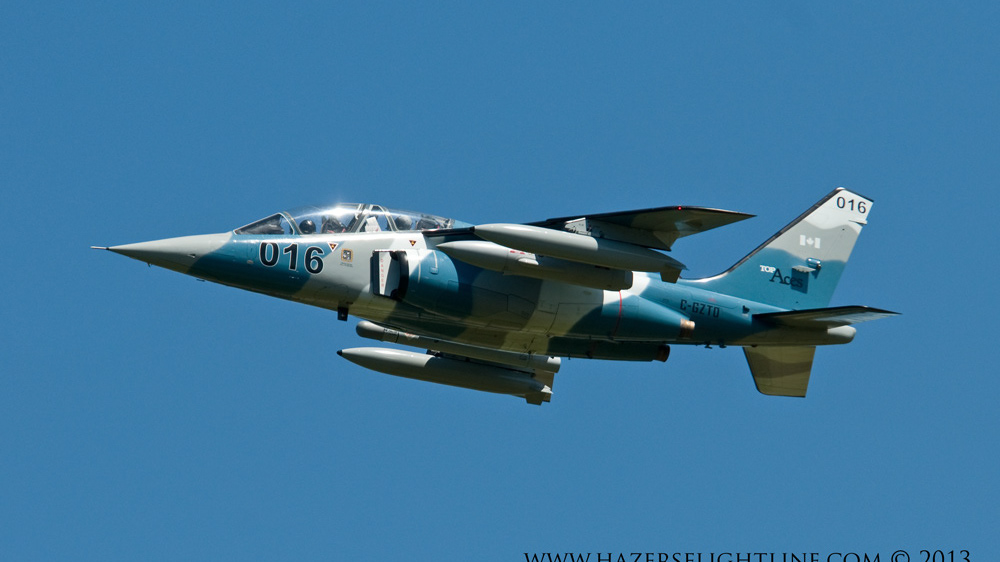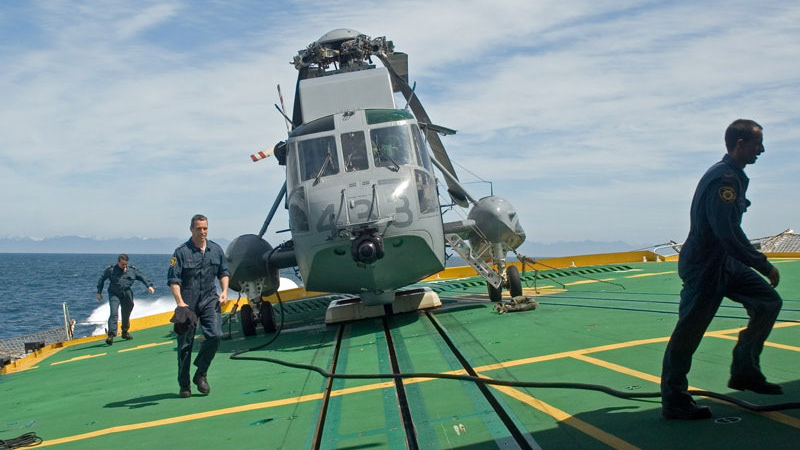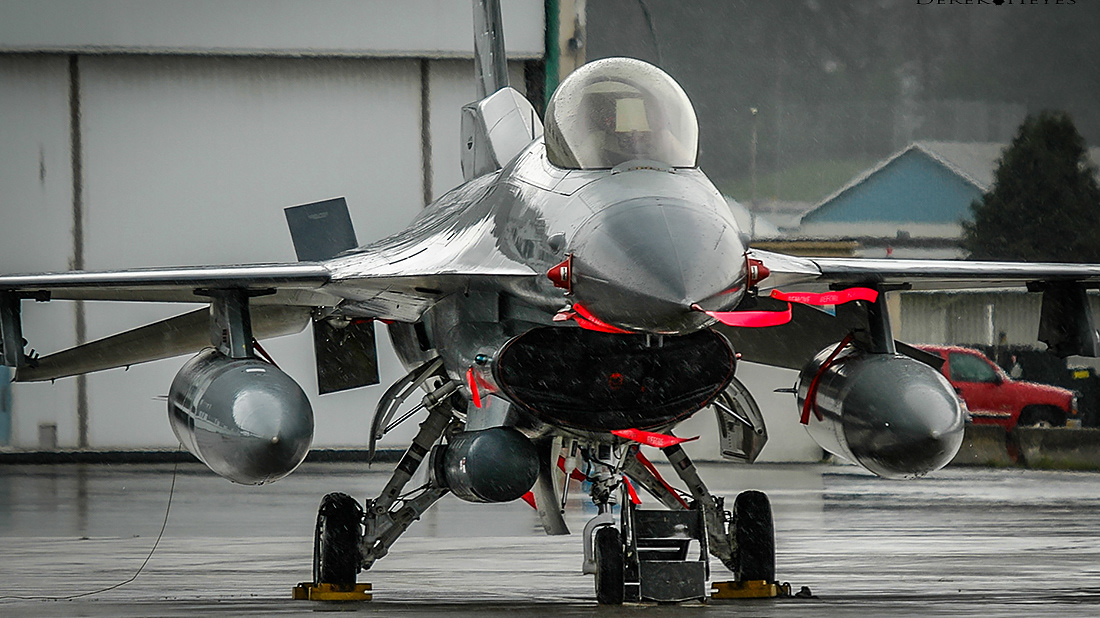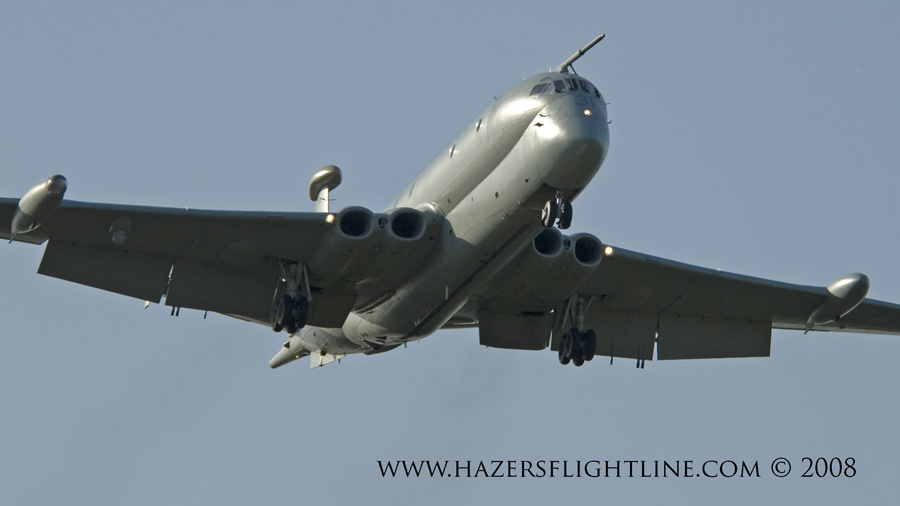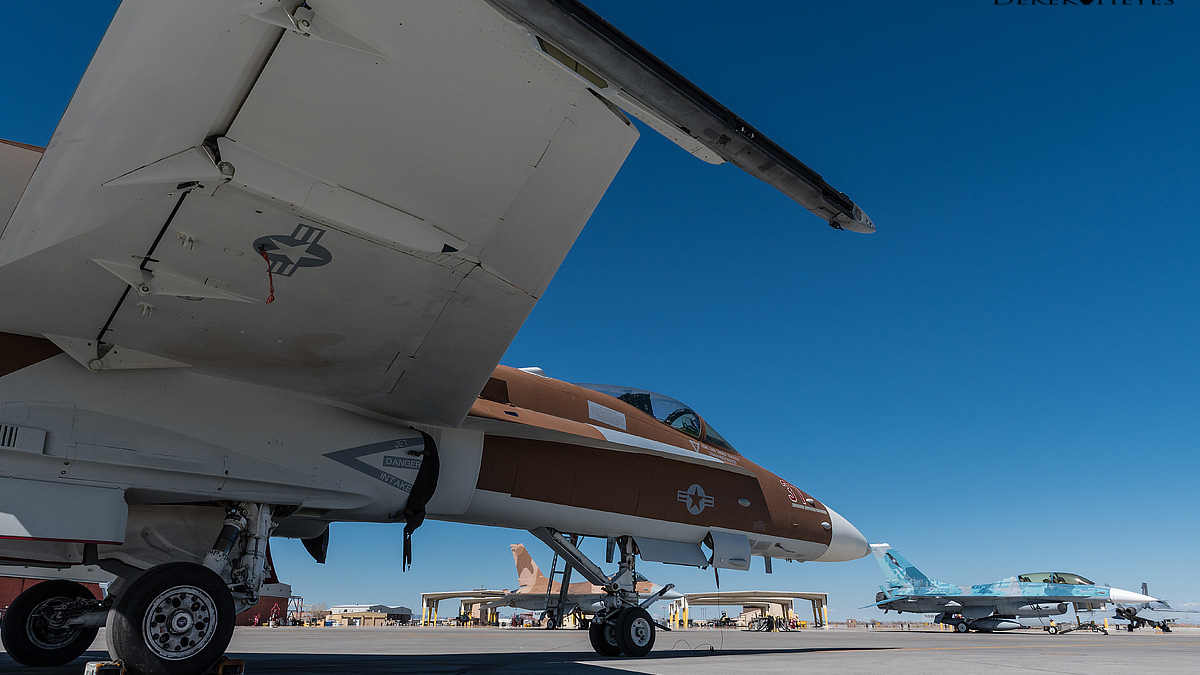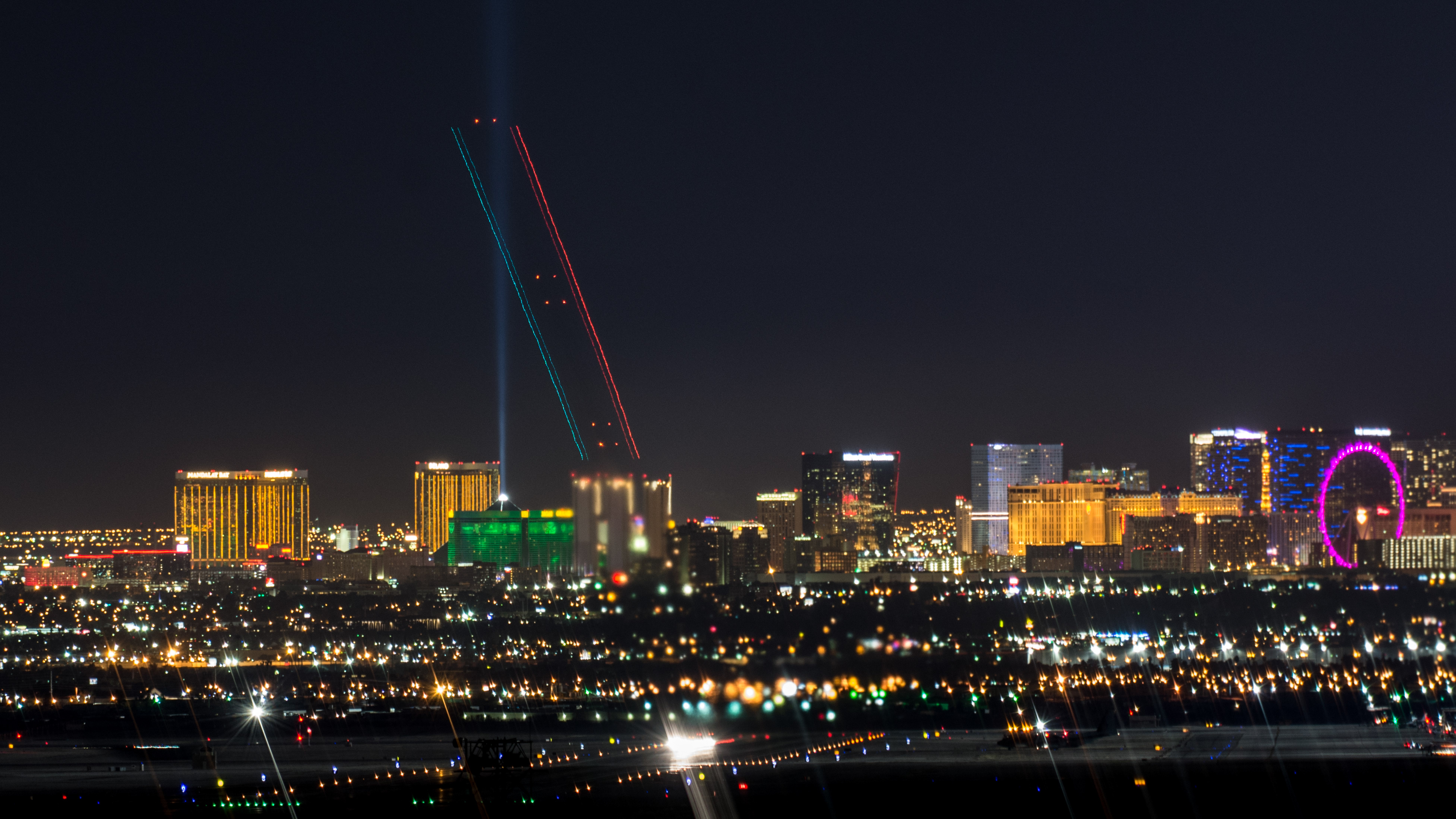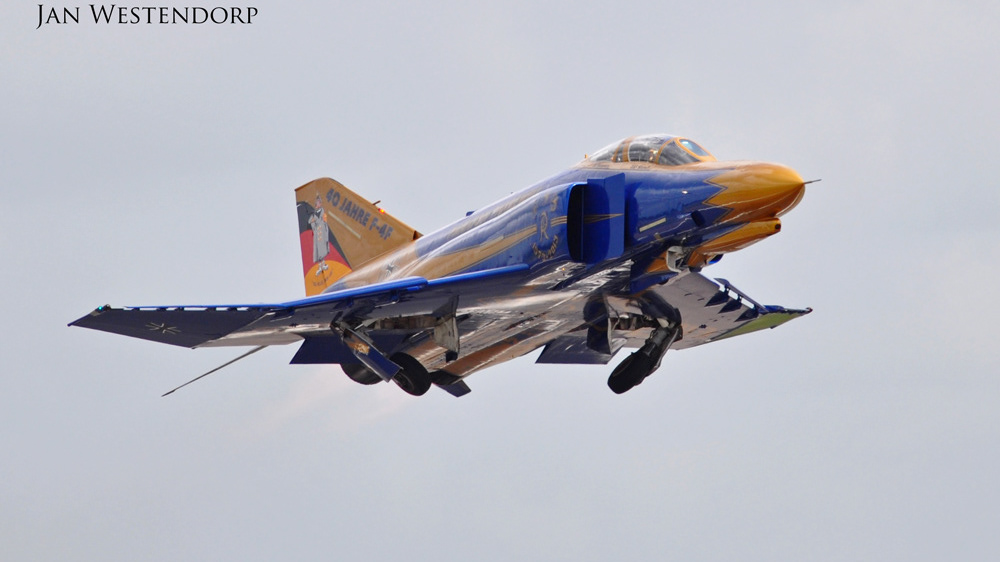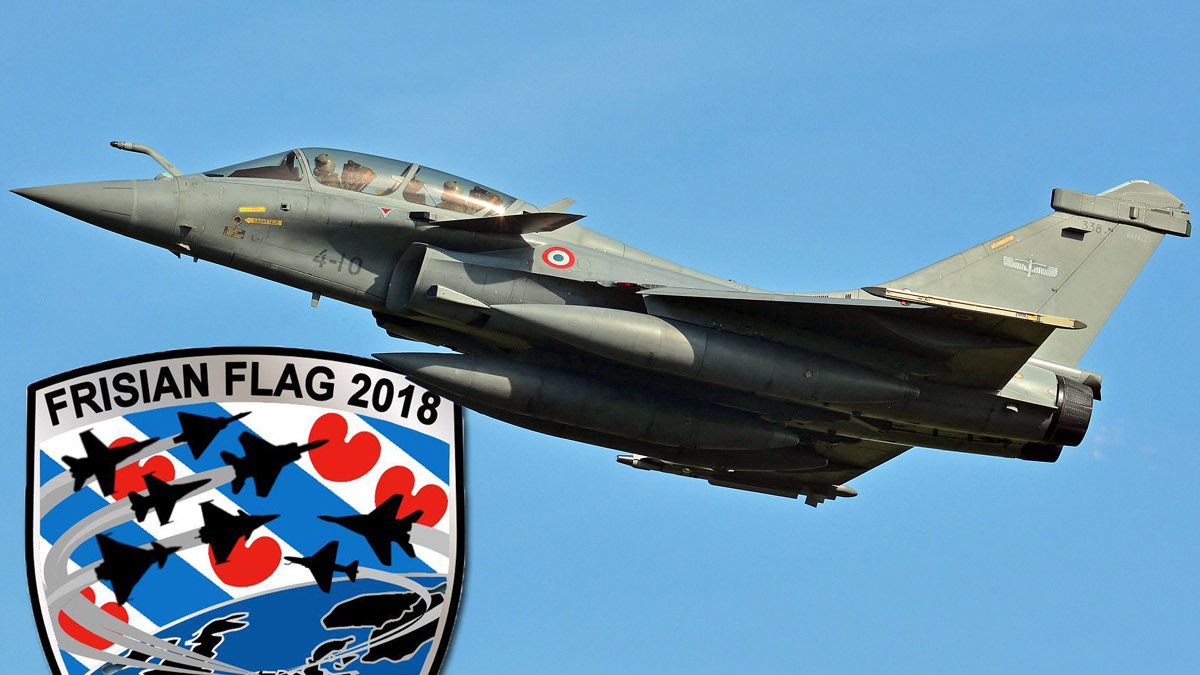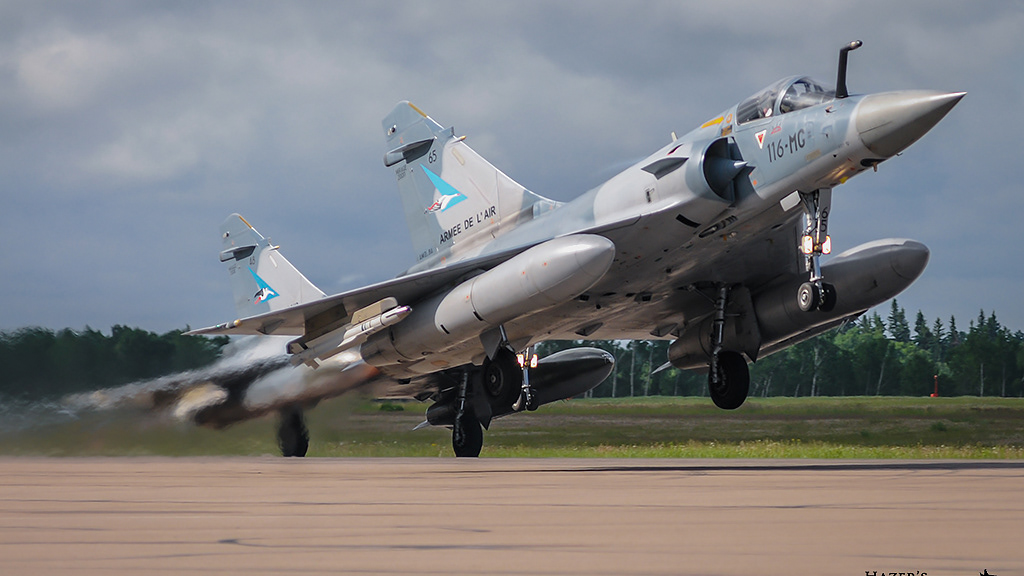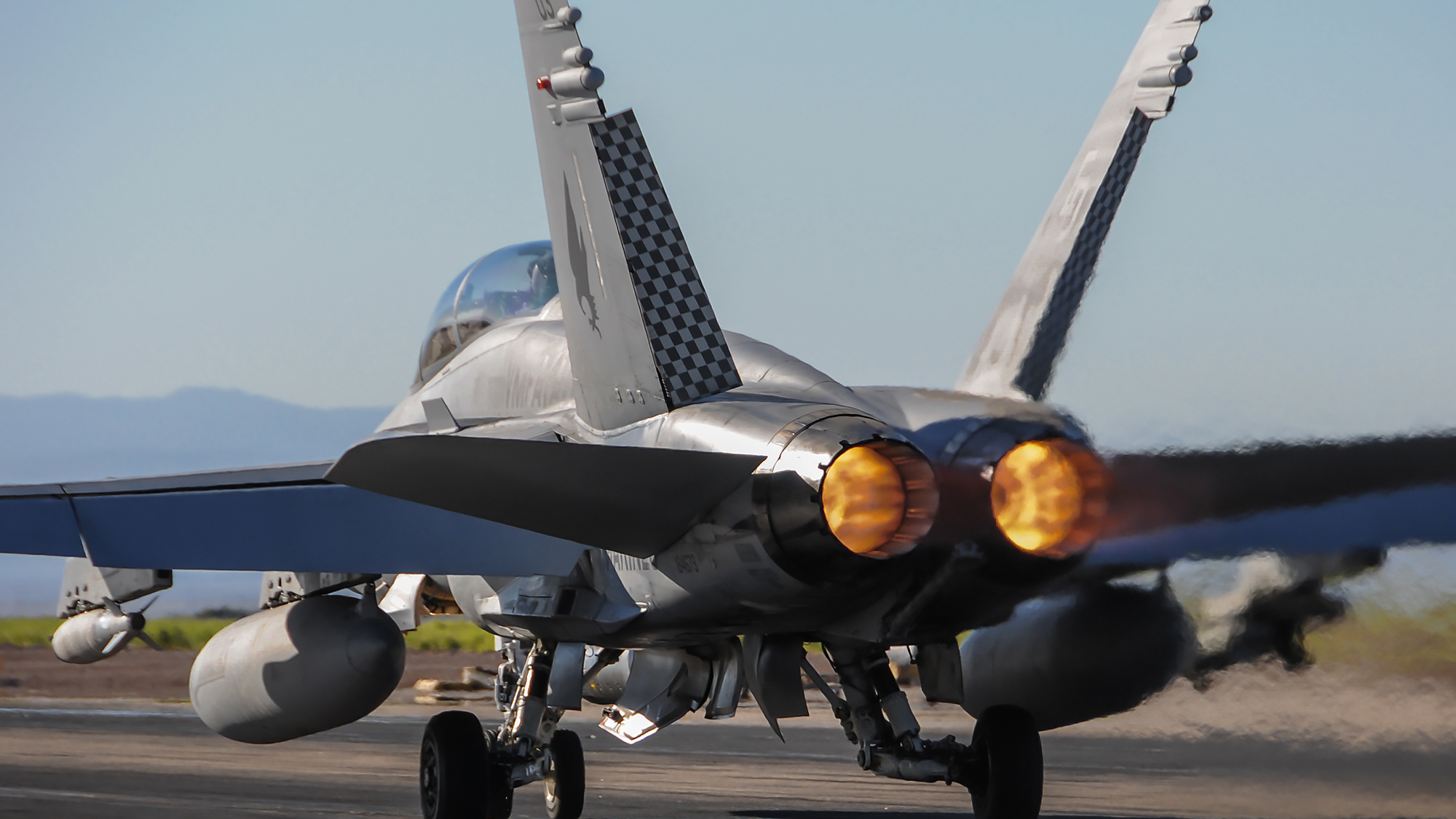TRIDENT FURY 2007-Maritime Forces Pacific (MARPAC) hosted Exercise Trident Fury from May 7th to 18th, attracting over 2,000 participants and more than $1 million in economic benefits for the communities of Vancouver Island. Exercise Trident Fury involved ships, aircraft, and a limited number of ground units participating in a full spectrum of warfare training with emphasis on air defence and anti-submarine warfare events. A variety of live surface and air weapons firings were also accomplished.
The exercise assembled a diverse group of exercise participants, including four Canadian Pacific Fleet warships (HMC Ships Algonquin, Regina, Ottawa and Saskatoon), three United States Navy vessels and a United States Coast Guard vessel. Approximately 40 aircraft from the Canadian and United States Air Forces, the United States Navy, and State Air National Guards also participated, operating from Victoria International Airport, 19 Wing Comox and the continental United States.
This exercise allowed the Canadian Forces personnel to develop skills and expertise that can be deployed anywhere in the world, while allowing the Navy to support Canadian sovereignty at home or abroad. “Exercise Trident Fury provides an excellent training opportunity for the Canadian Forces,” said Commodore Bruce Donaldson, Commander of the Canadian Pacific Fleet. “This exercise is designed to hone operator and team skills, to validate tactics, and to enhance Canada – United States interoperability in today’s complex, multi-threat environment.”
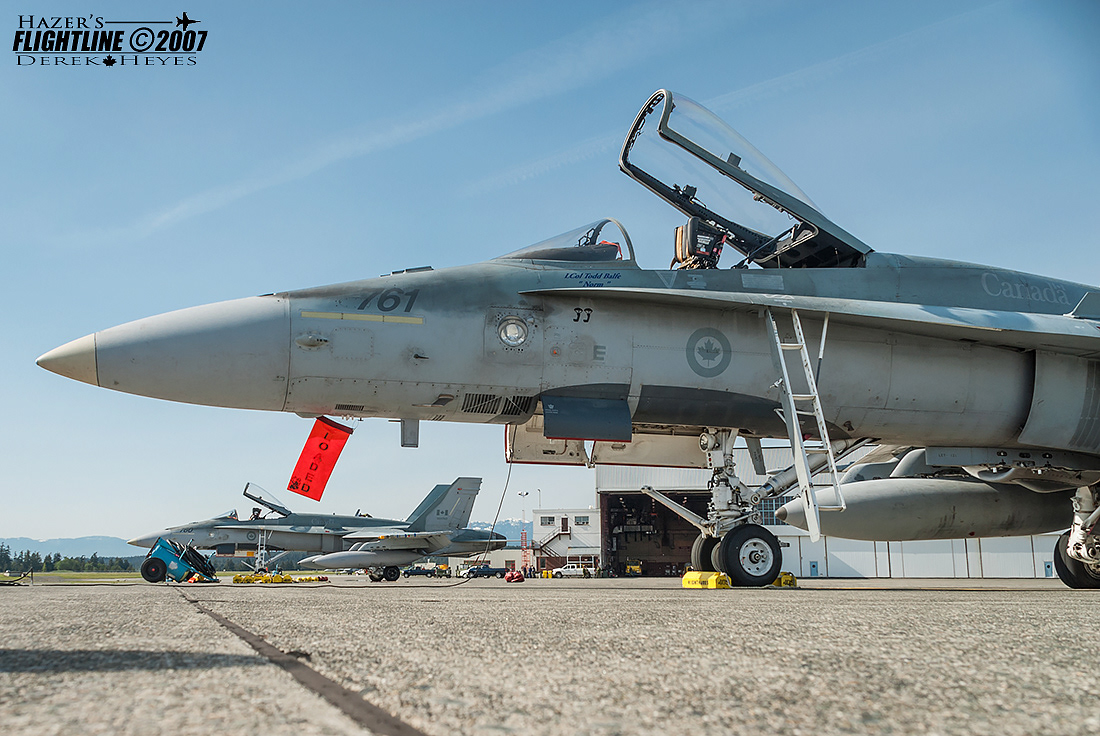

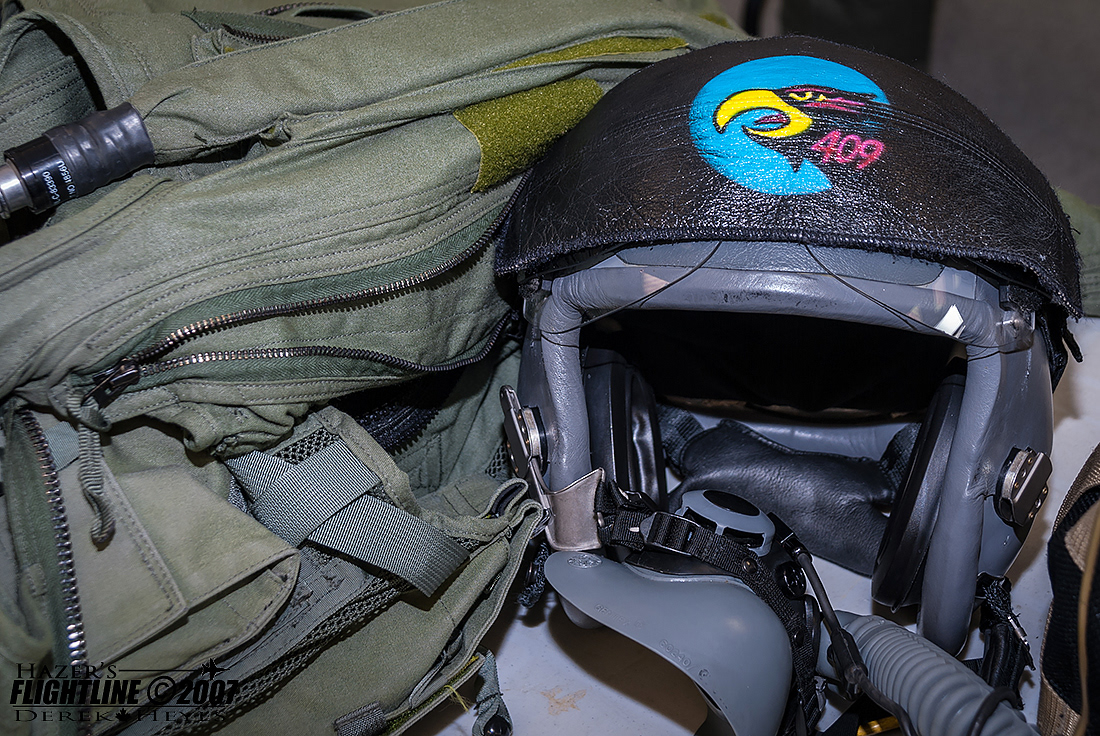
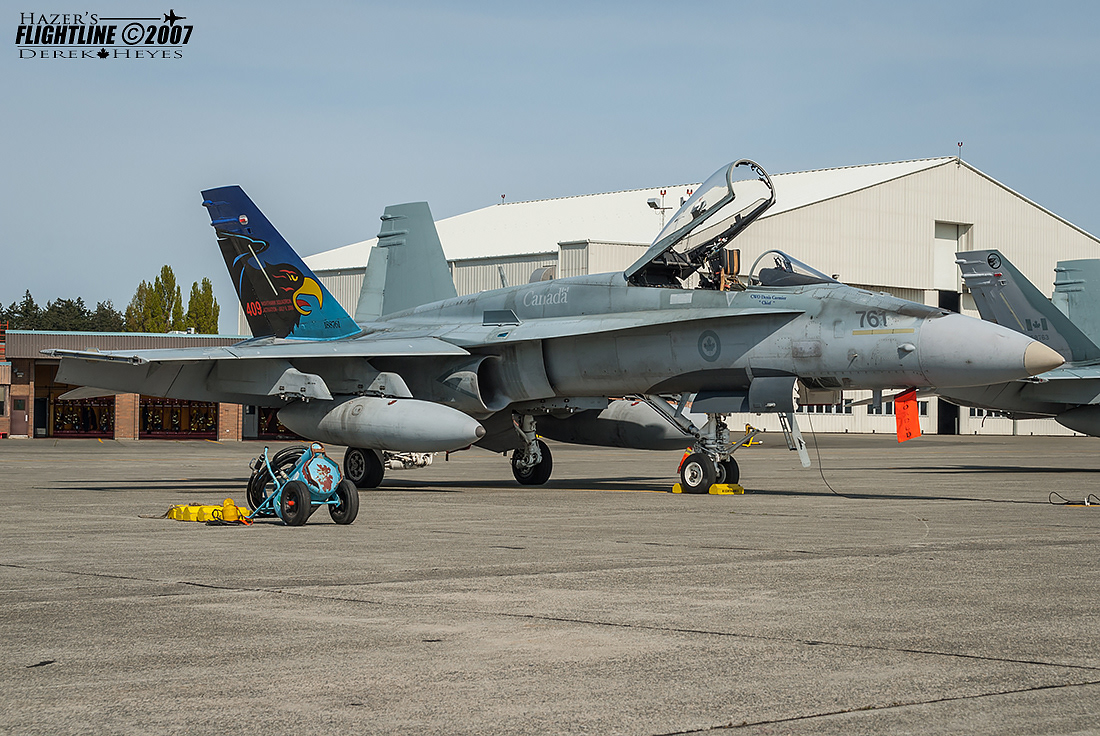
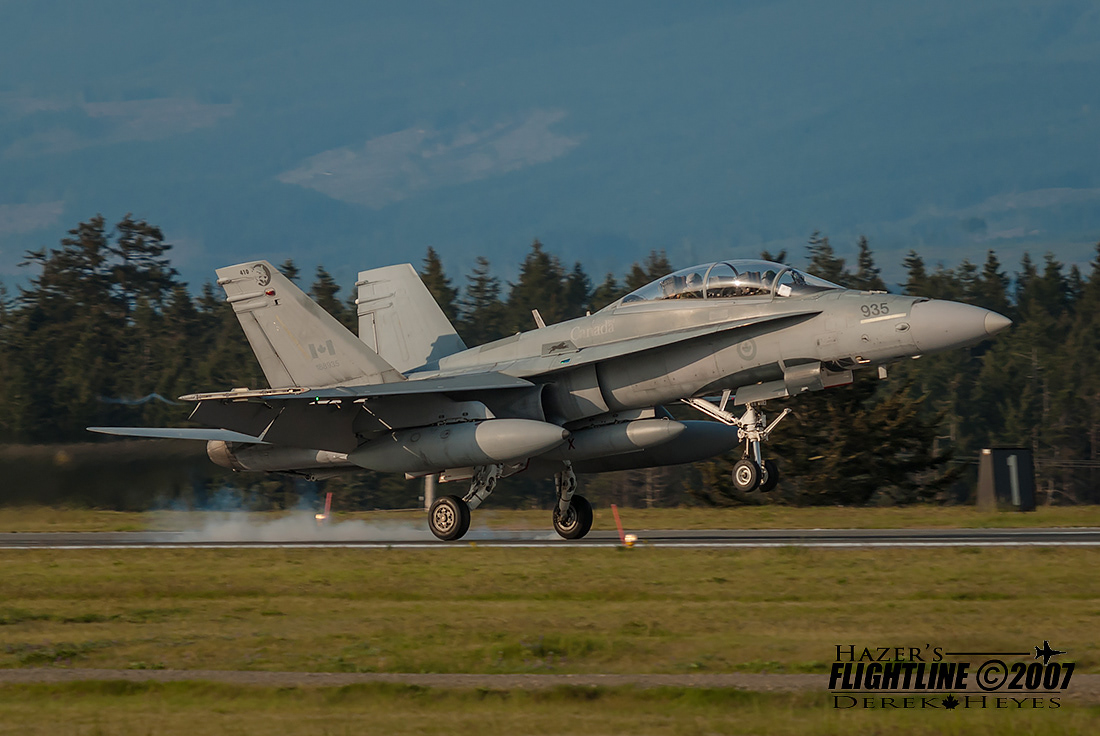


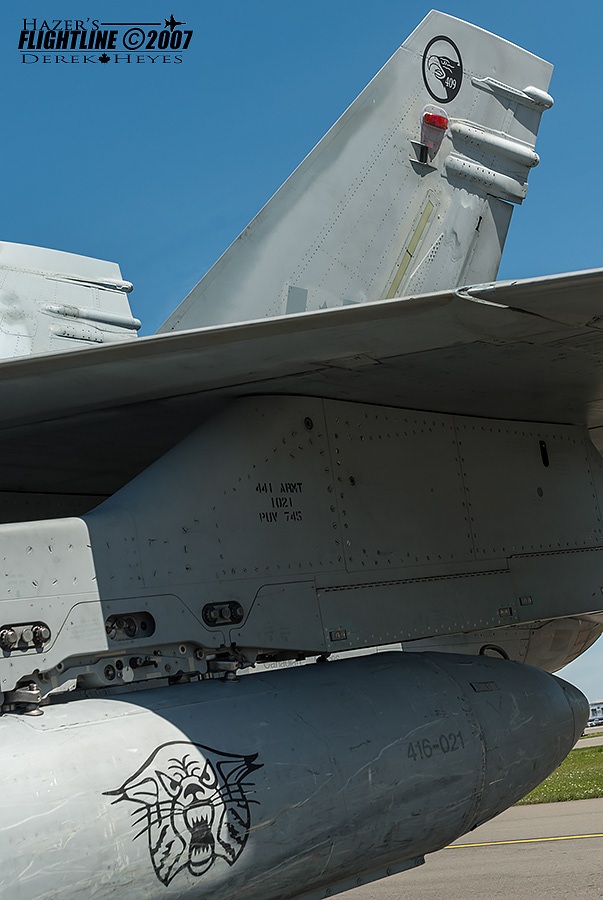
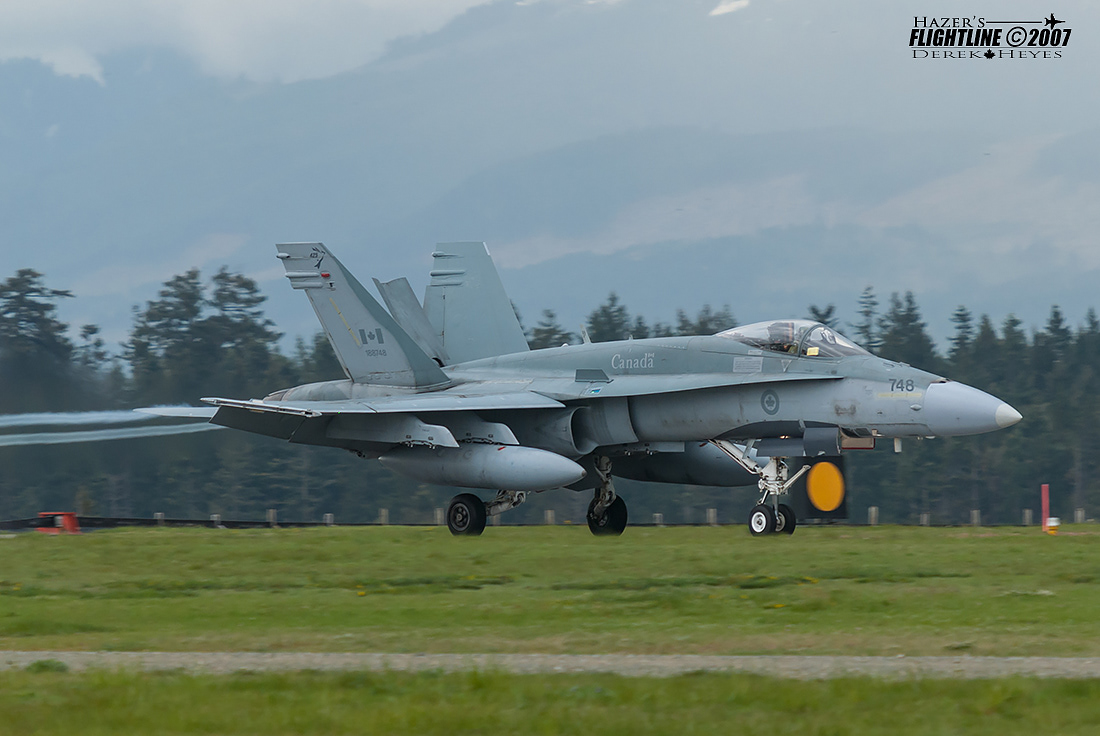
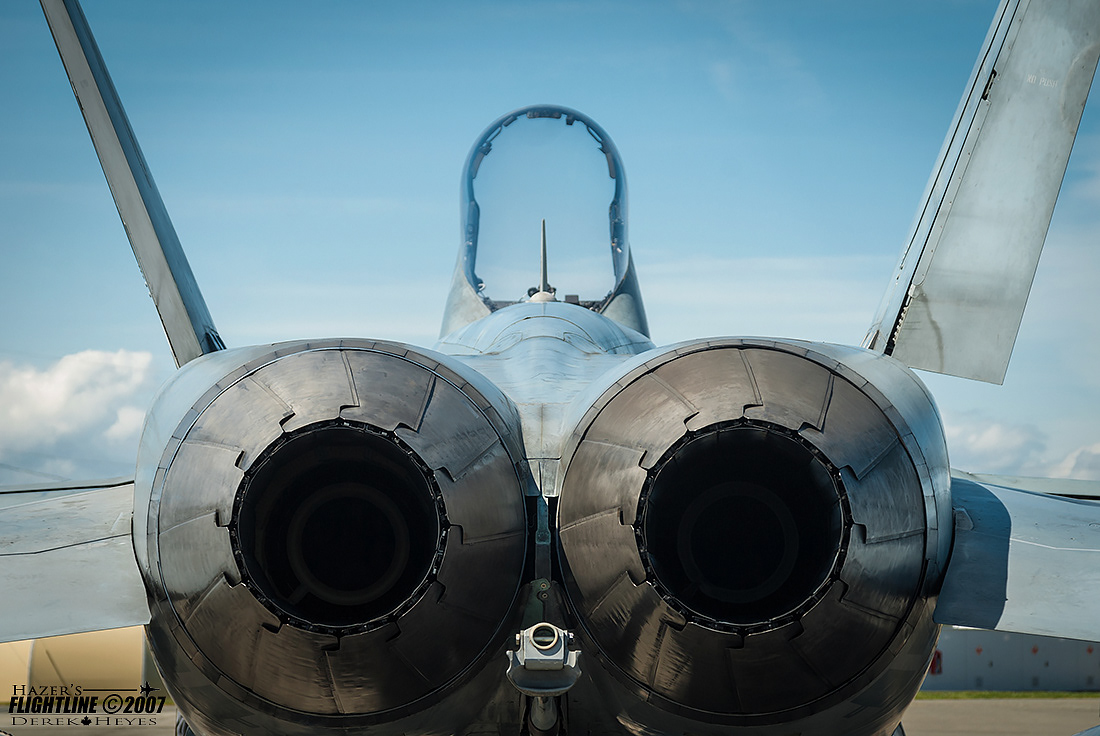
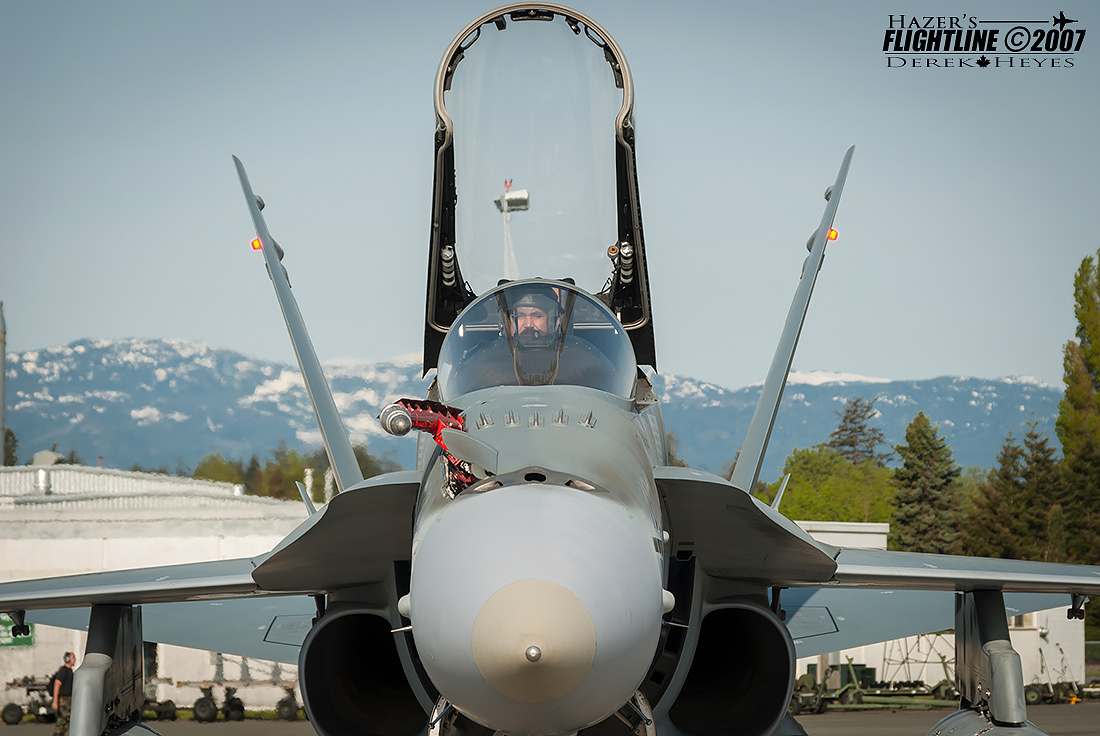

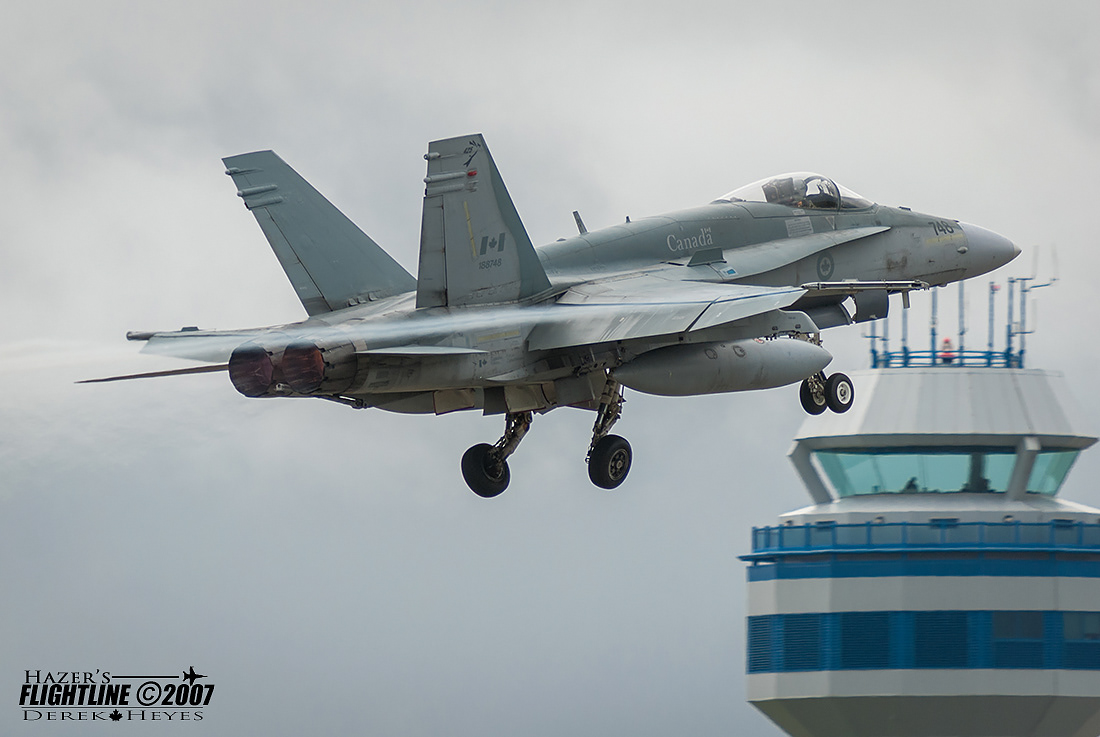
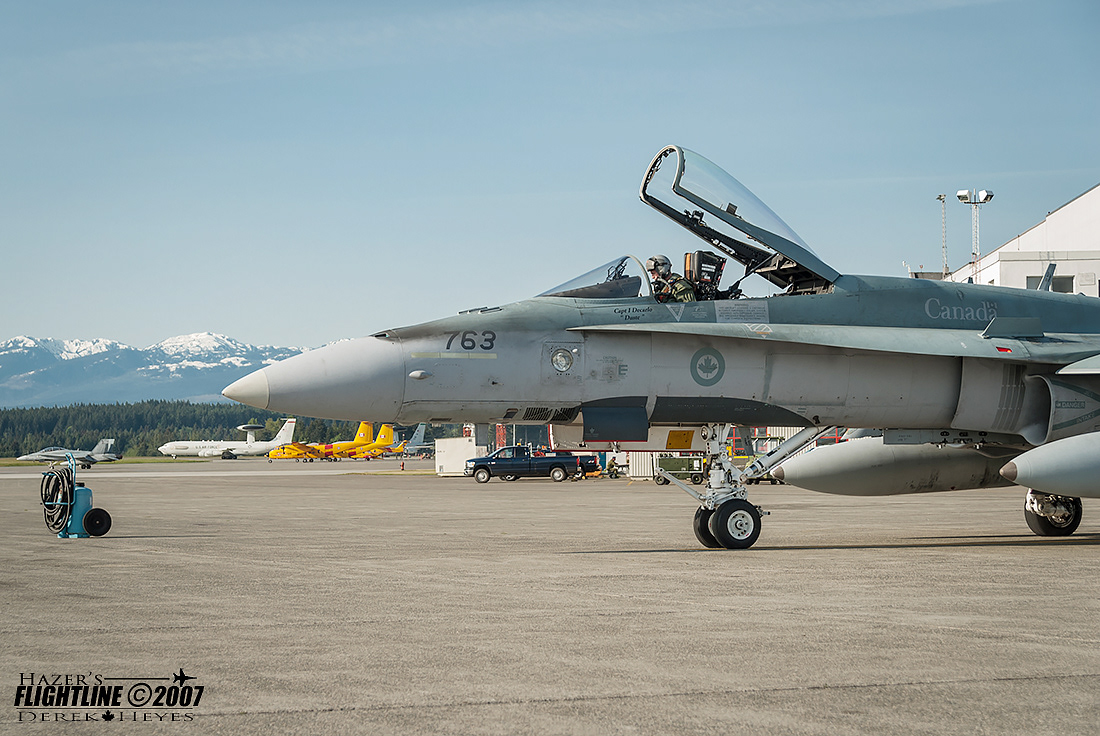
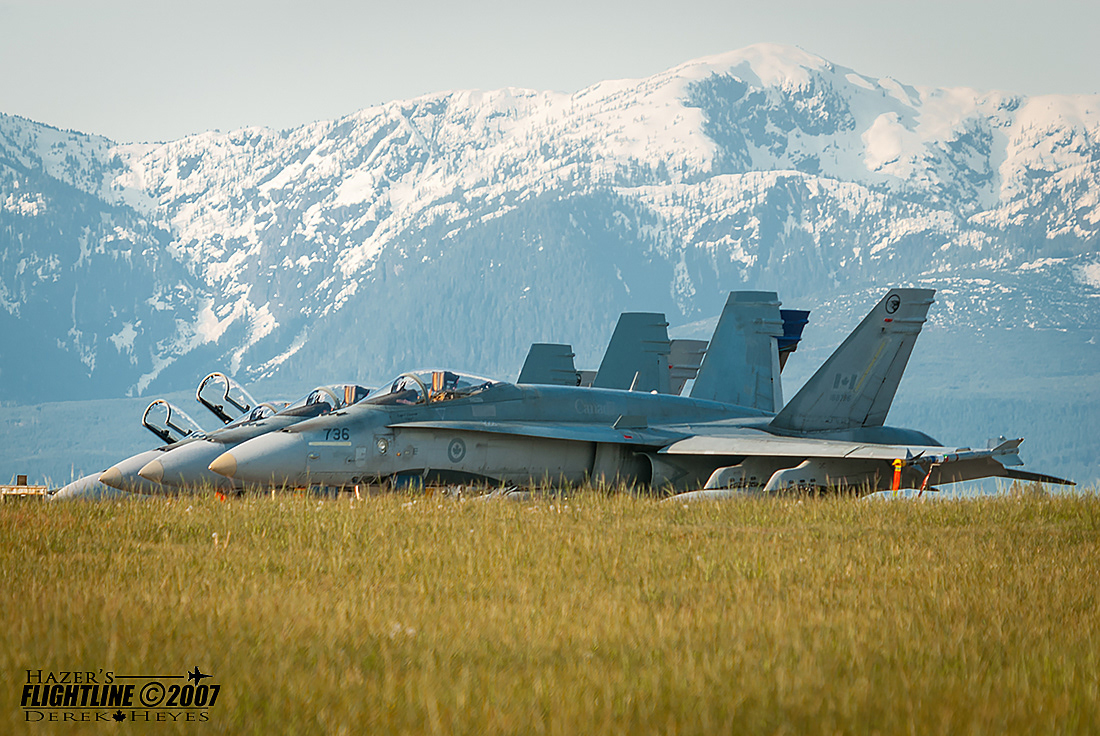
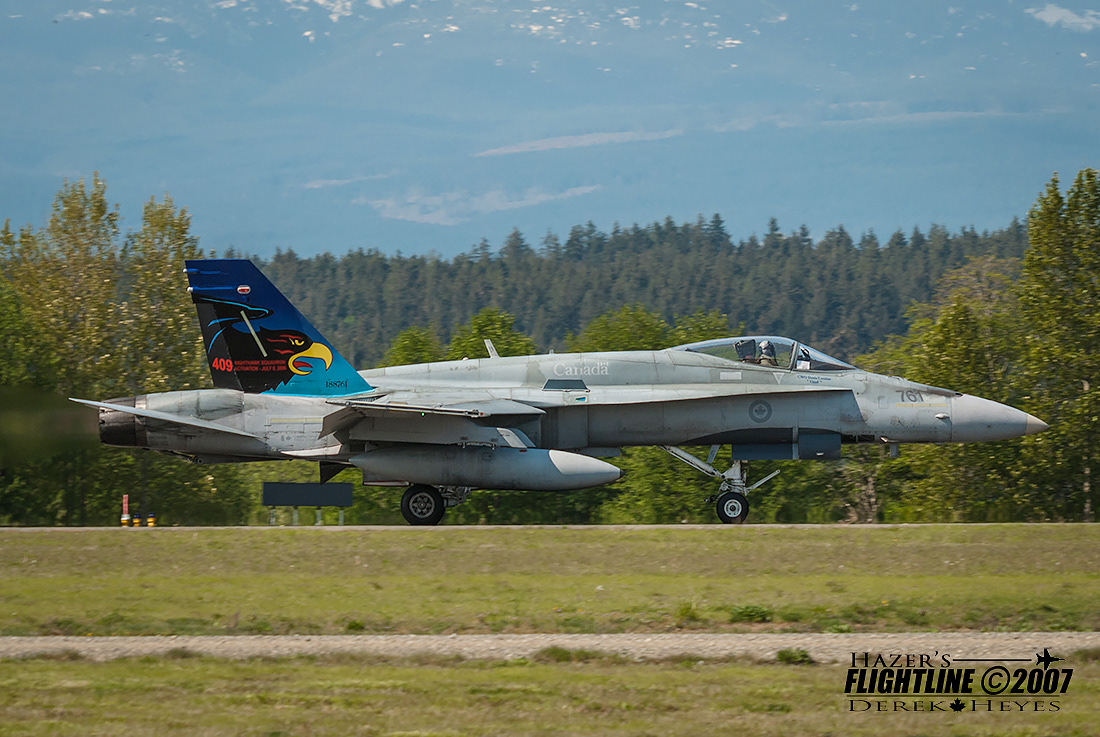
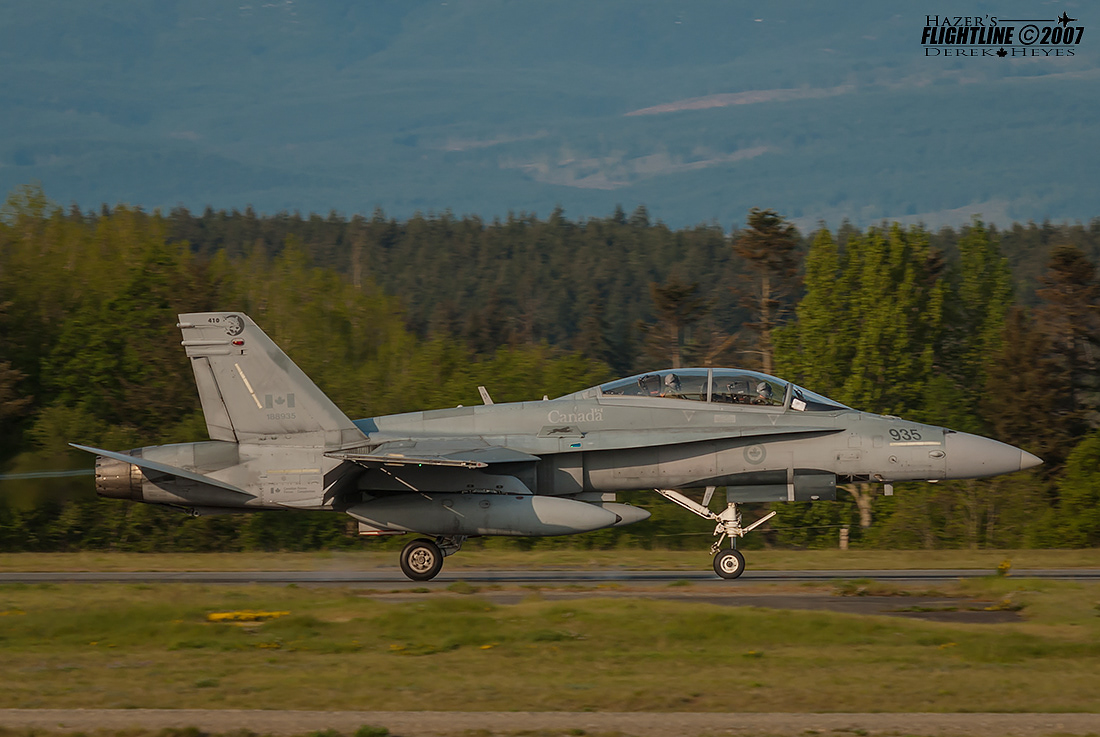
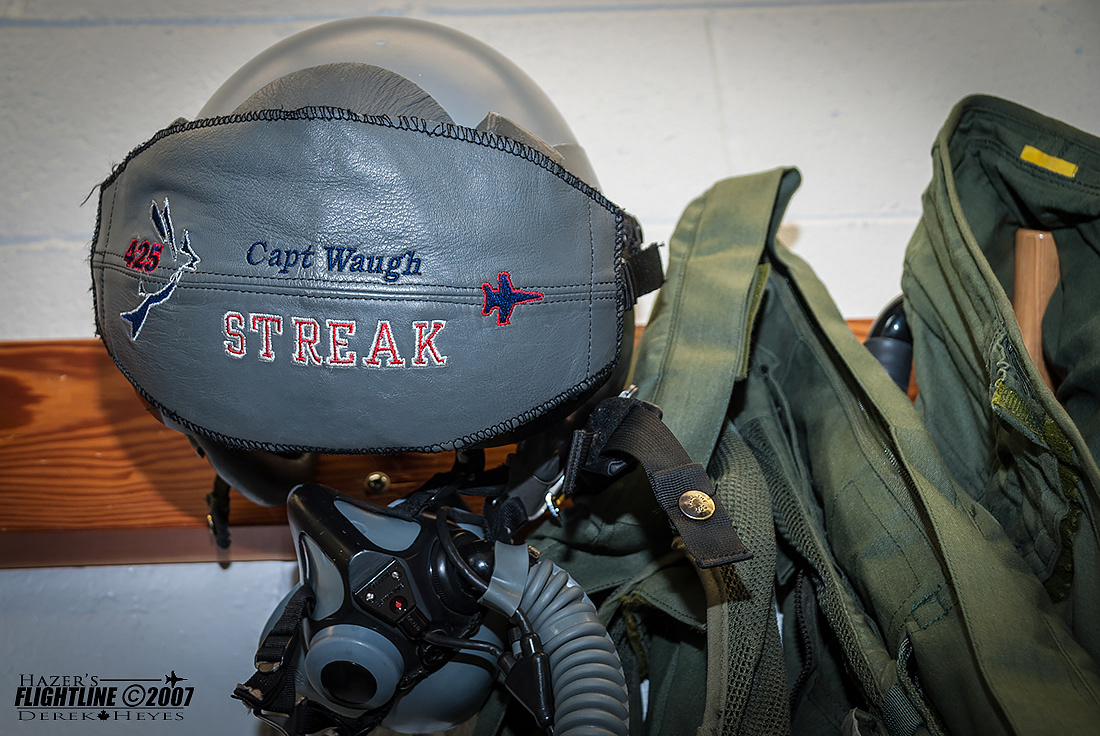
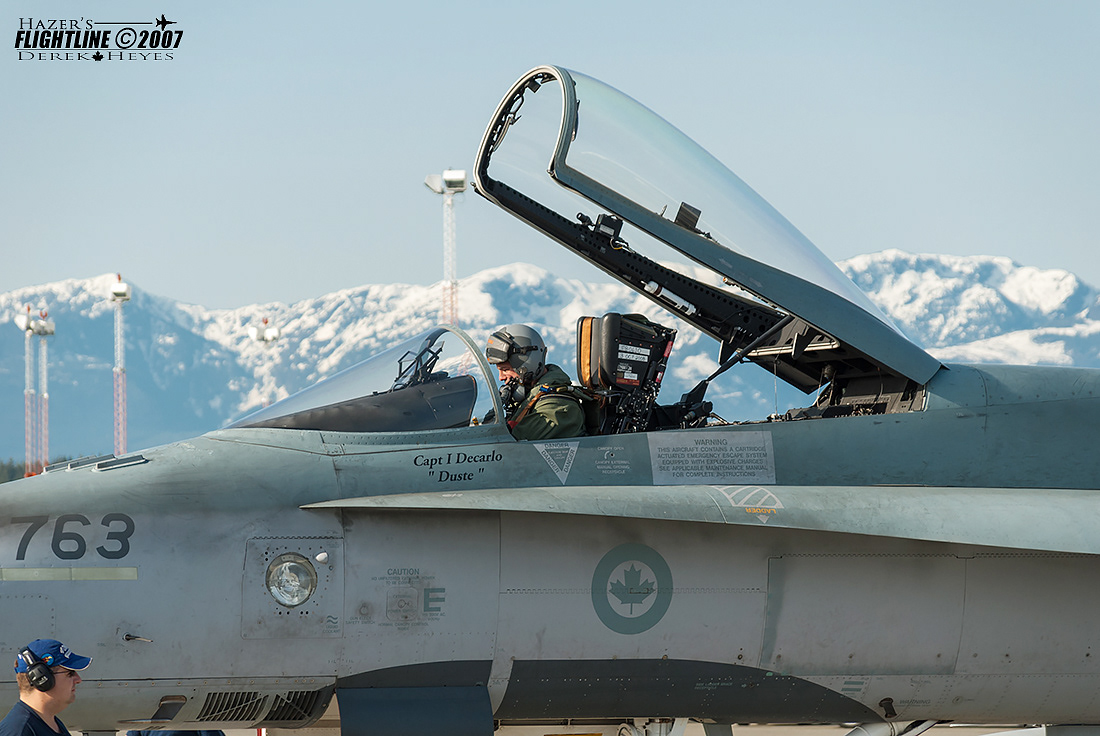



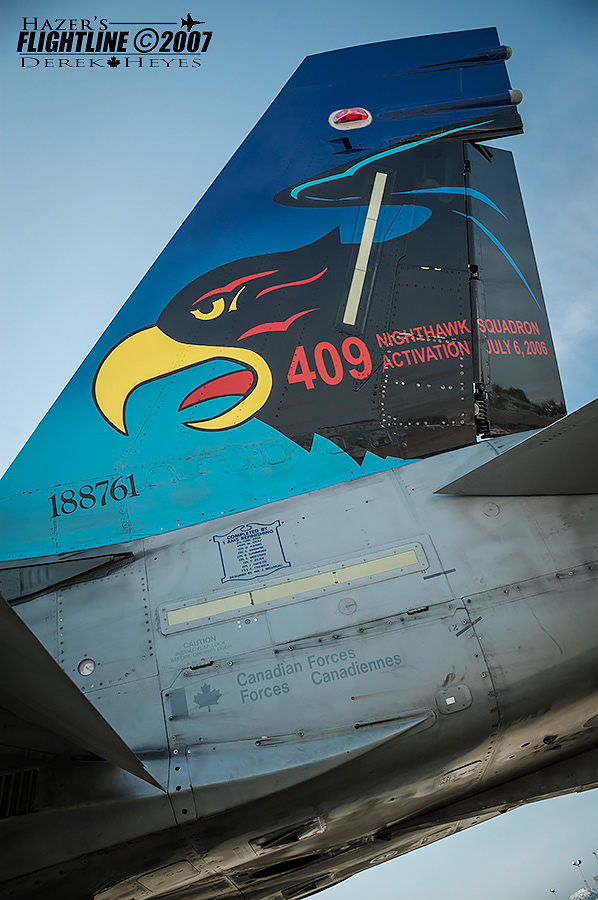

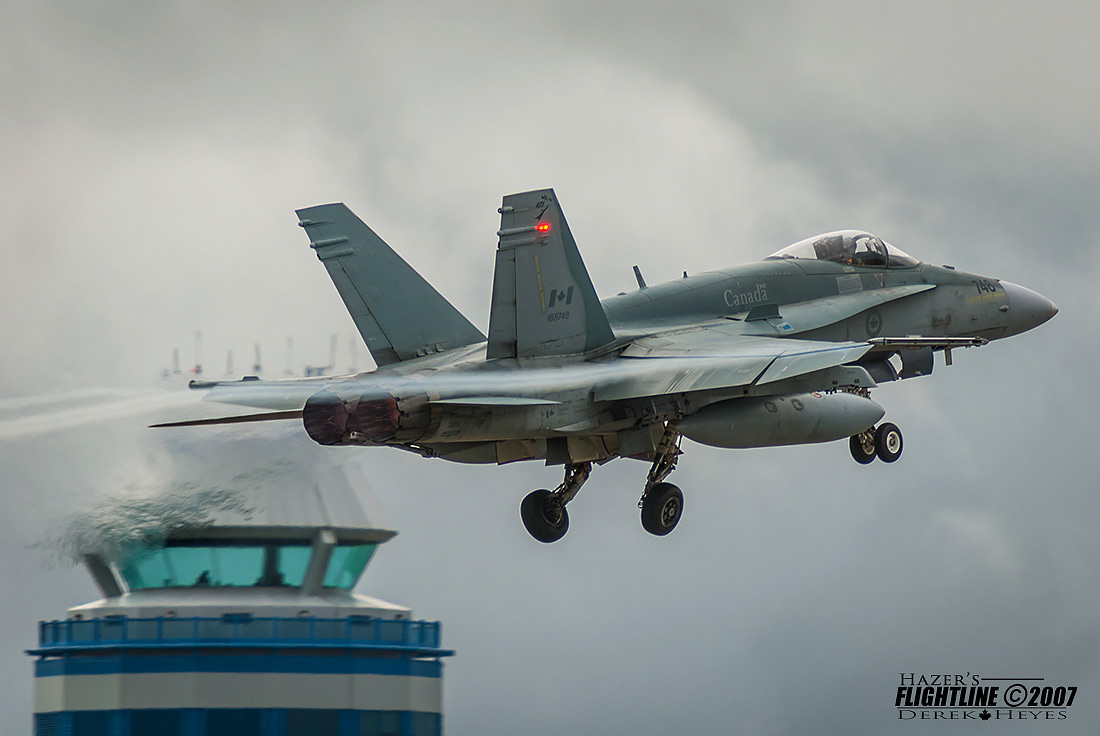
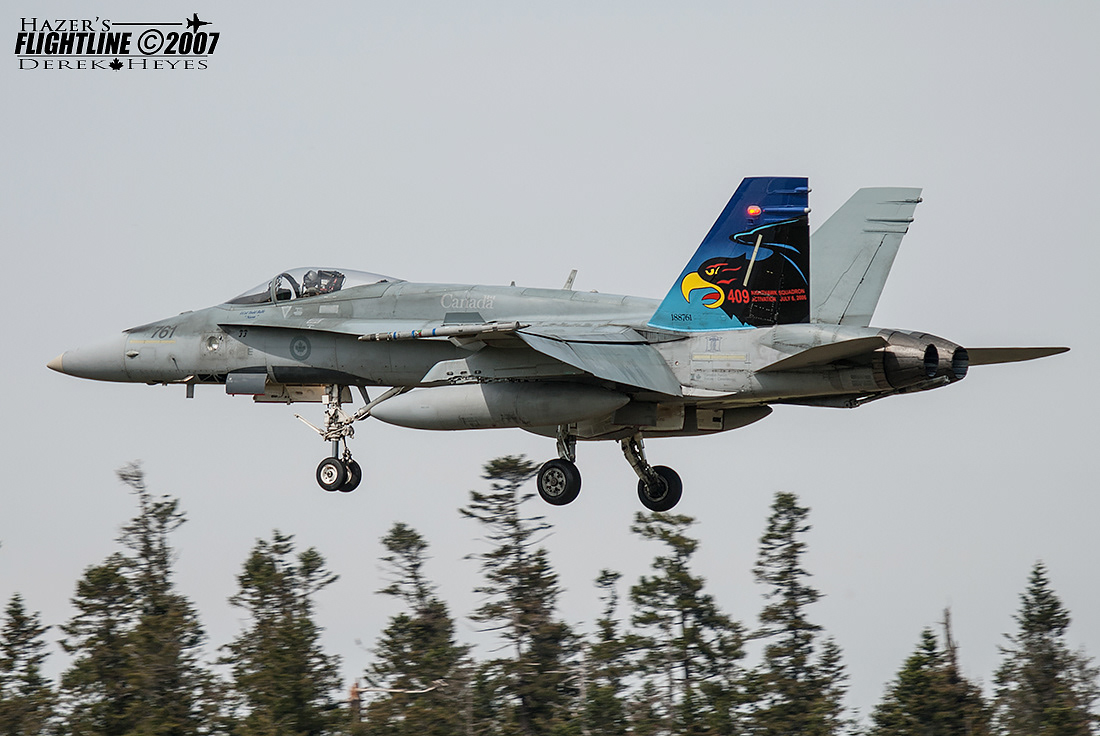
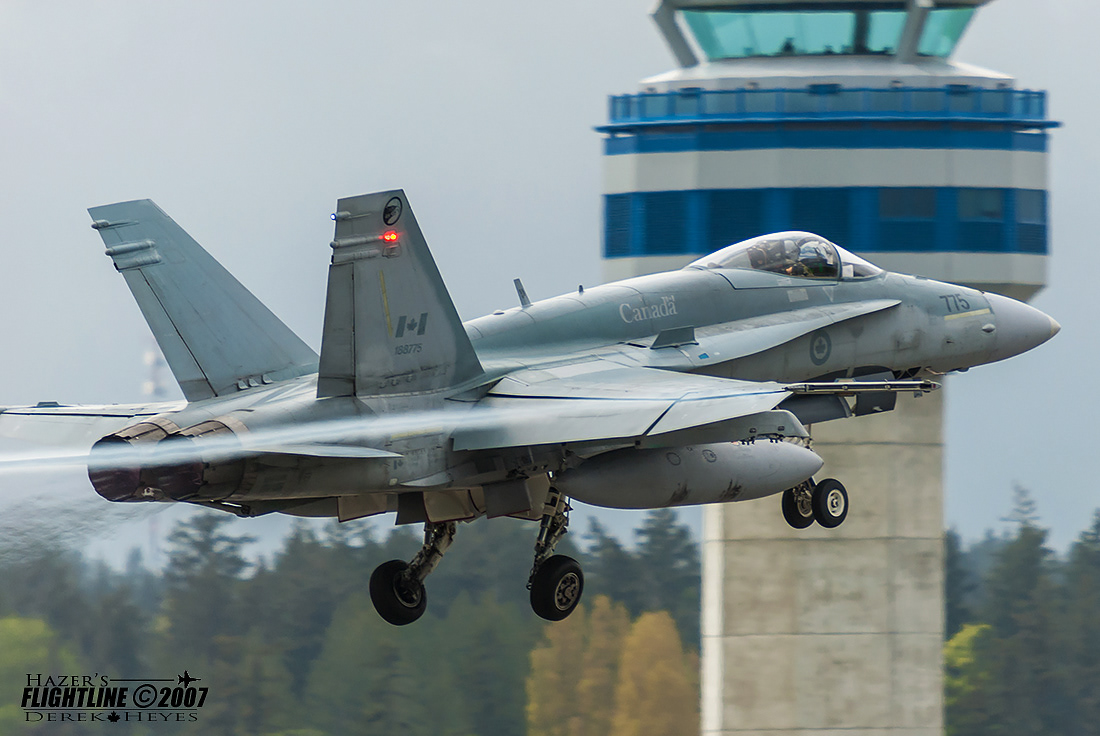
This exercise allowed the Canadian Forces personnel to develop skills and expertise that can be deployed anywhere in the world, while allowing the Navy to support Canadian sovereignty at home or abroad. “Exercise Trident Fury provides an excellent training opportunity for the Canadian Forces,” said Commodore Bruce Donaldson, Commander of the Canadian Pacific Fleet. “This exercise is designed to hone operator and team skills, to validate tactics, and to enhance Canada – United States interoperability in today’s complex, multi-threat environment.”
Aircraft operated out of Victoria International Airport flying two separate two-hour missions each day. “We recognize that our airport plays a key role in the national security of our country. We are pleased to support the Trident Fury exercise,” said Richard Paquette, President and CEO of the Victoria Airport Authority". These included the S-3B Viking of VS-22 "CHECKMATES" from NAS Jacksonville, Forida and E-2C Hawkeye's of VAW-121 Blue Tails from NAS Norfolk, Virginia

The highlight of the exercise was the SINKEX involving an out of commission Canadian warship. The HMCS Huron would be used for target pracitce by the participants, on the surface and in the air. The Huron turned out to be easier to sink as the CF-18's were not able to drop their practice bombs and the USS "Submarine" was not able to take the last shot at the warship. The Huron sunk after the first round of smaller munitions fire from the naval fleet. The Canadian fighter pilots were able to take in some strafing passes using their 20mm cannon. These final shots were actually done while the ship was in the process of sinking, the rounds struck the ship as the bow was postioned vertically sticking out of the sea, definetly a once in a lifetime experience.
One goal the Canadian Forces are in the process of attaining during this year is for all the pilots in the CF-18 community to fire a live air to air missile. Ten pilot's accomplished this objective during Trident Fury 2007. Firing eight radar guided AIM 7 Sparrow and two heat seeking AIM 9 Sidewinder's against remote drones inside the resticted military zone located over the Pacific Ocean.
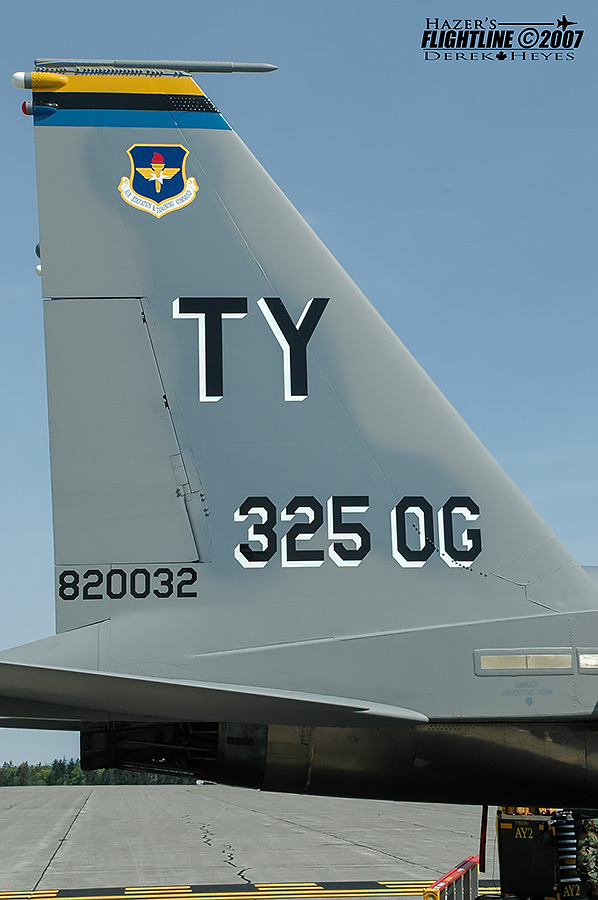
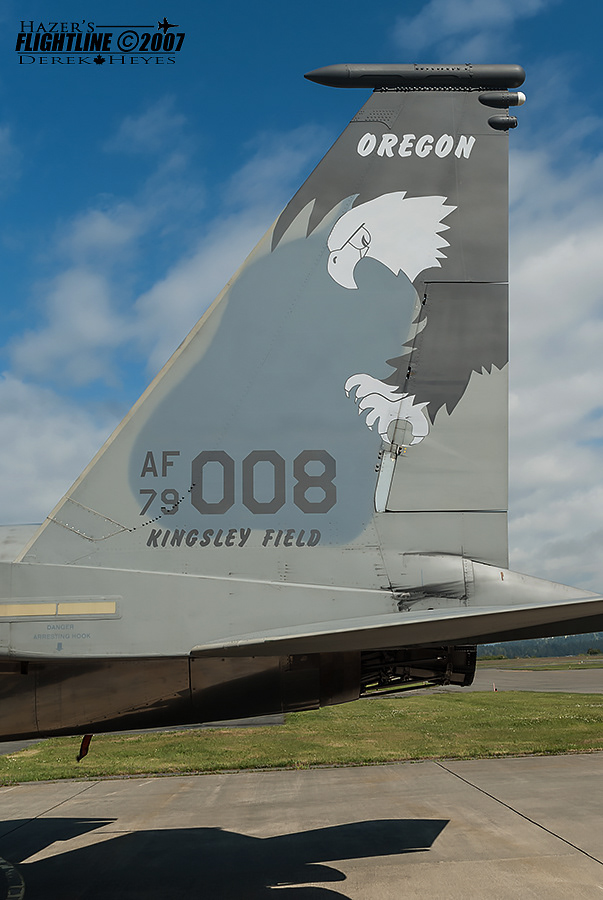
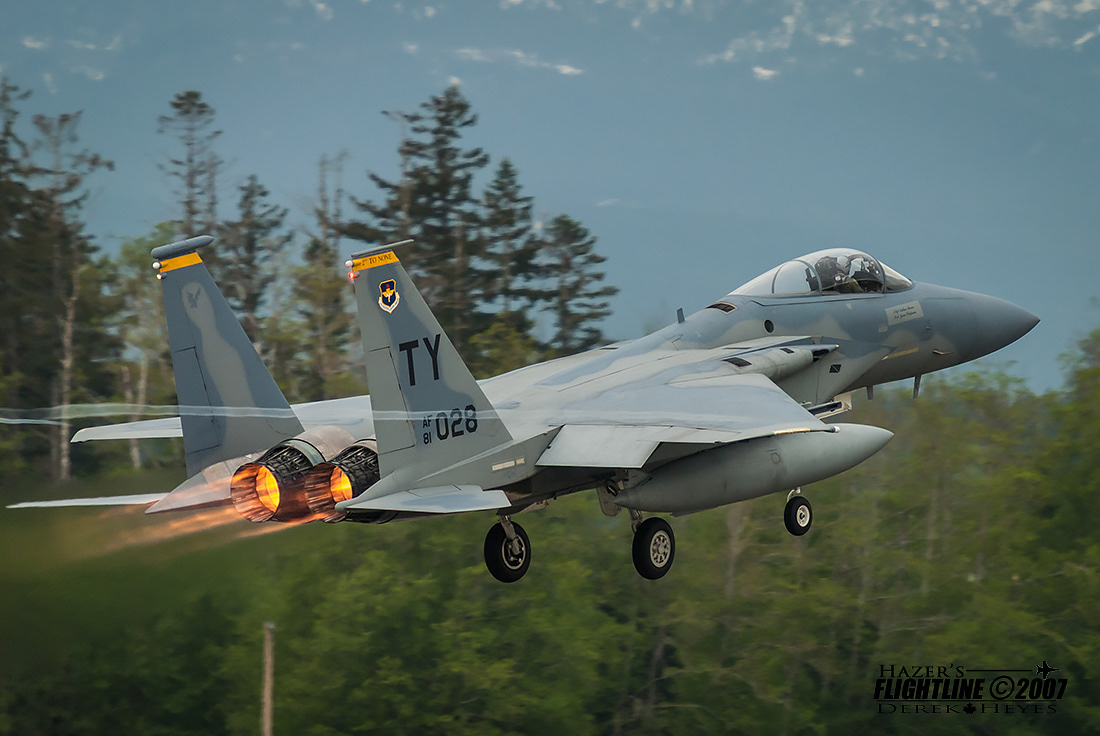
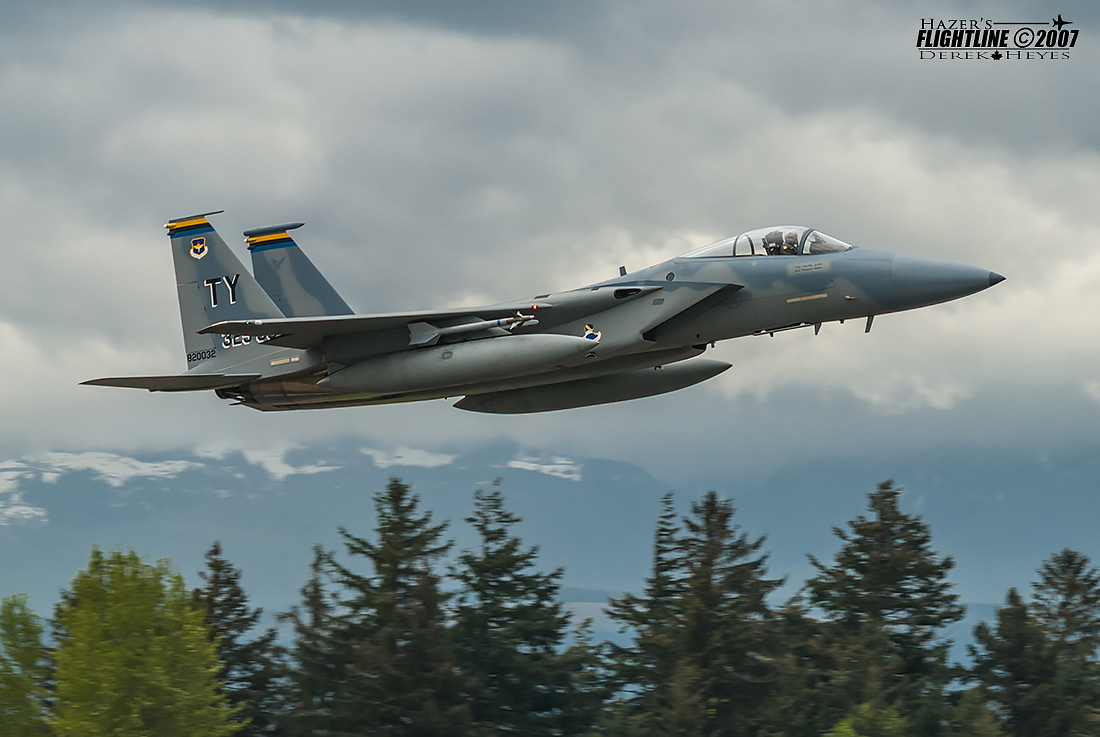
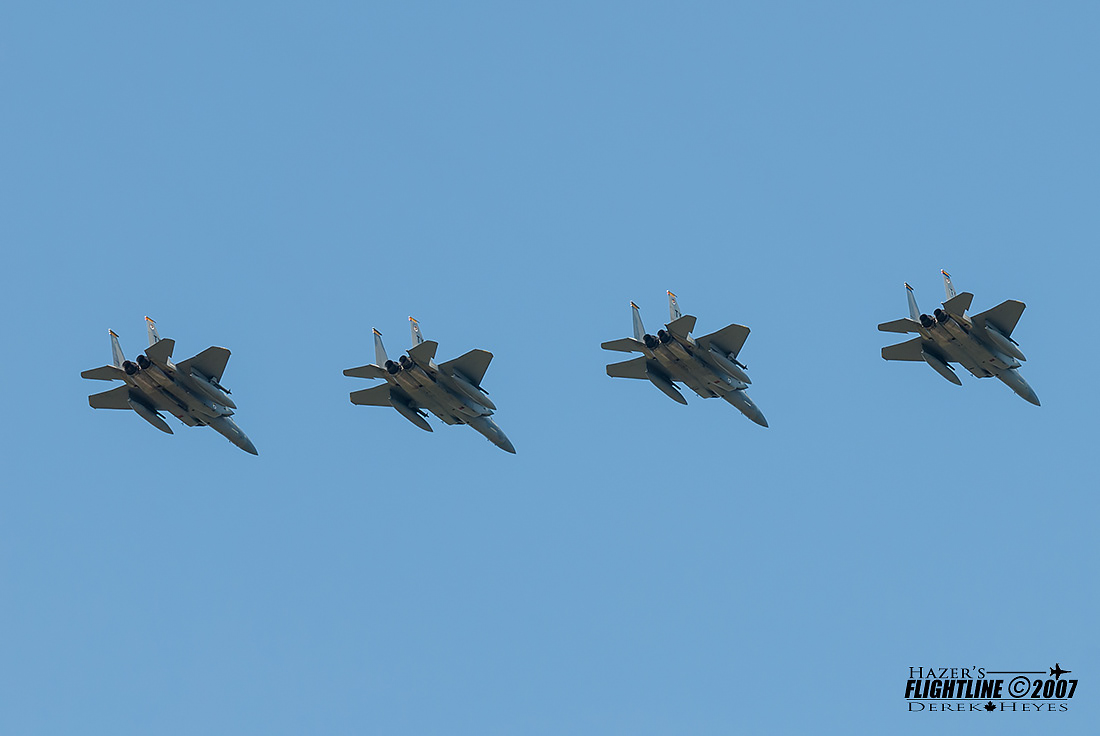
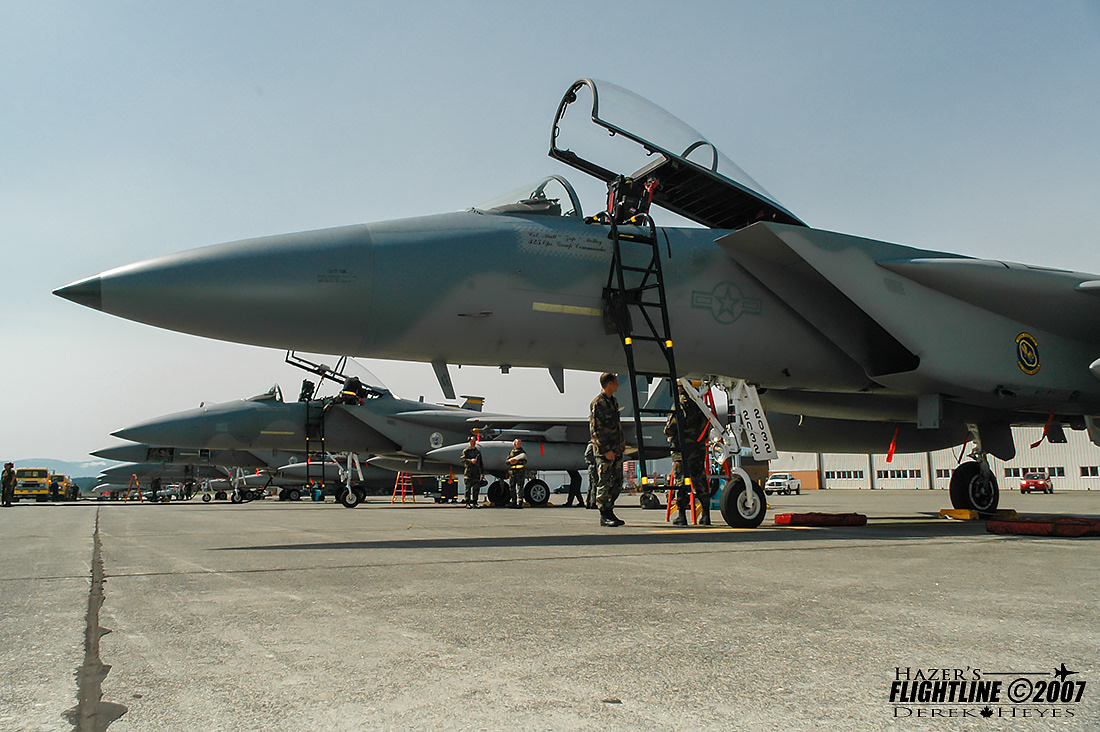
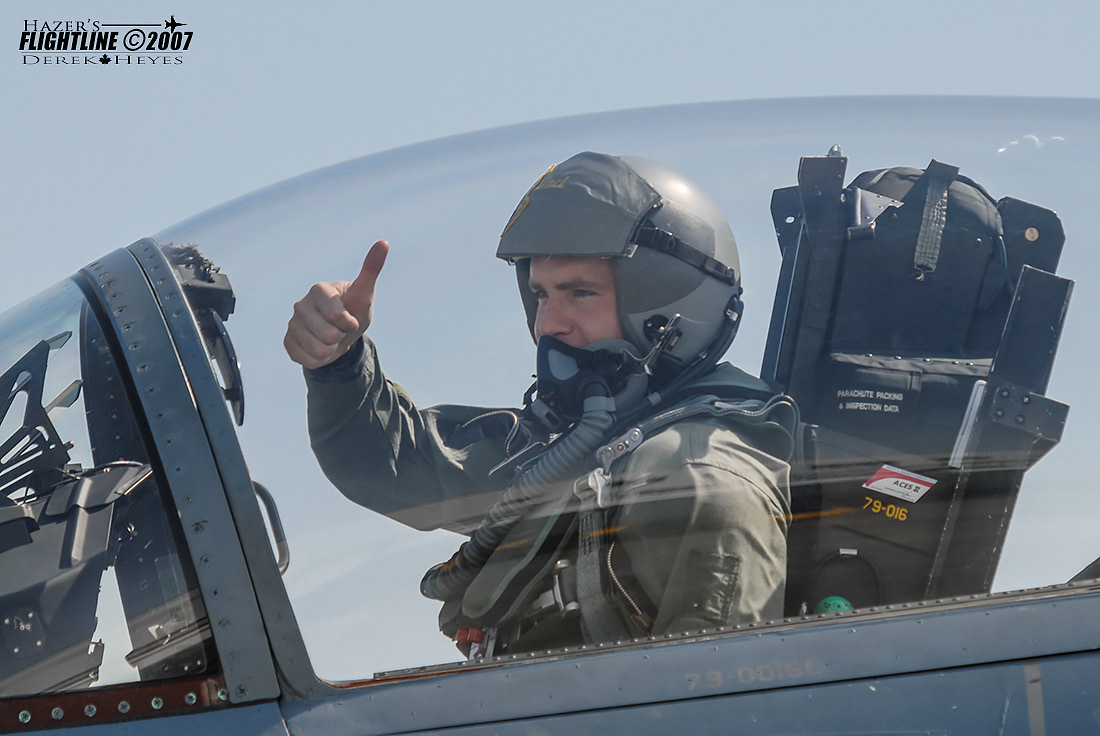
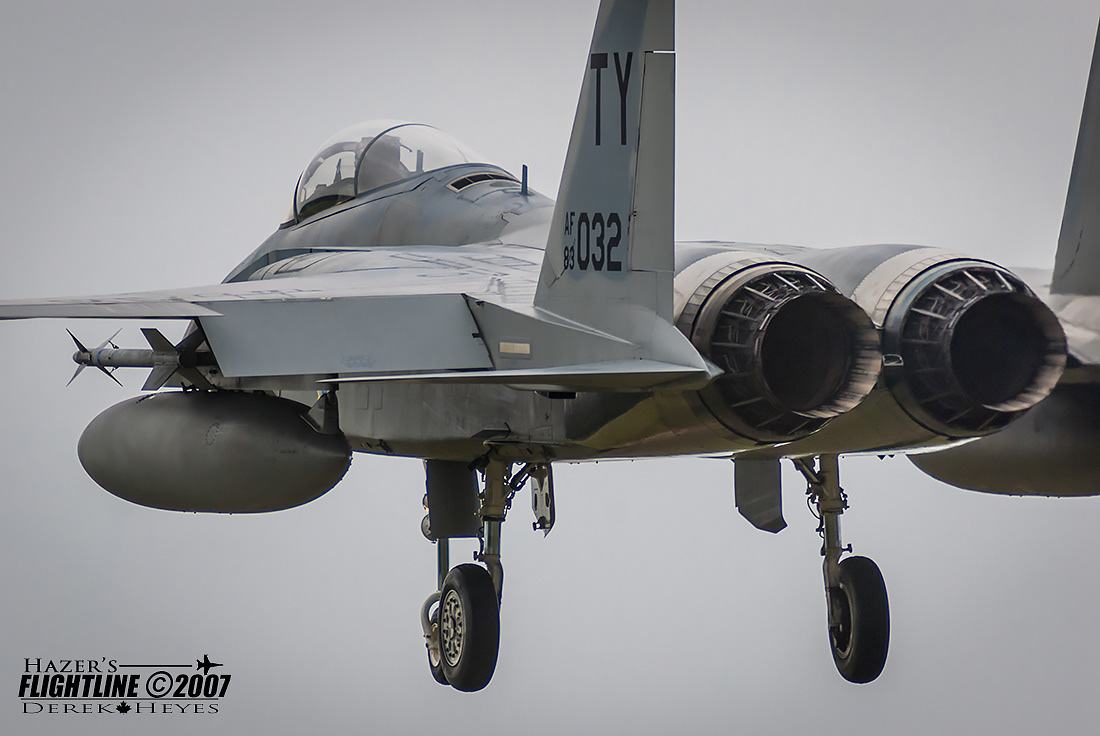
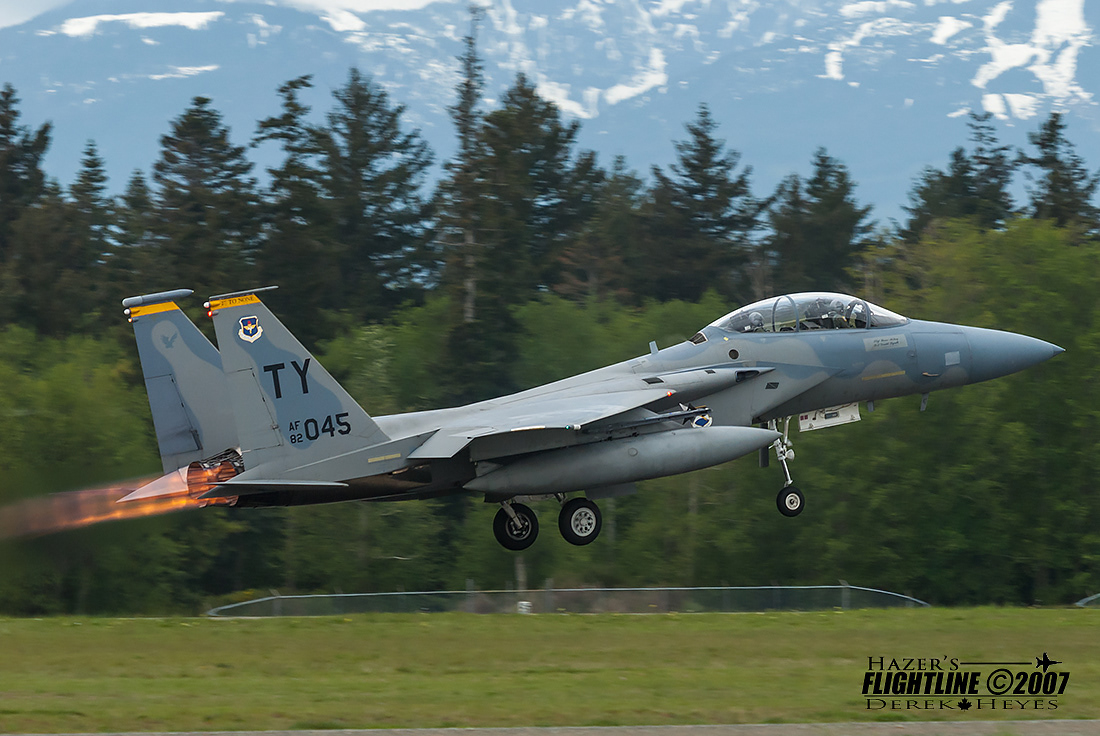
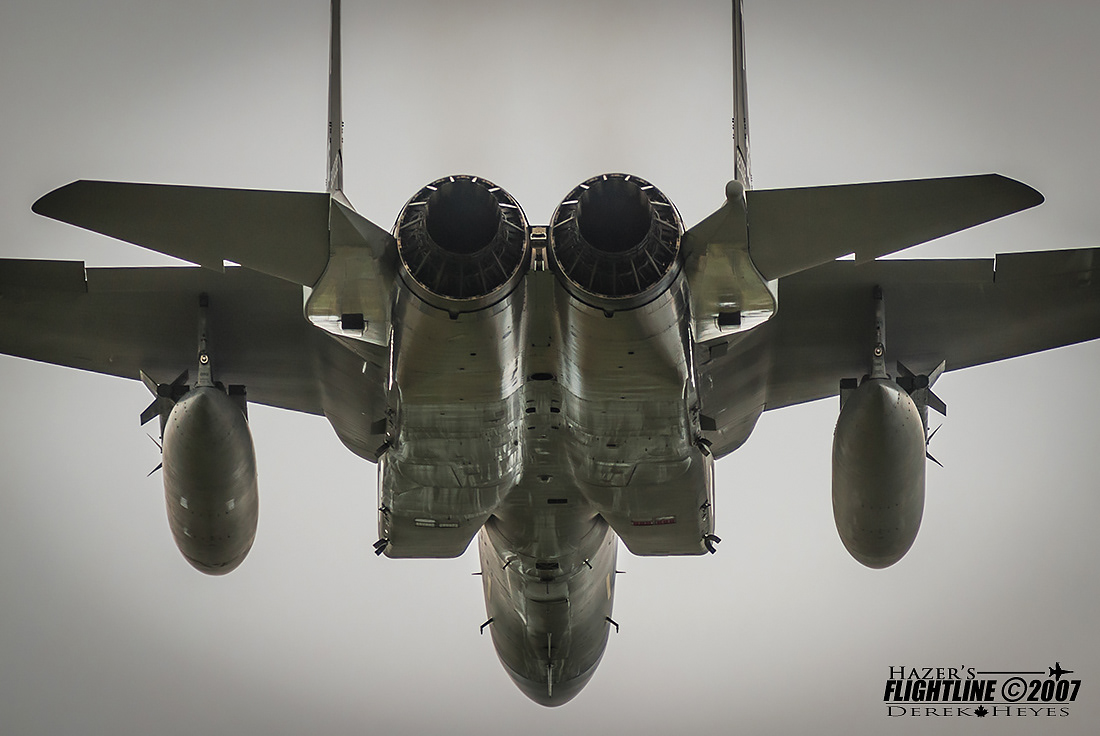
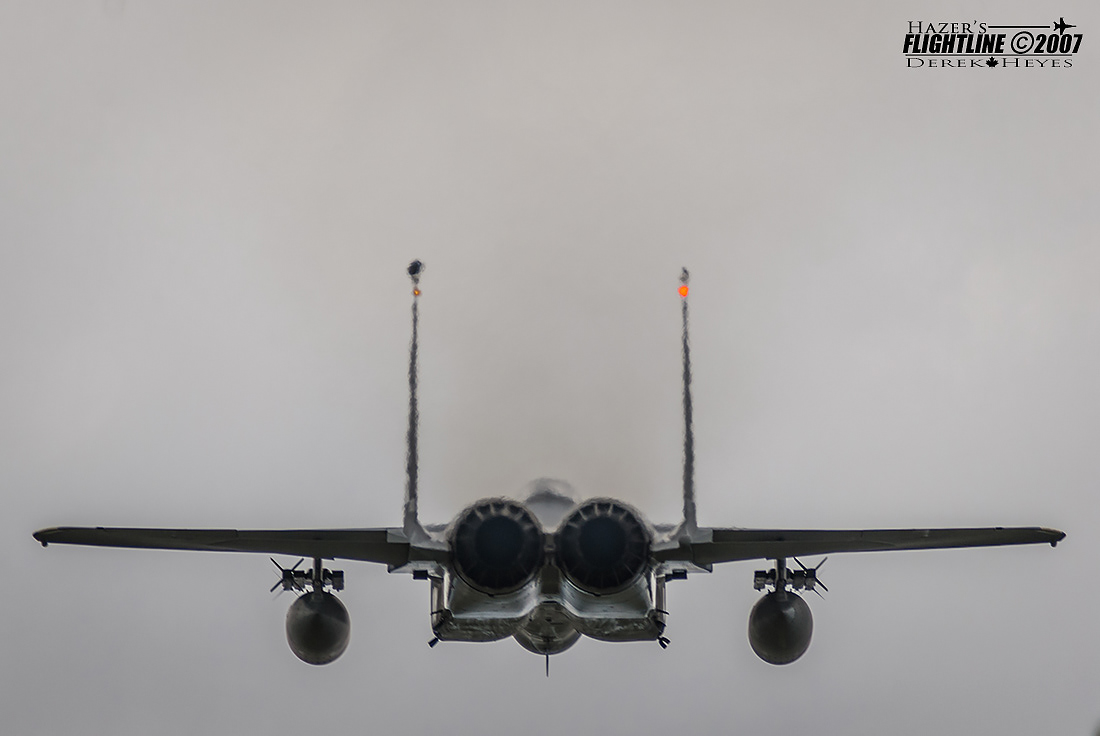
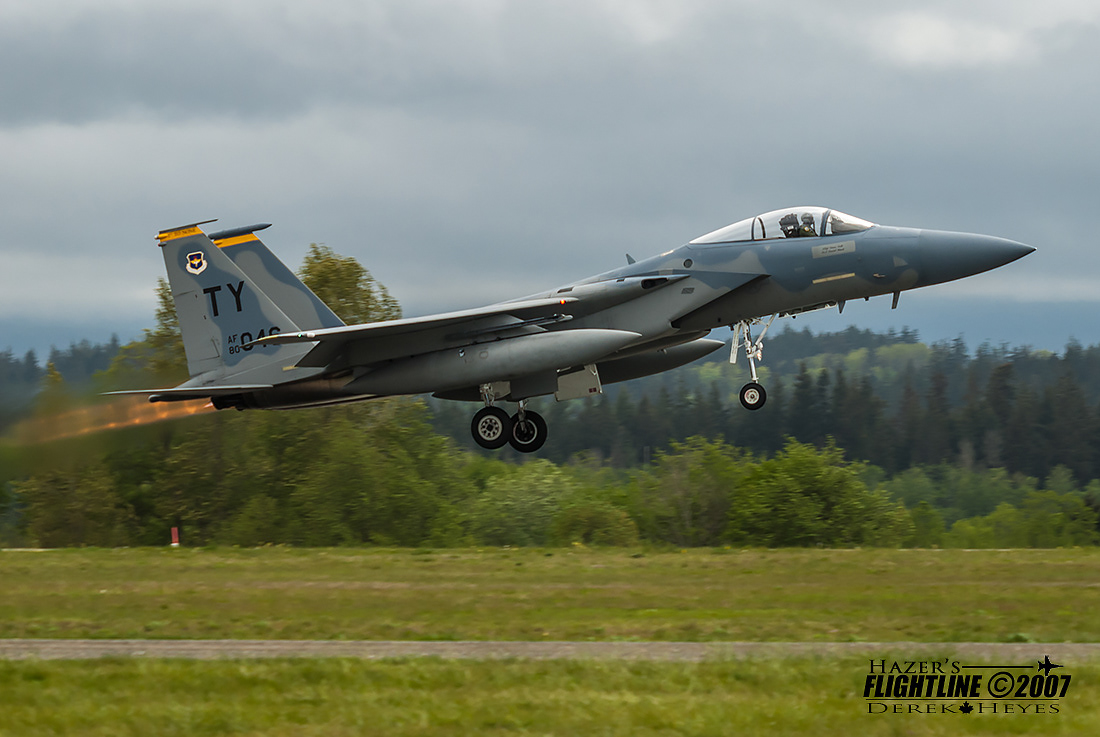
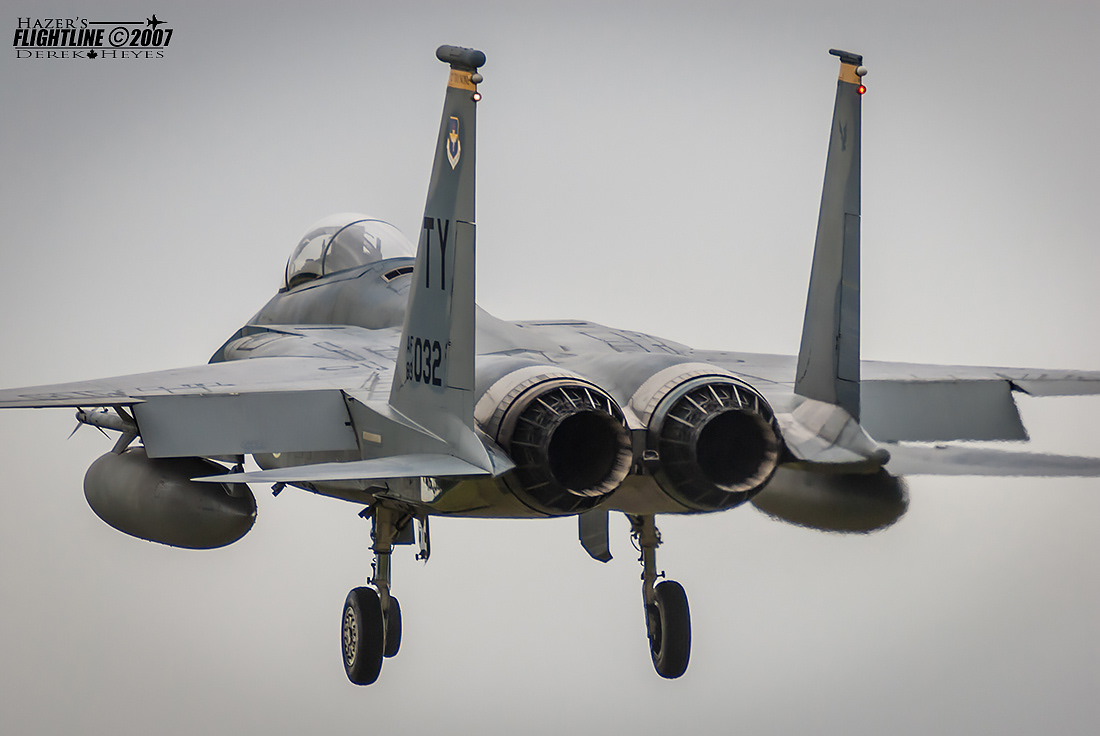
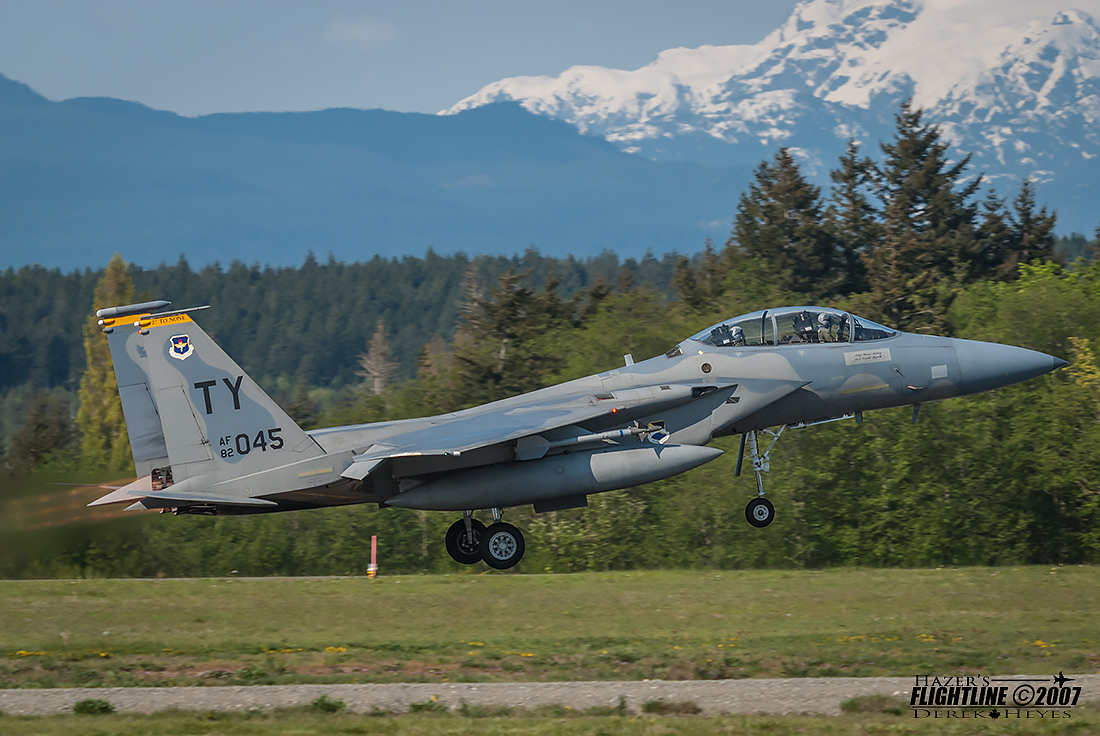
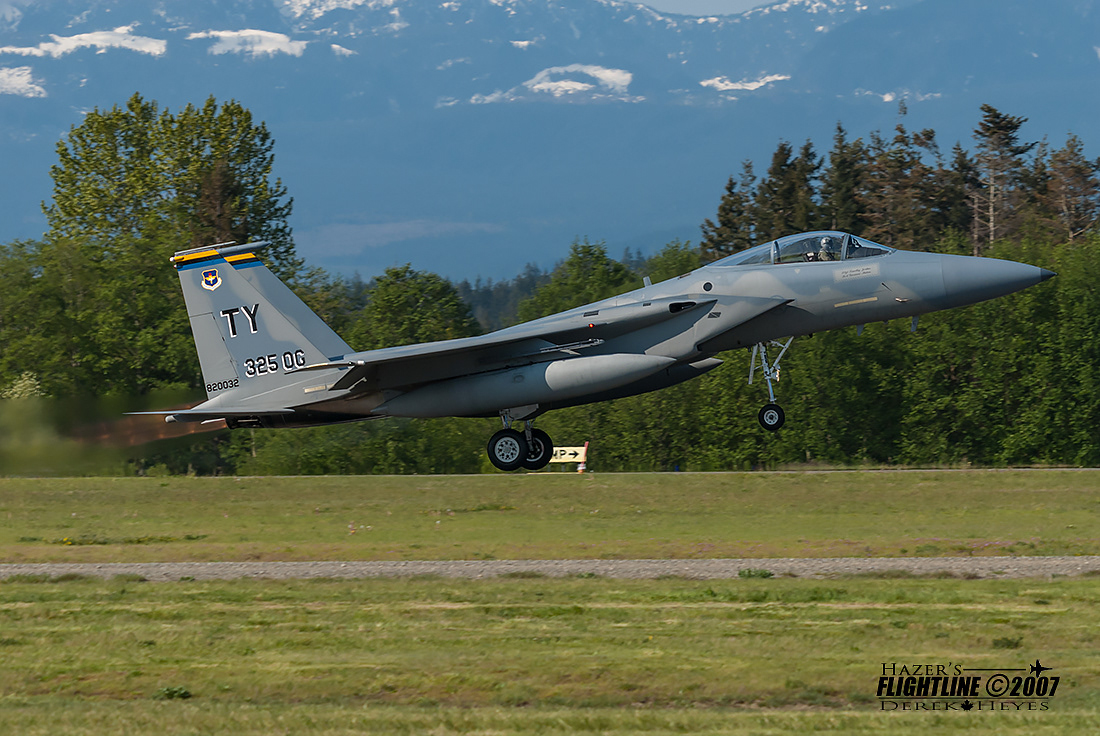


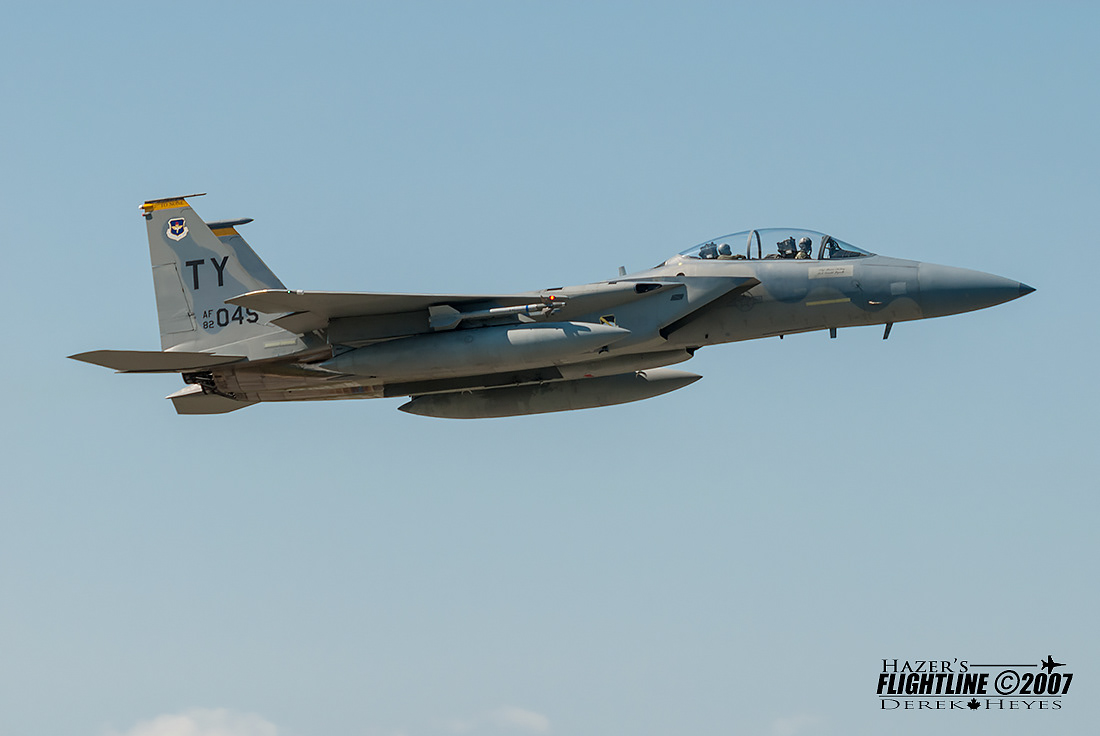
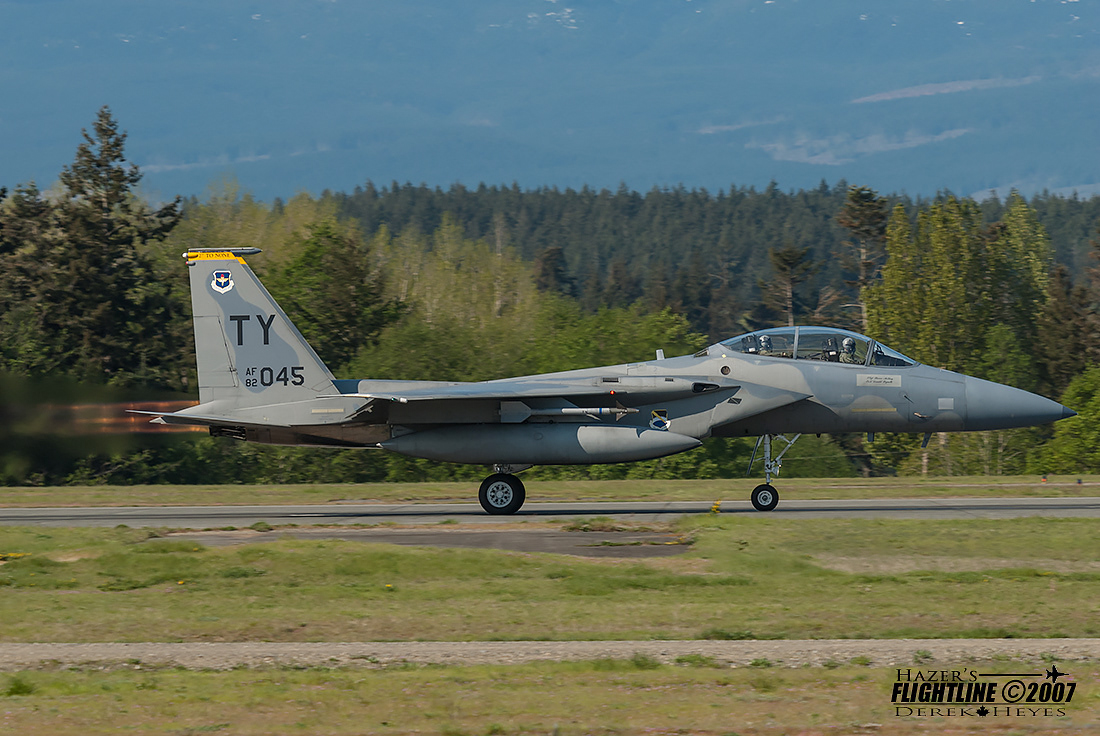
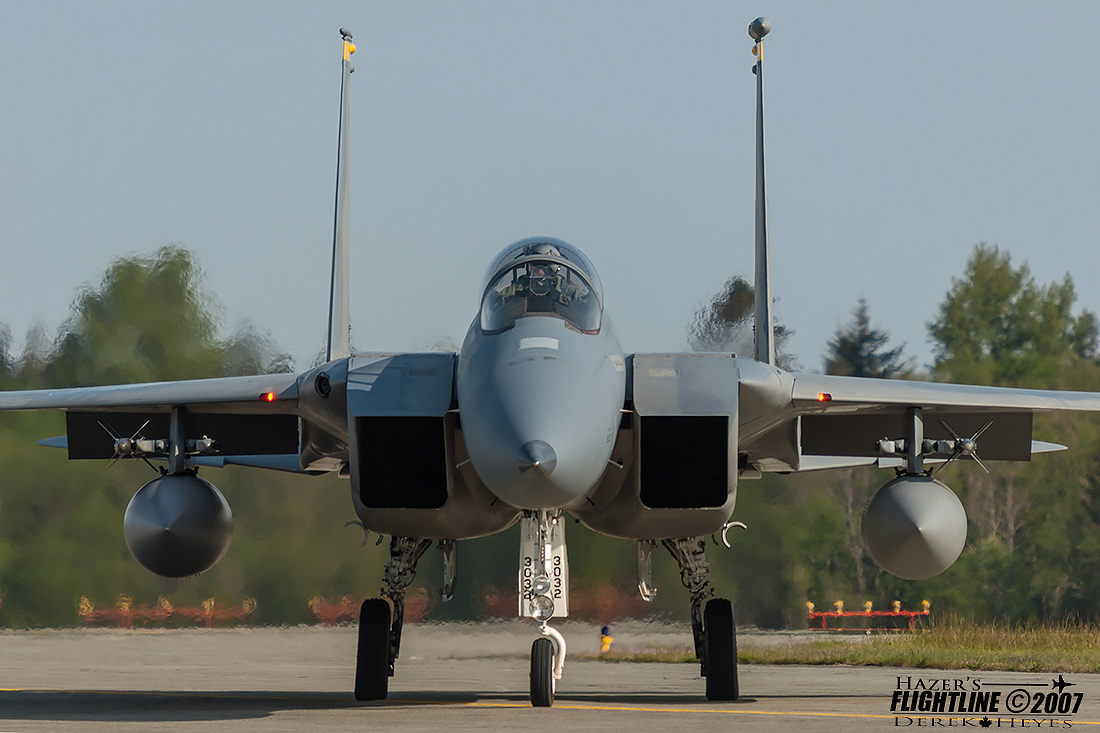
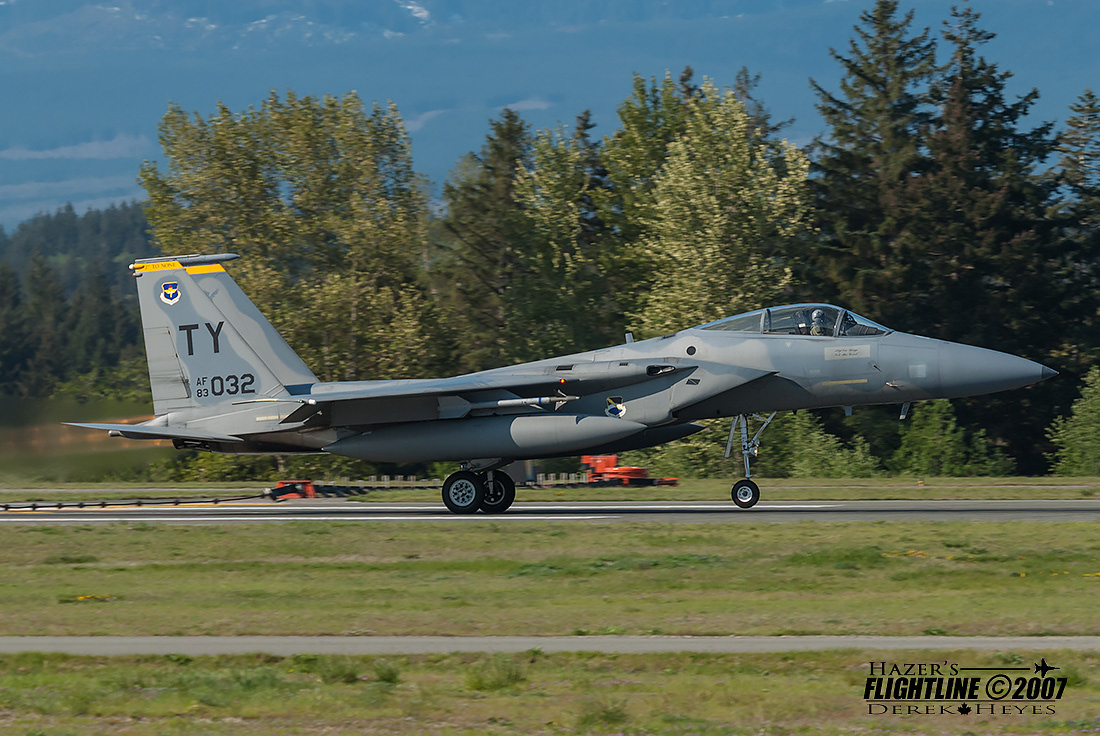
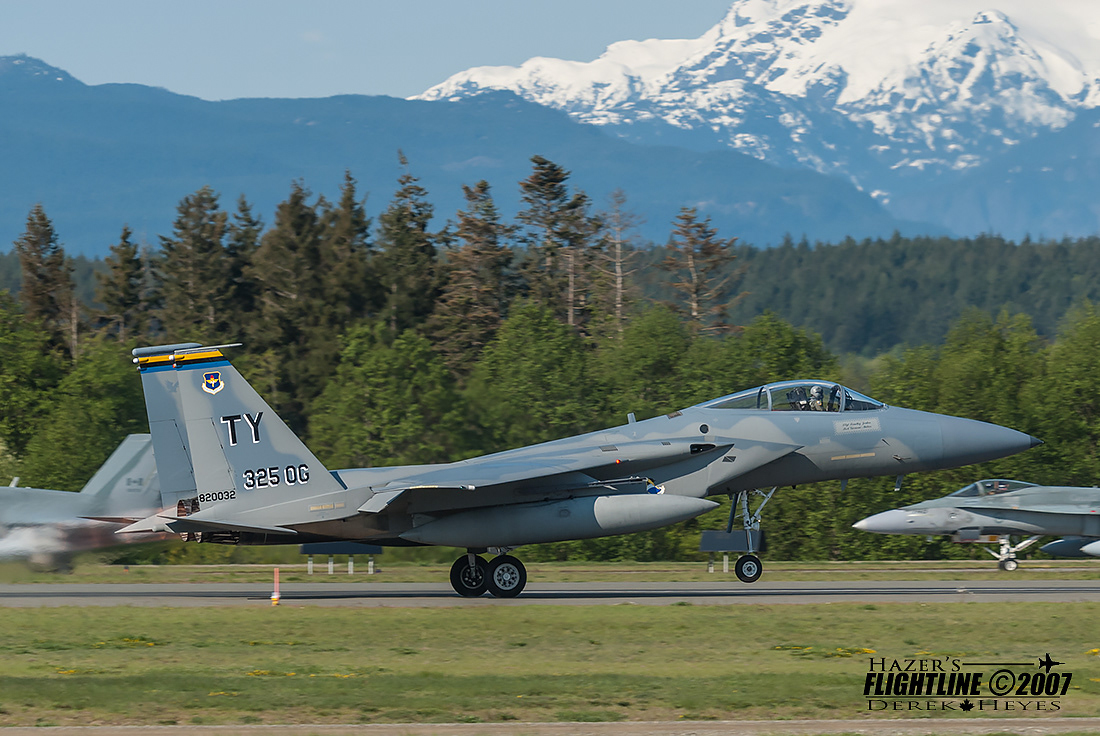

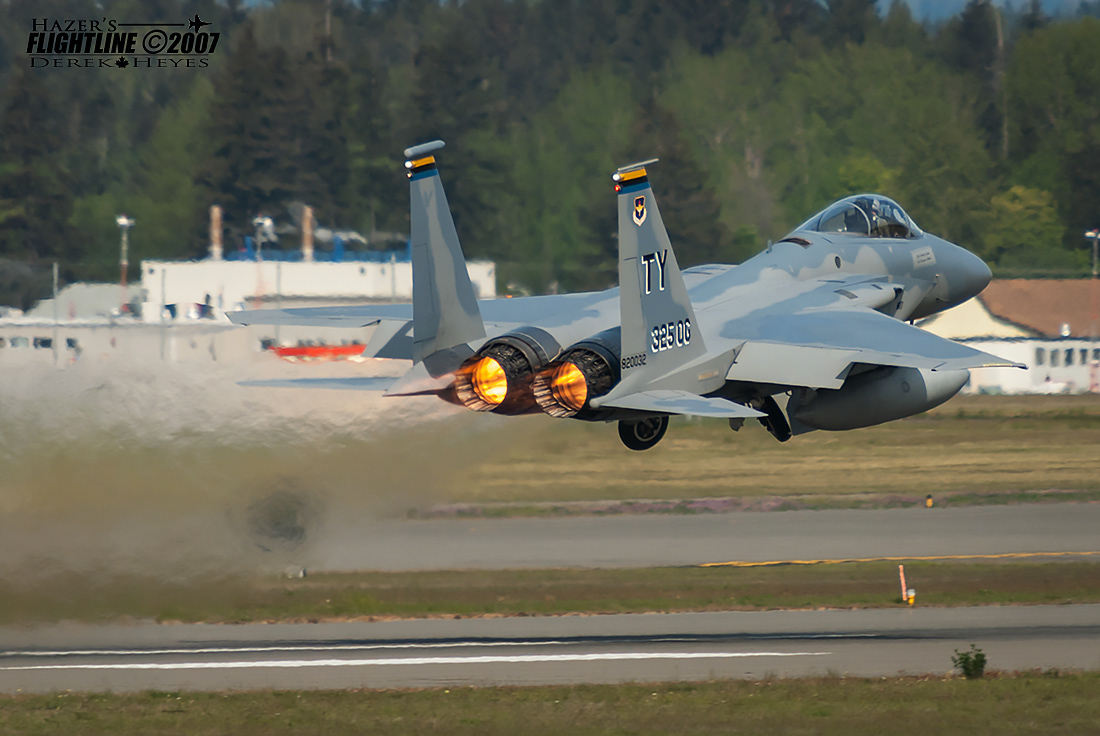

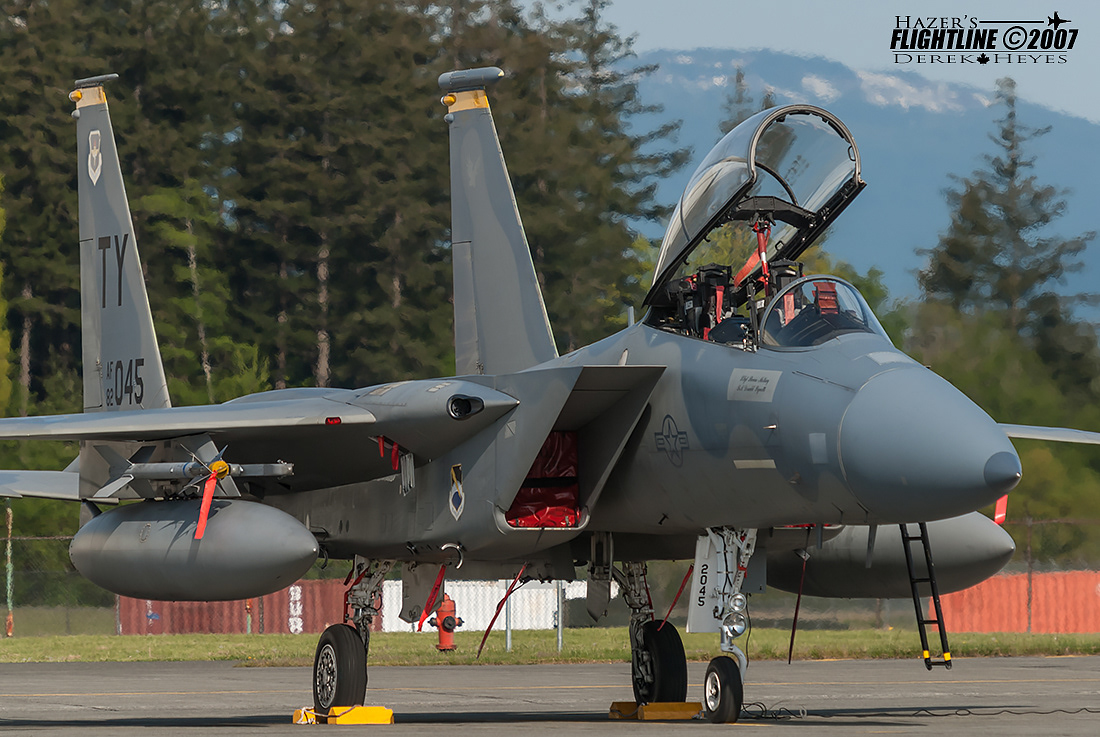
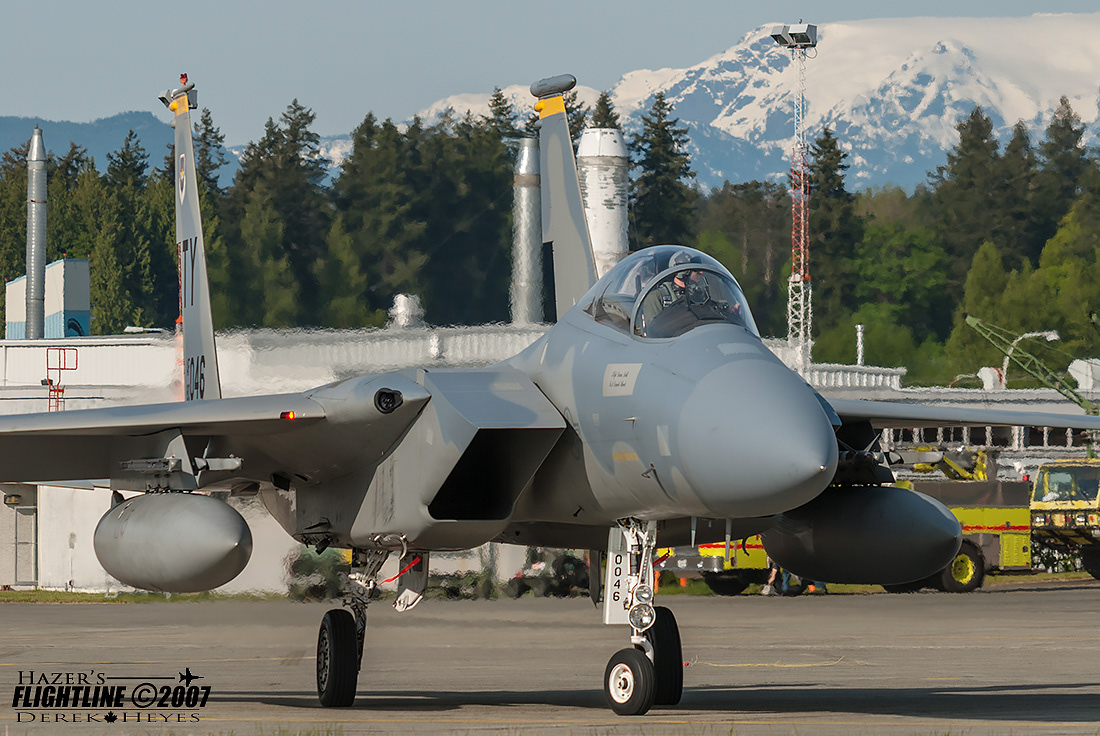
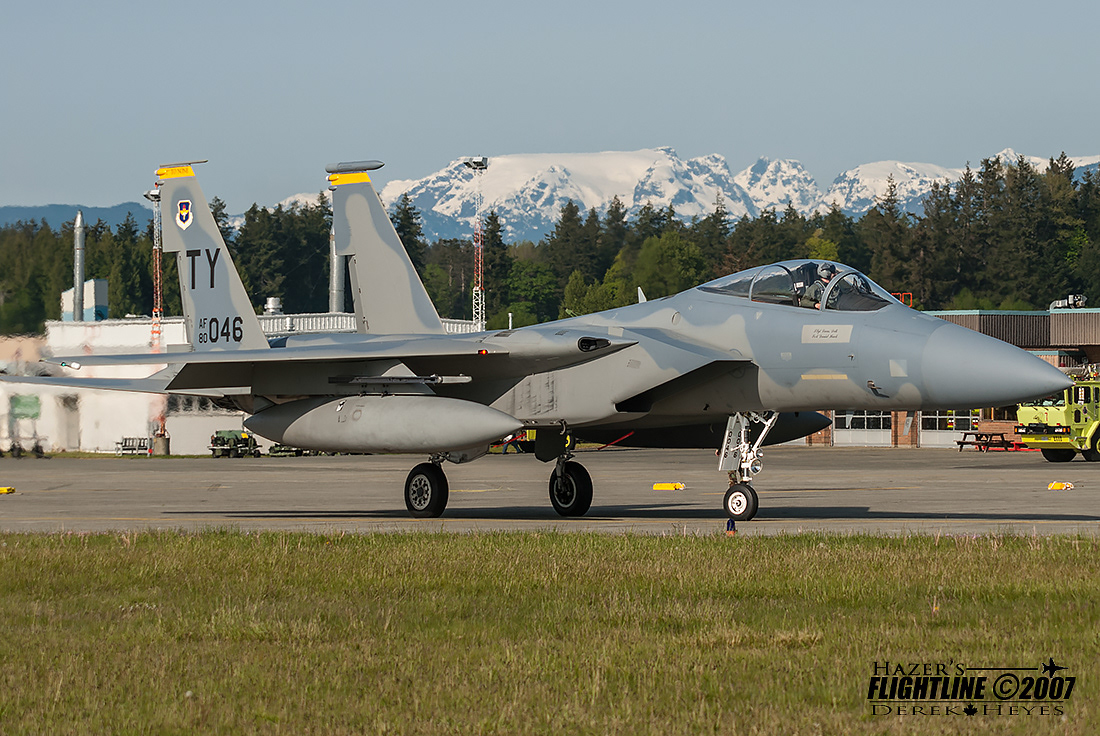
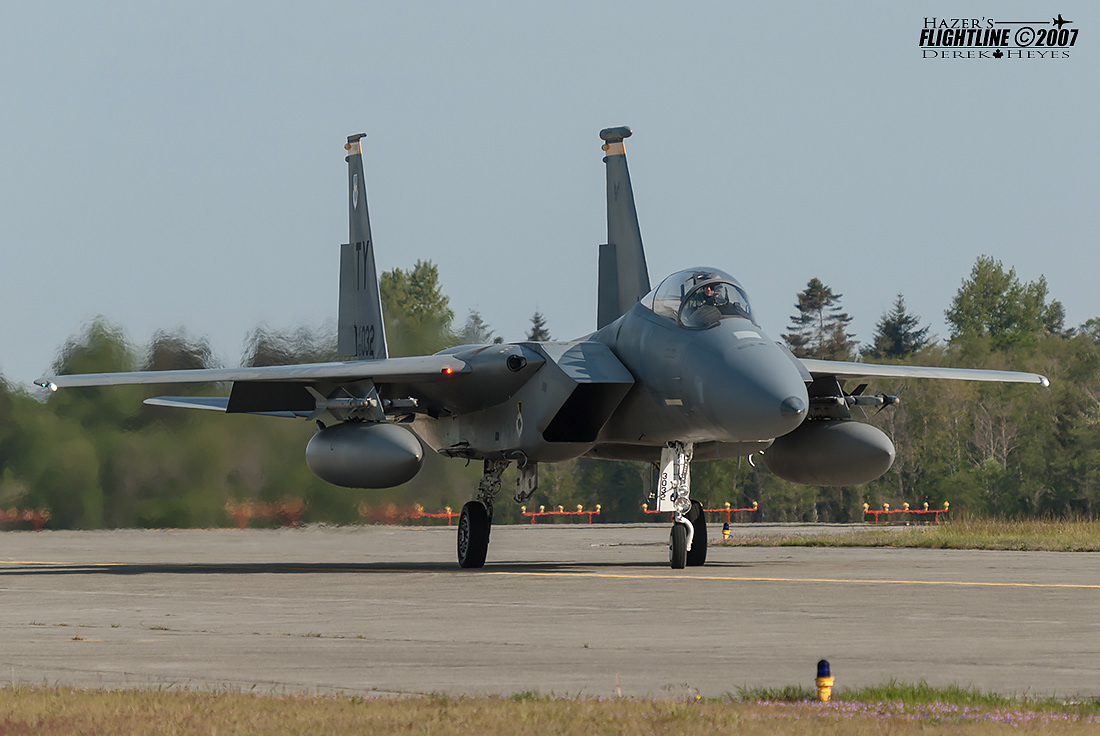
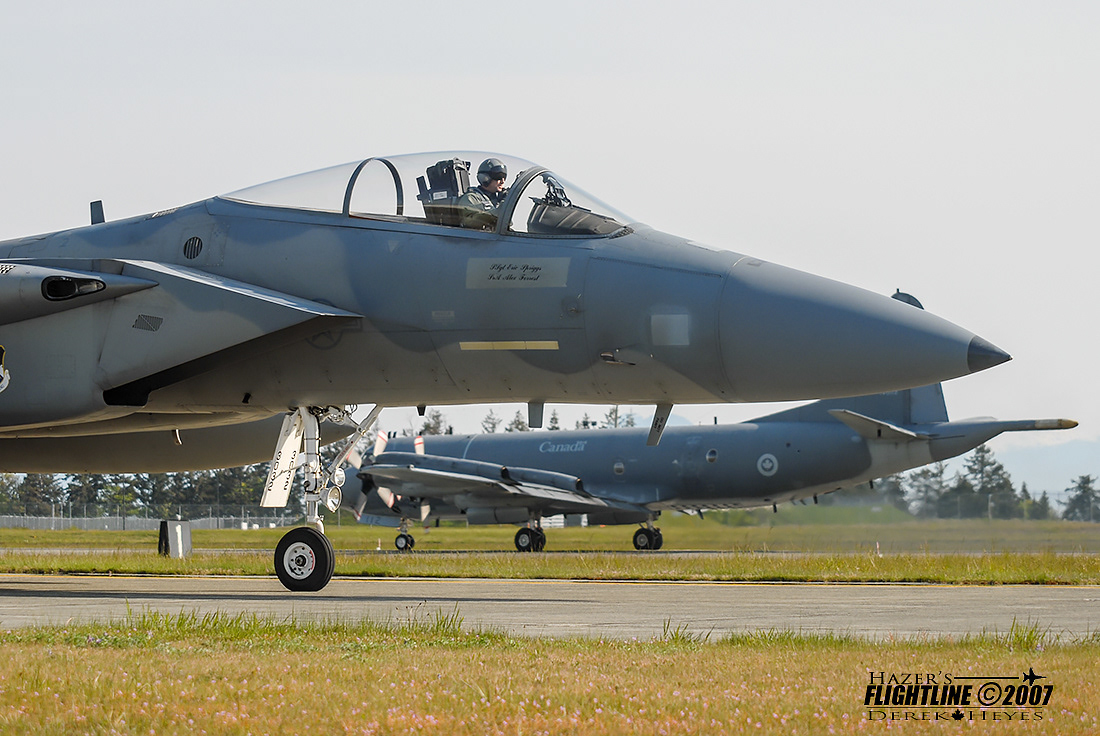

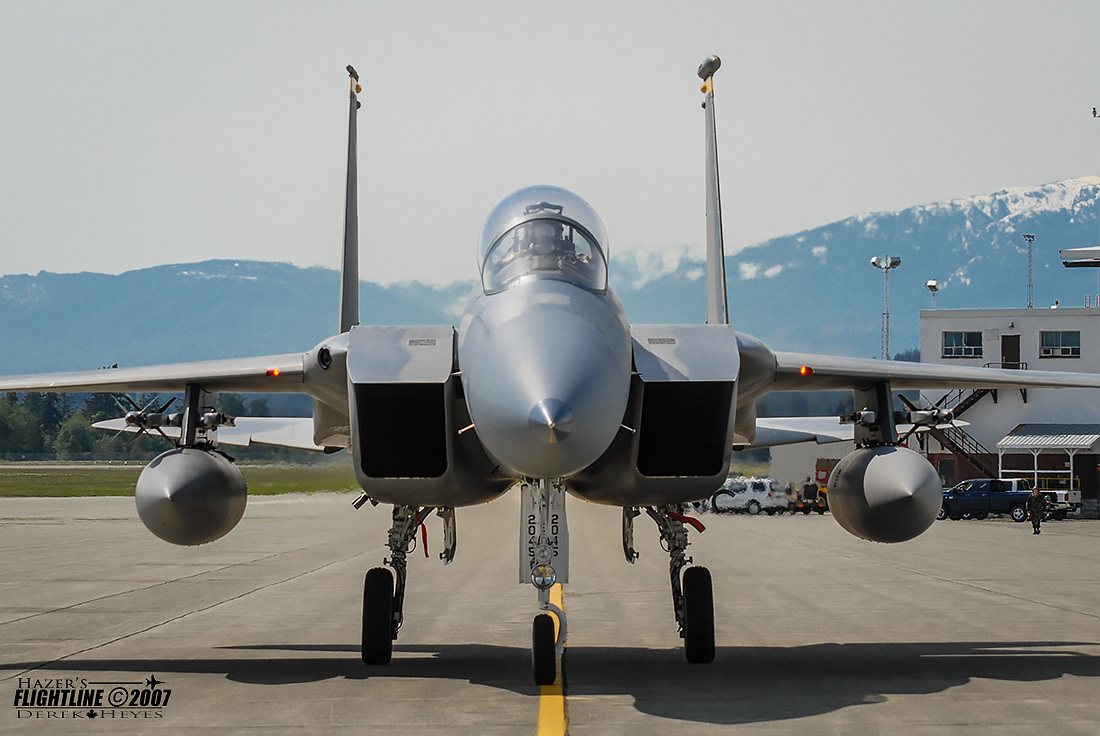
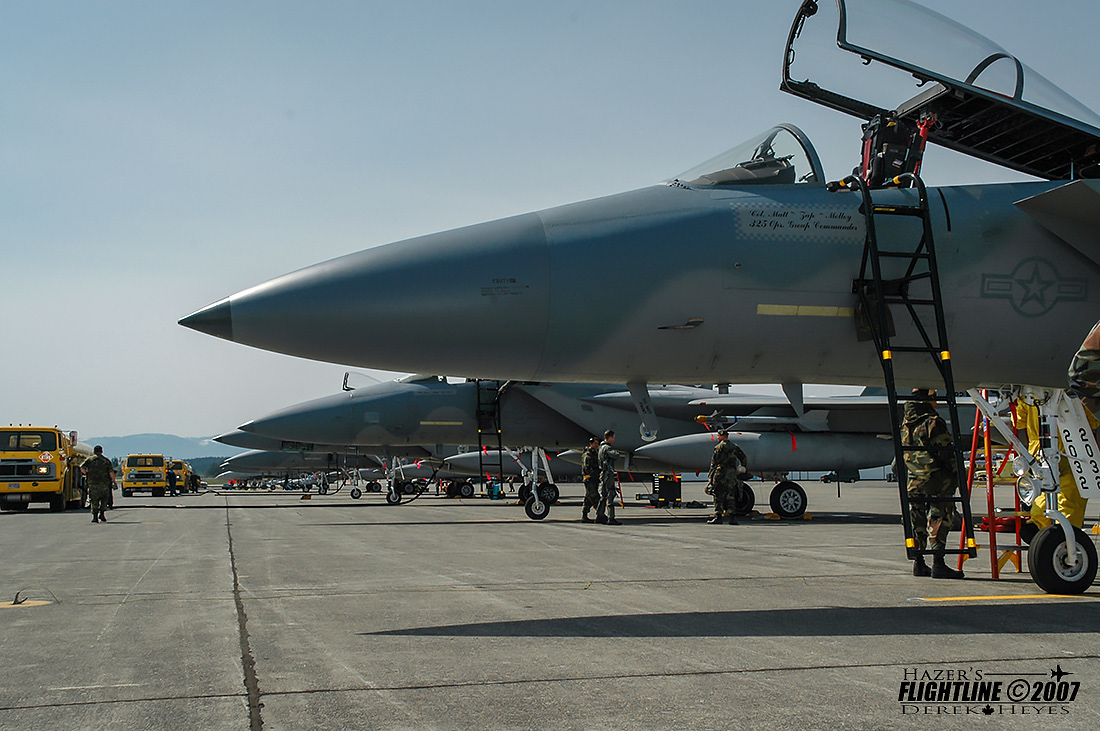

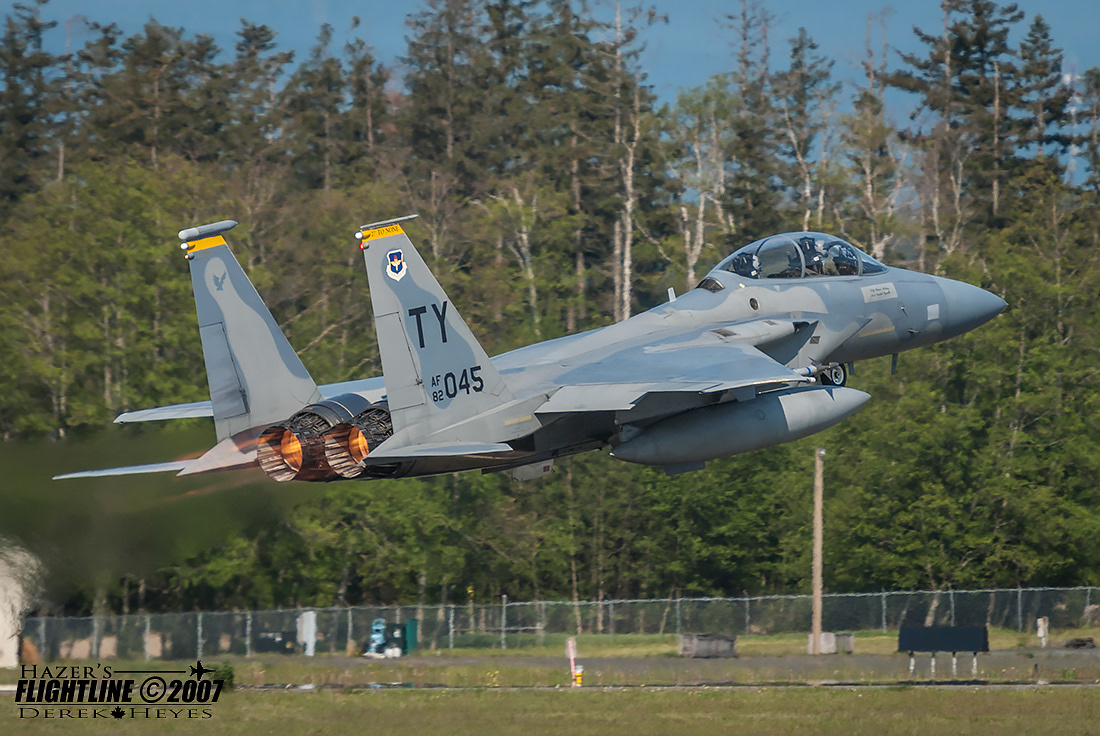
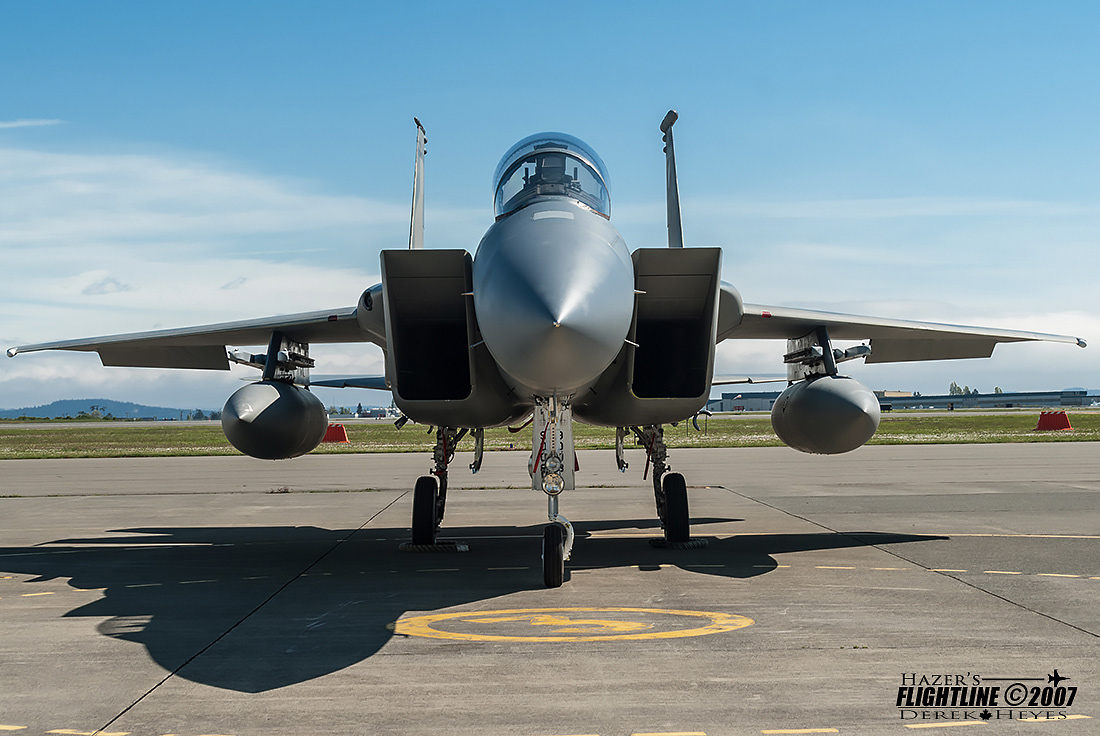
This year the AIREX of Trident Fury incorporated close to 40 aircraft during the two weeks. Bombers, fighters, AWACS, air refuelers, Anit Sub Warfare and intelligence aircraft operating within the same area that offered missions to be flown over the land and sea. The S-3B Viking made it's first and probably last deployment for Trident Fury. Nearing the end of its operational career with the US Navy, they are still an important asset to the Navy. Now operating the AN/AAQ-25 LANTIRN targeting pods that flew on the now retired F-14 Tomcat's, these pods allow the Viking crew to detect and identify time sensitive targets. This information can then be passed on to troops on the ground or to other aircraft. If needed, the Viking can also fire it's own air to ground munitions such as the AGM-65 Maverick missile, shooting it first Maverick during Operation Iraqi Freedom. The versatile Viking can also be used as an air to air refueler. During the exercise, the four Viking's were loaded in different configurations, one as a refueler, another equipped with the LANTIRN / Maverick combination and another loaded with a AGM134 SLAM-ER.
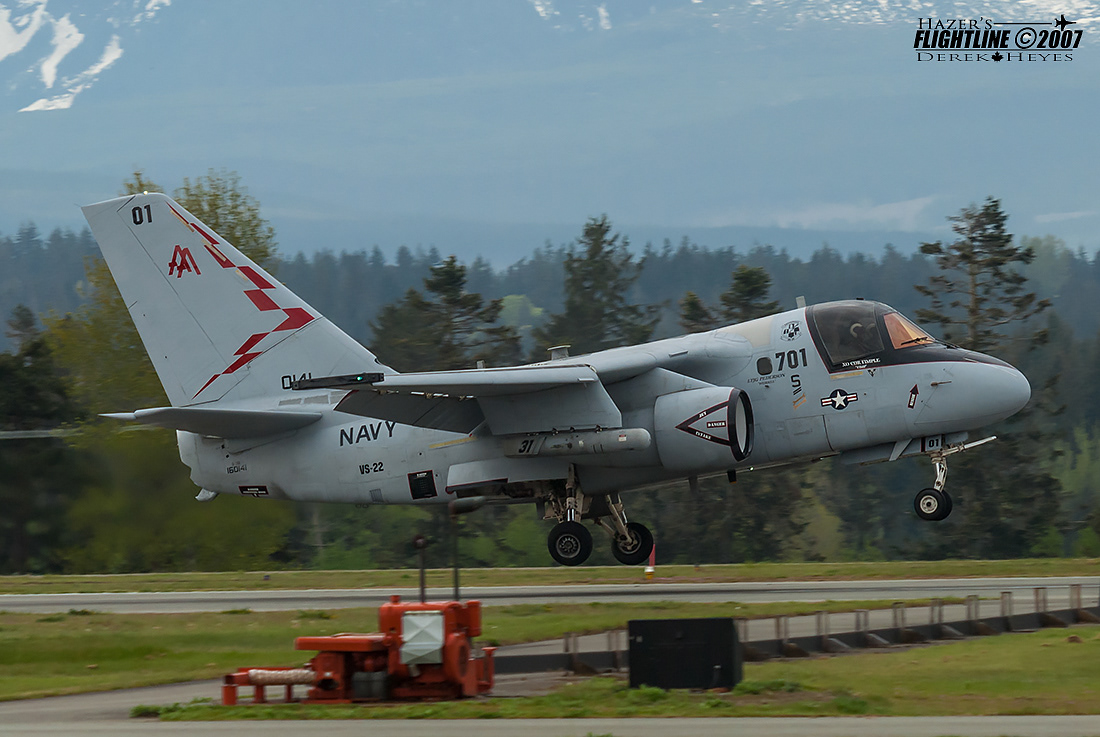
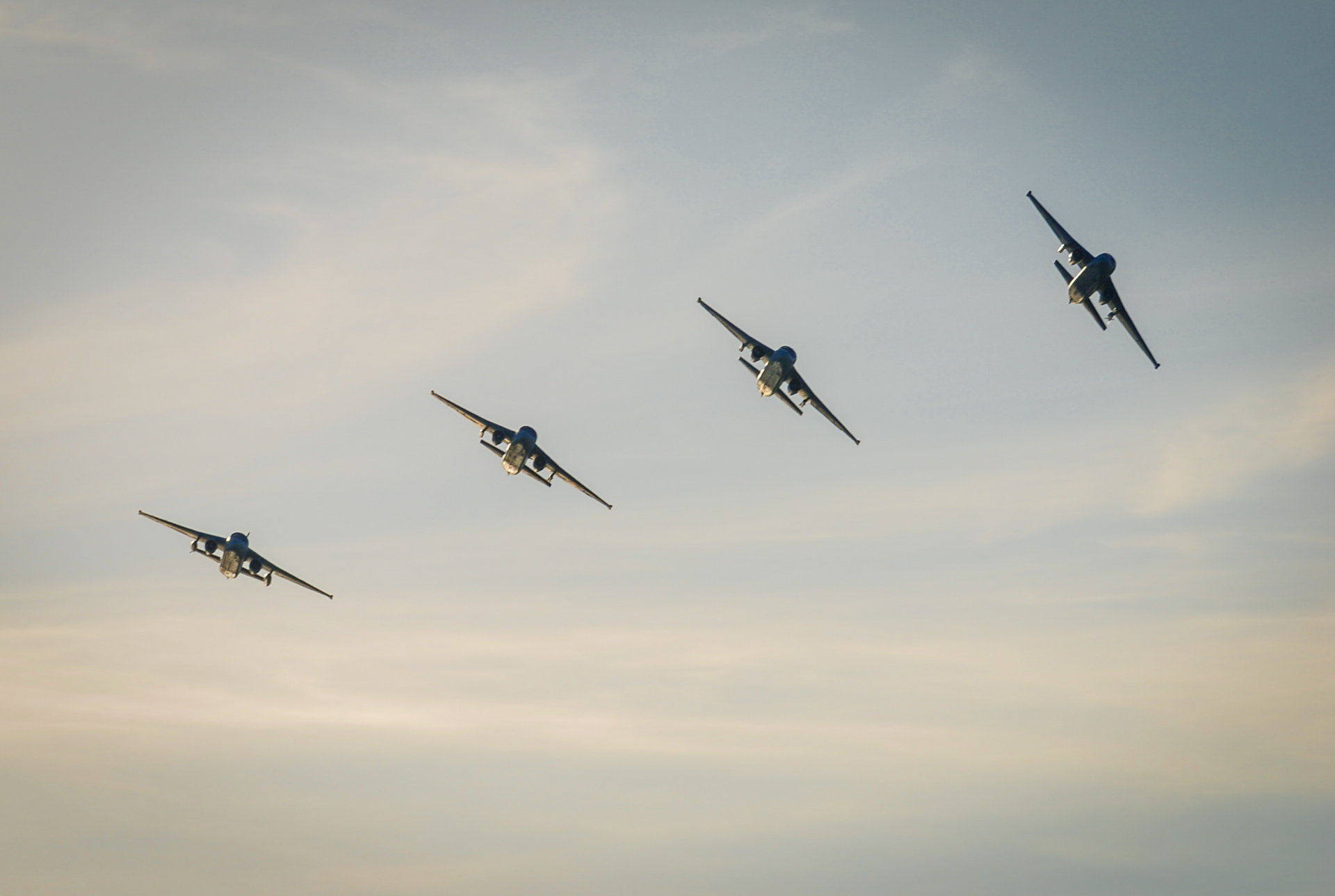
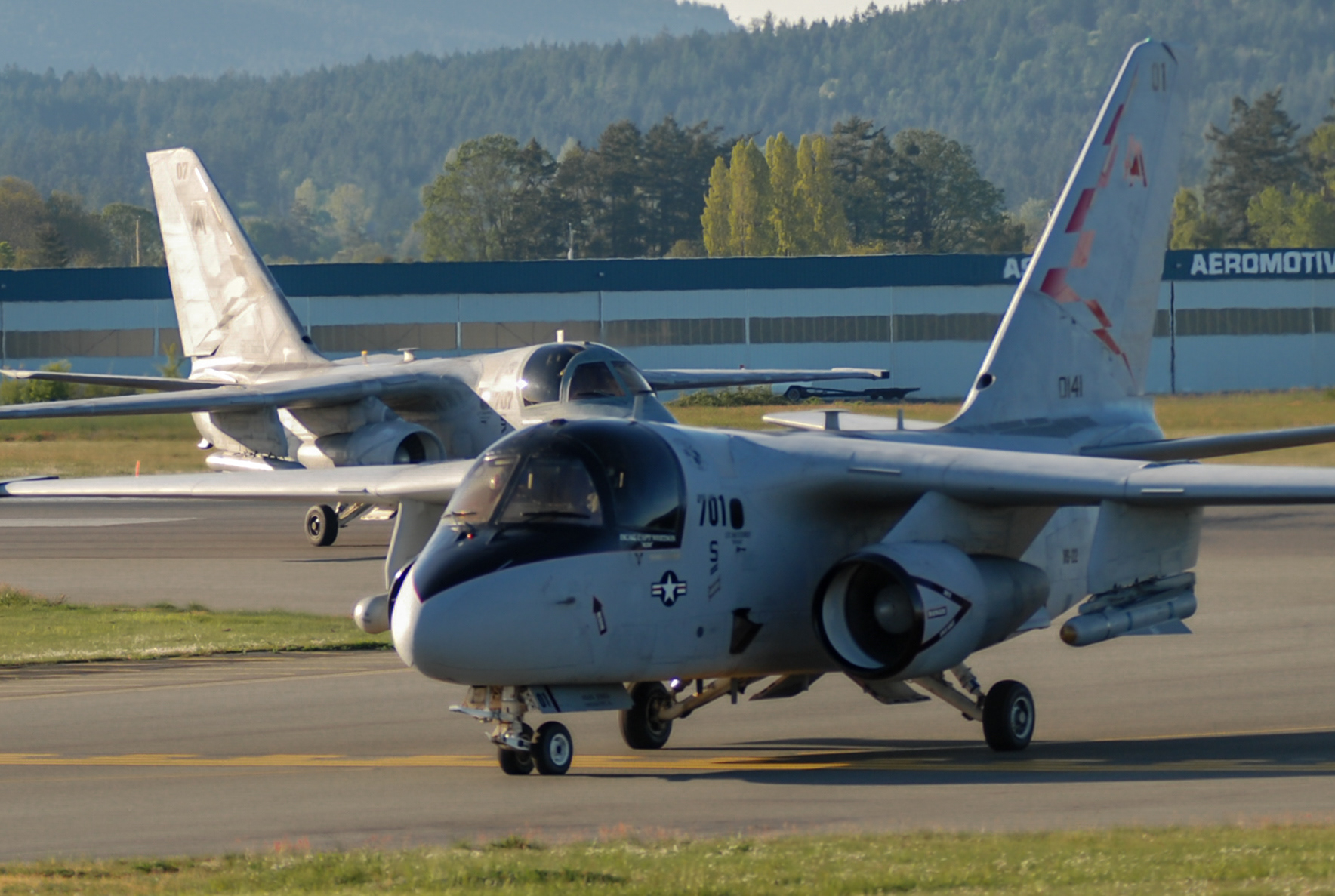
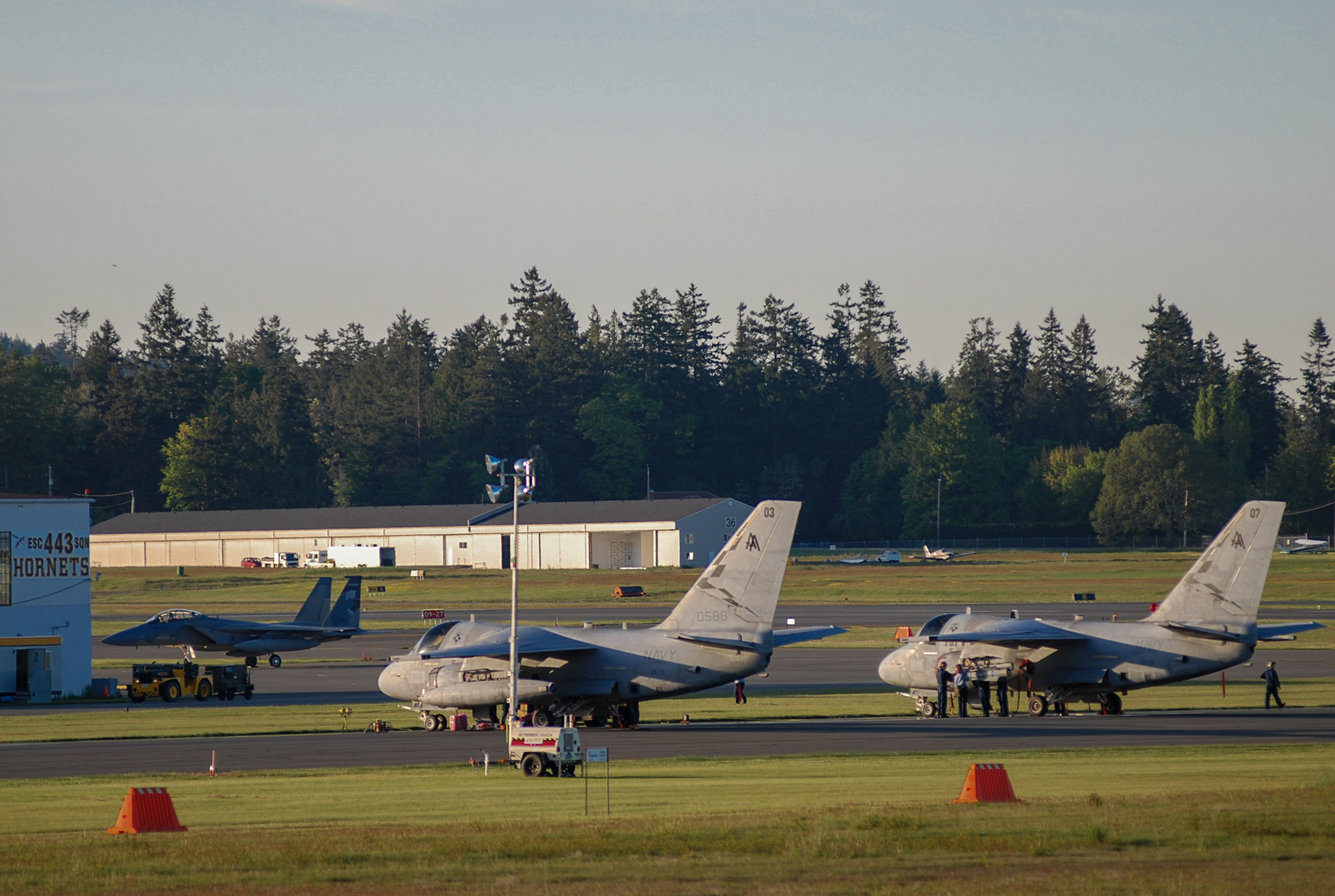
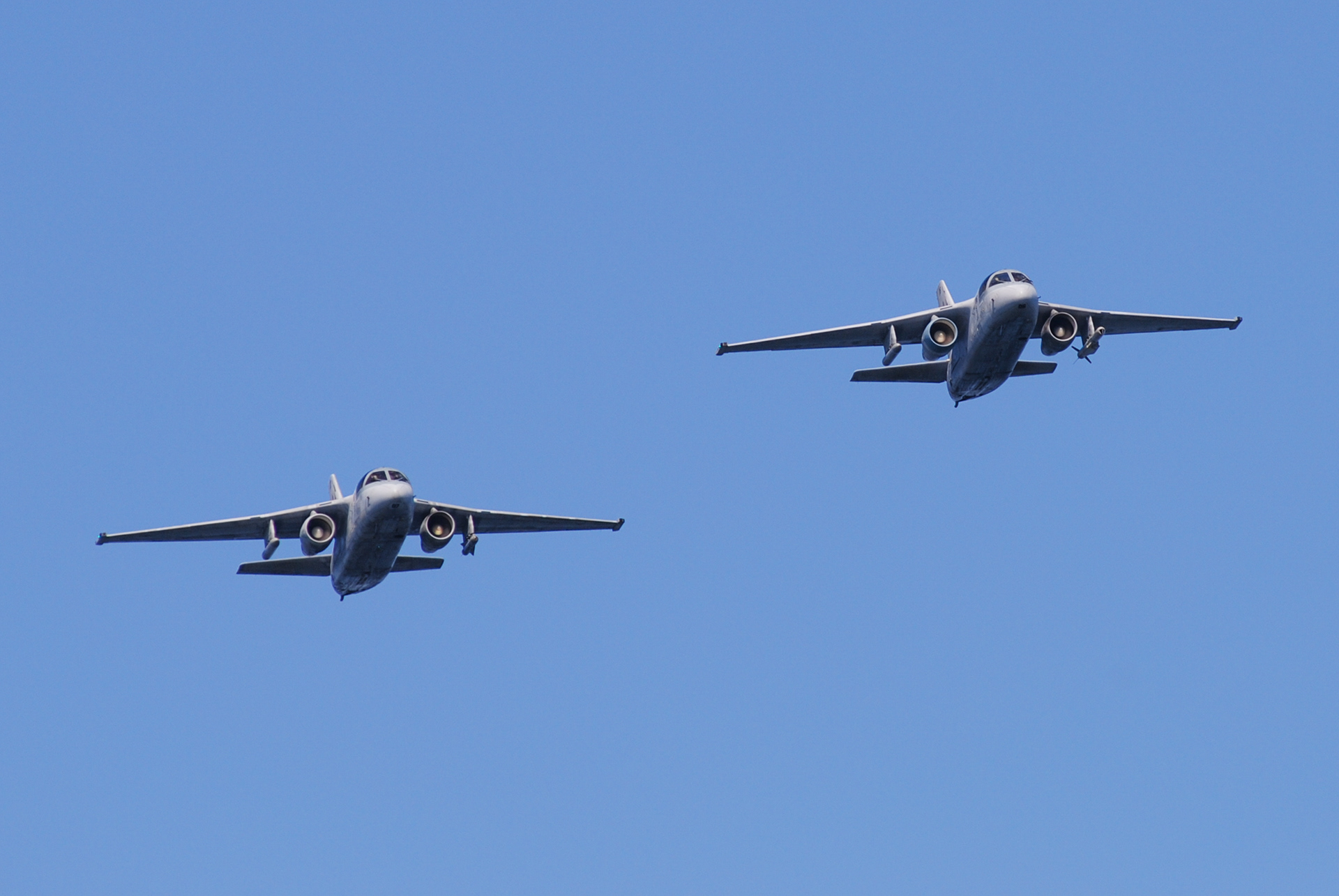



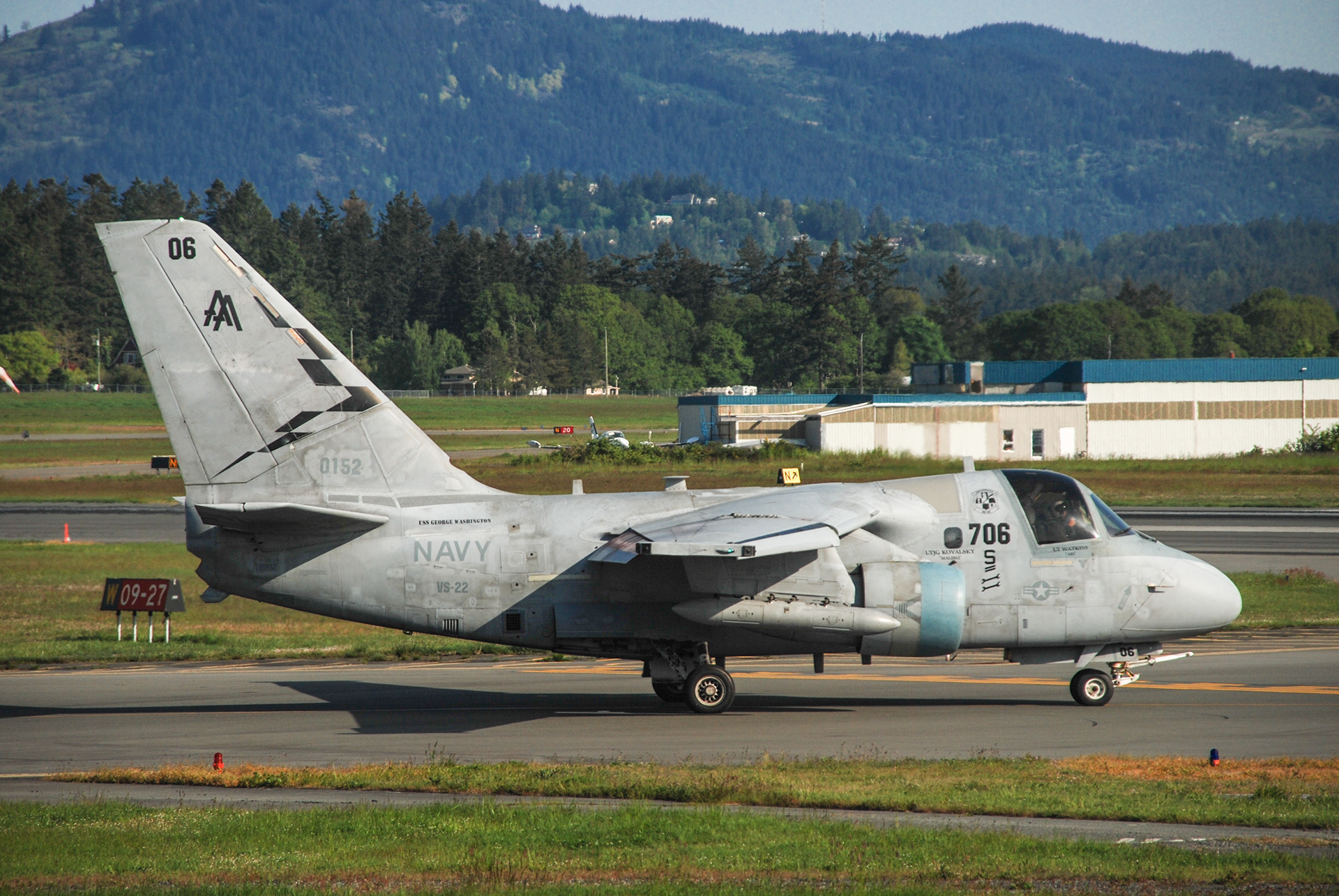
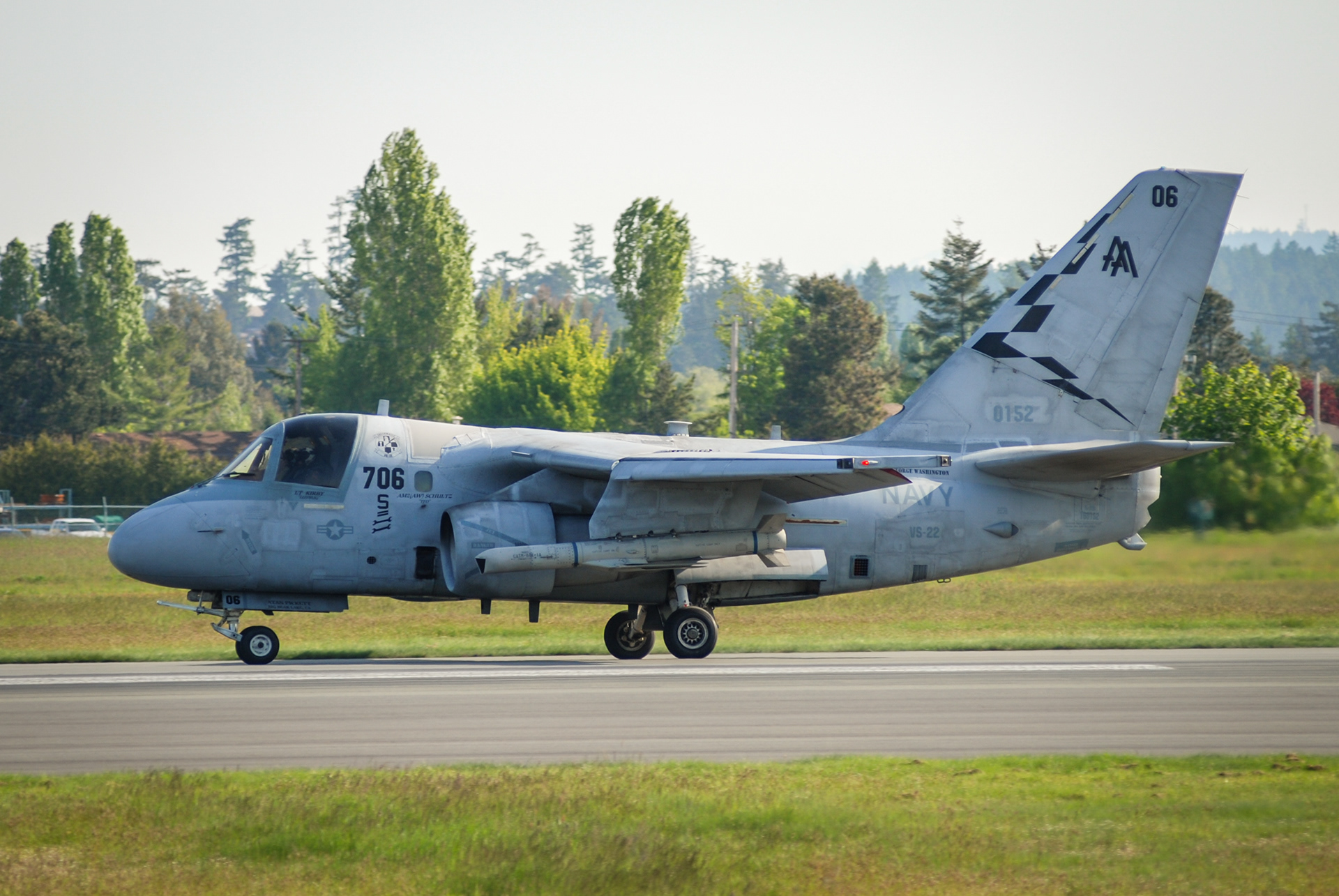
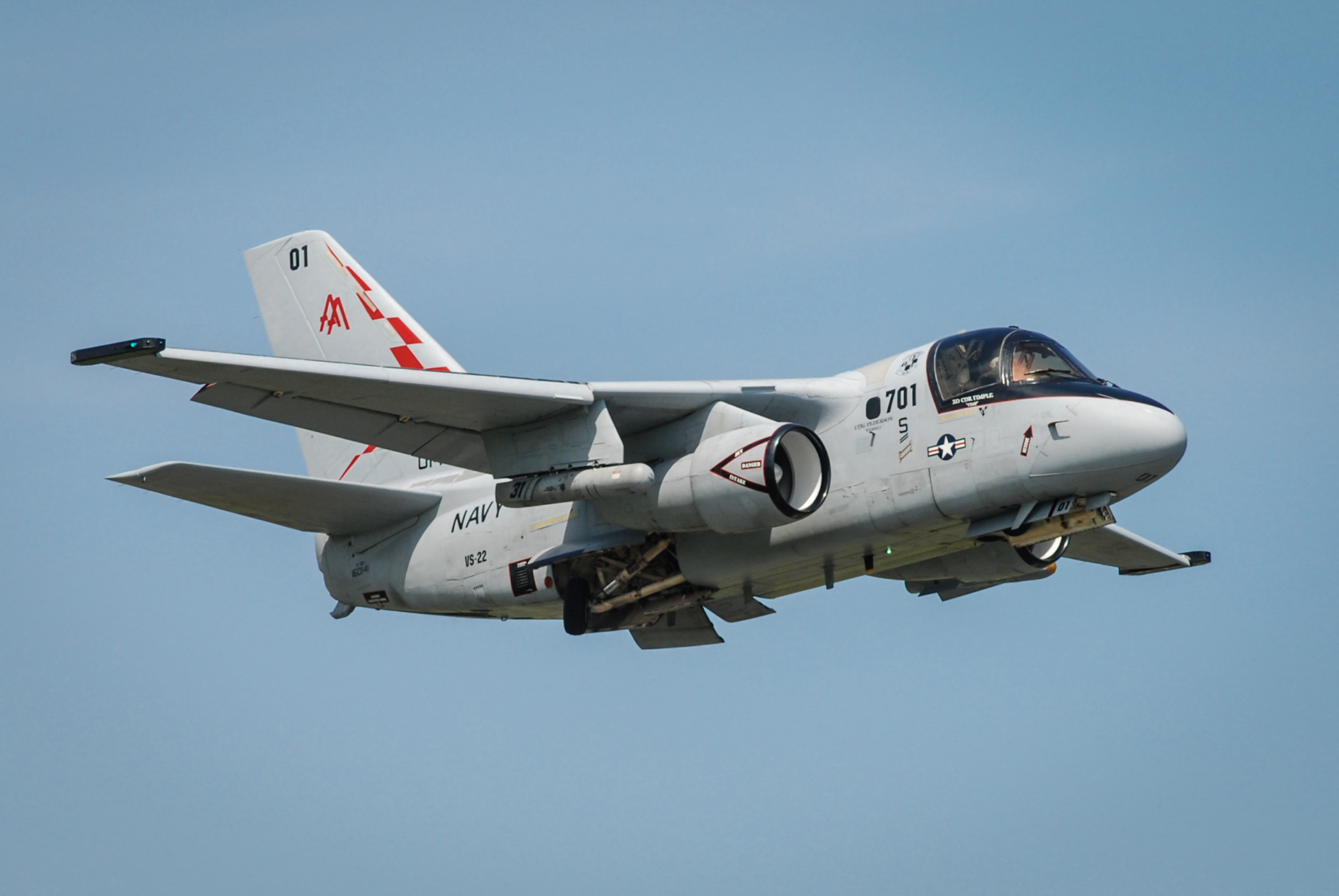
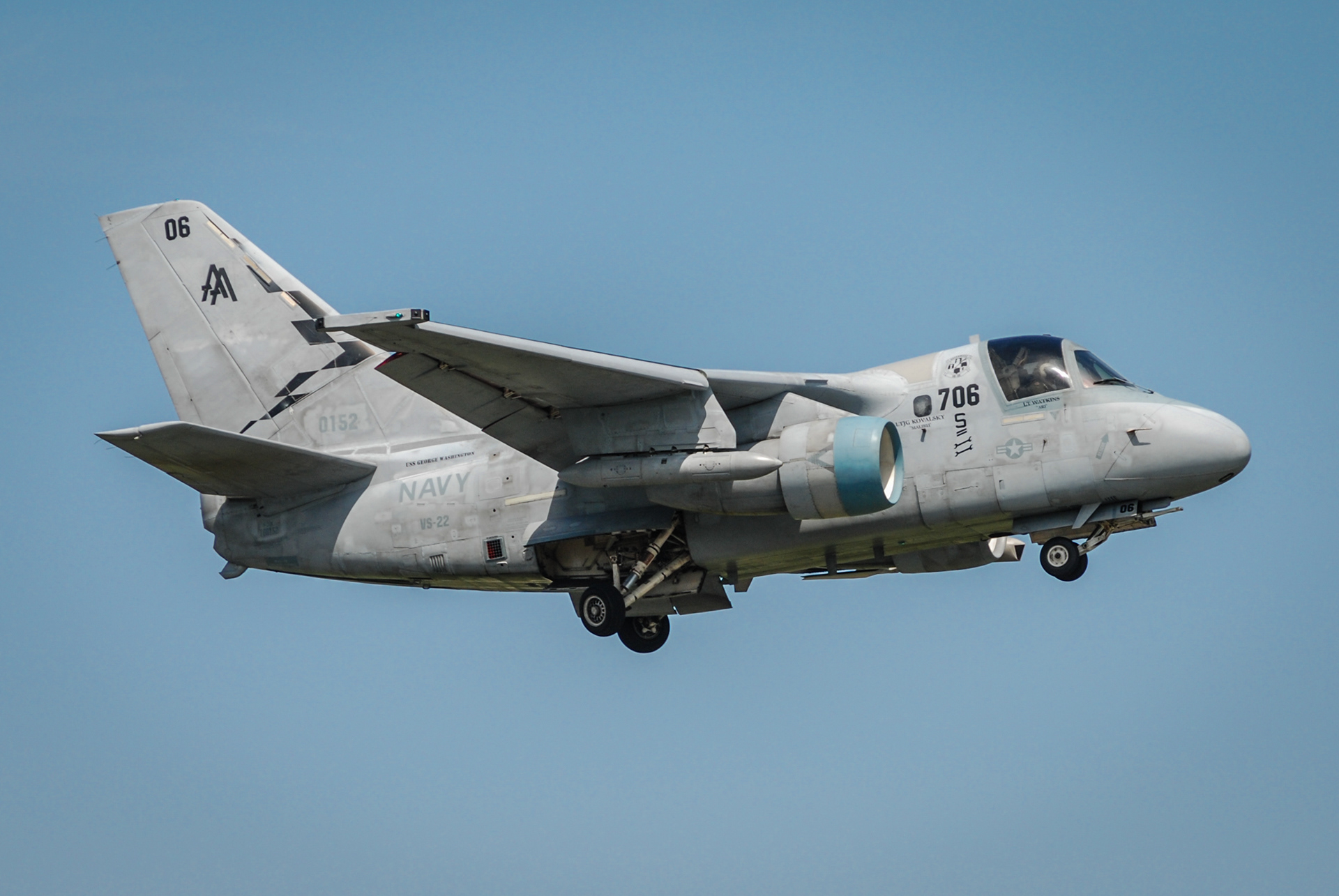

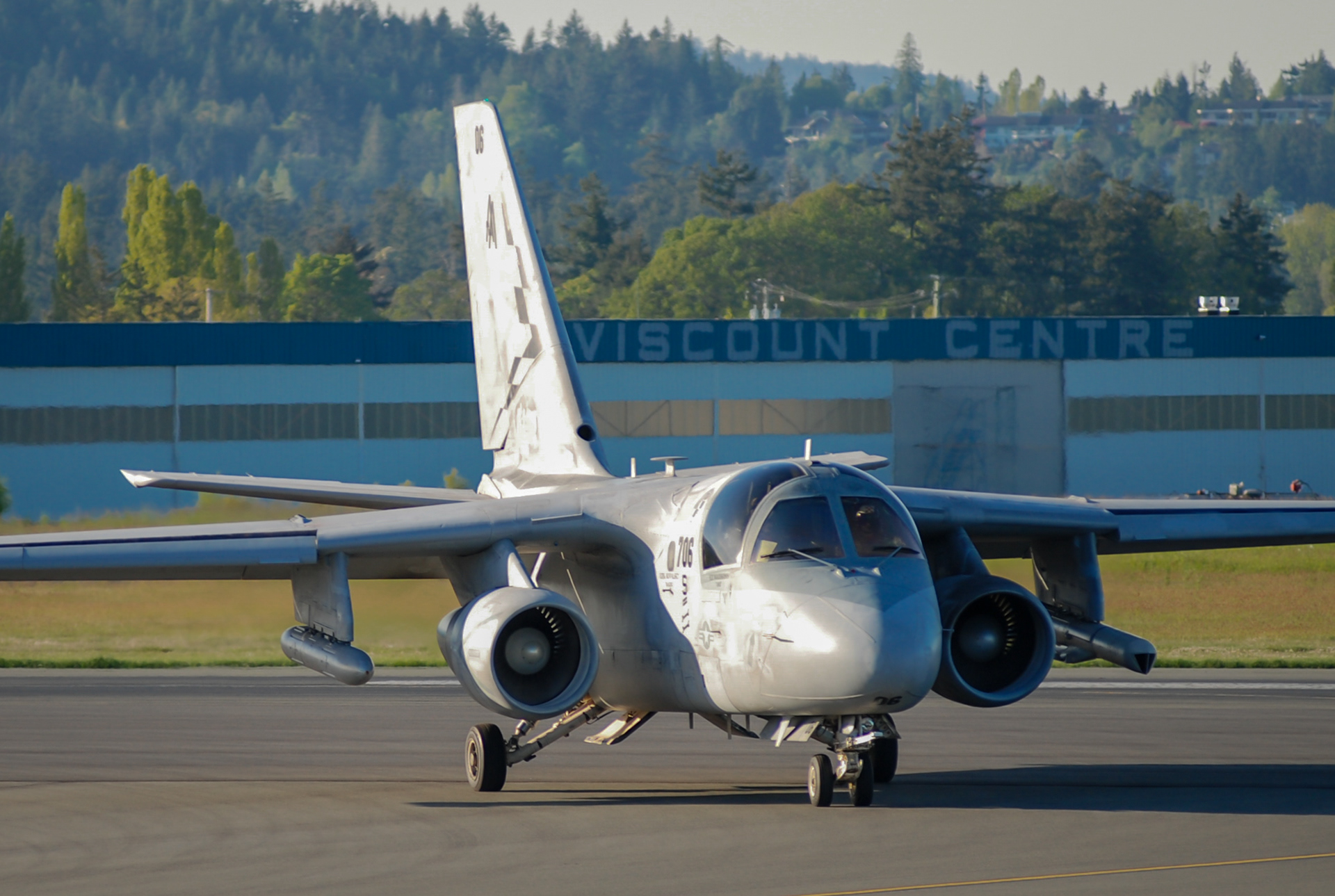



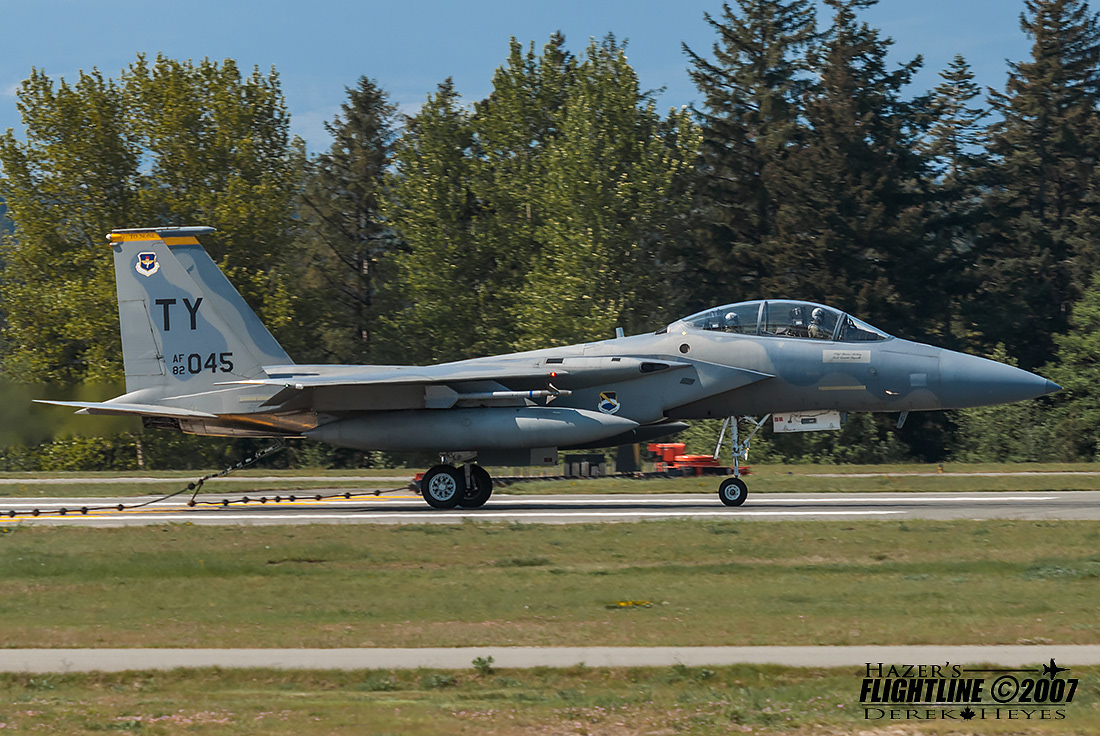
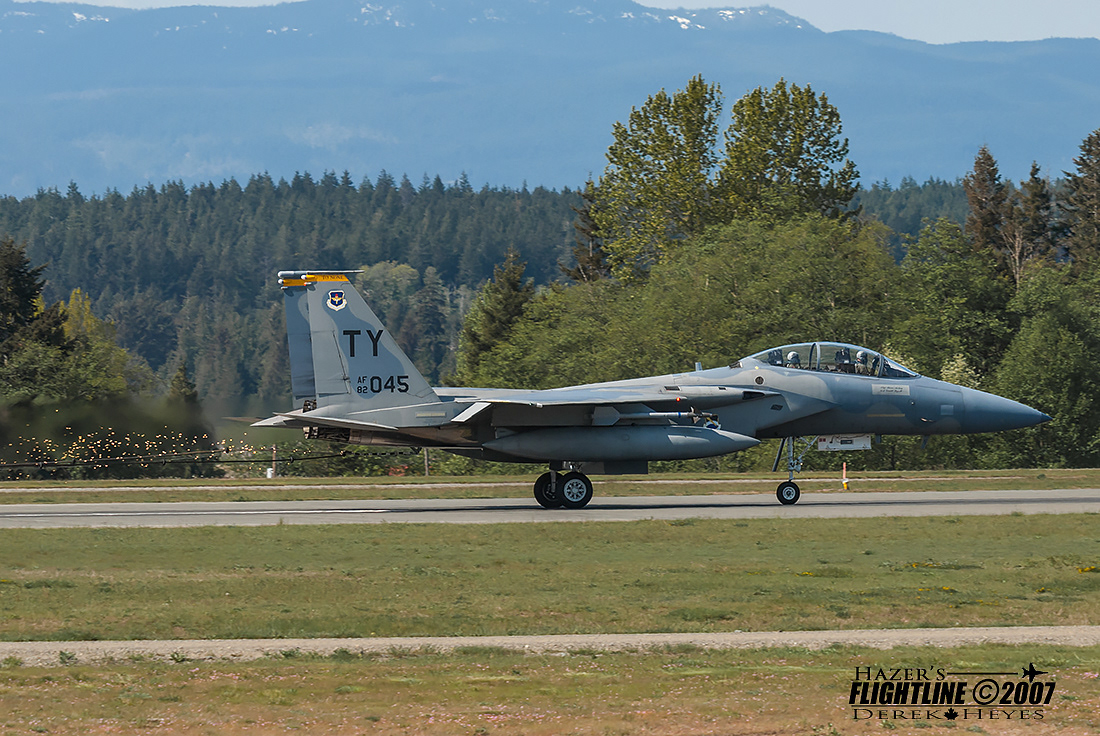
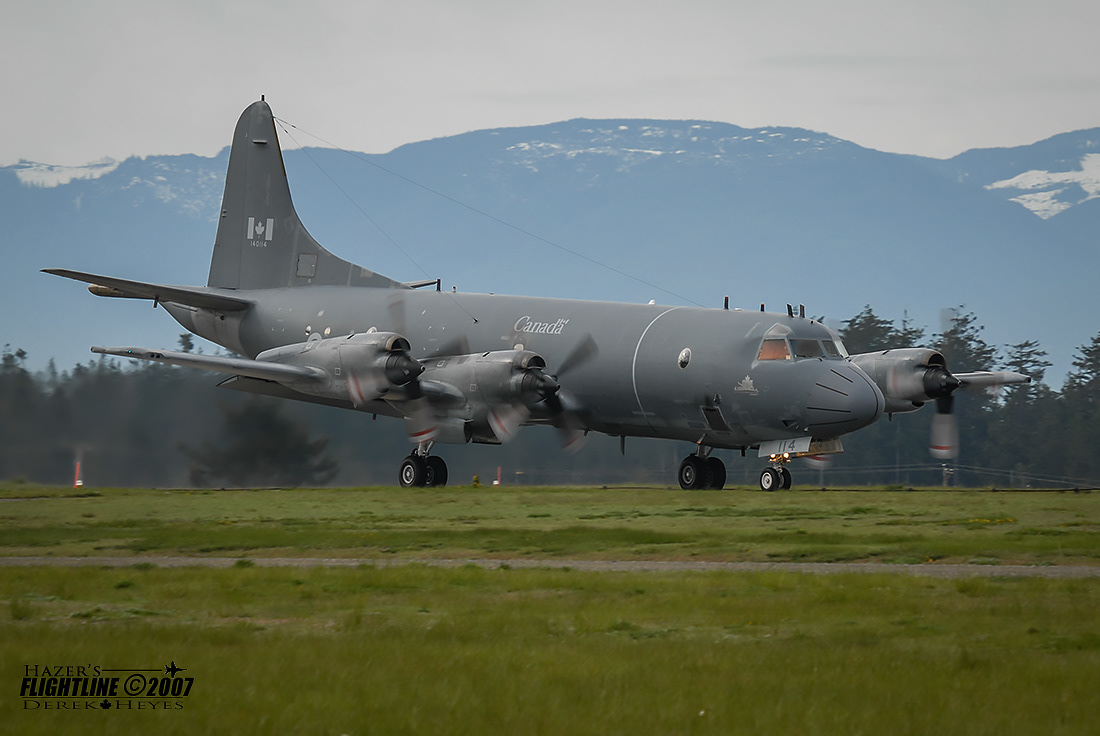
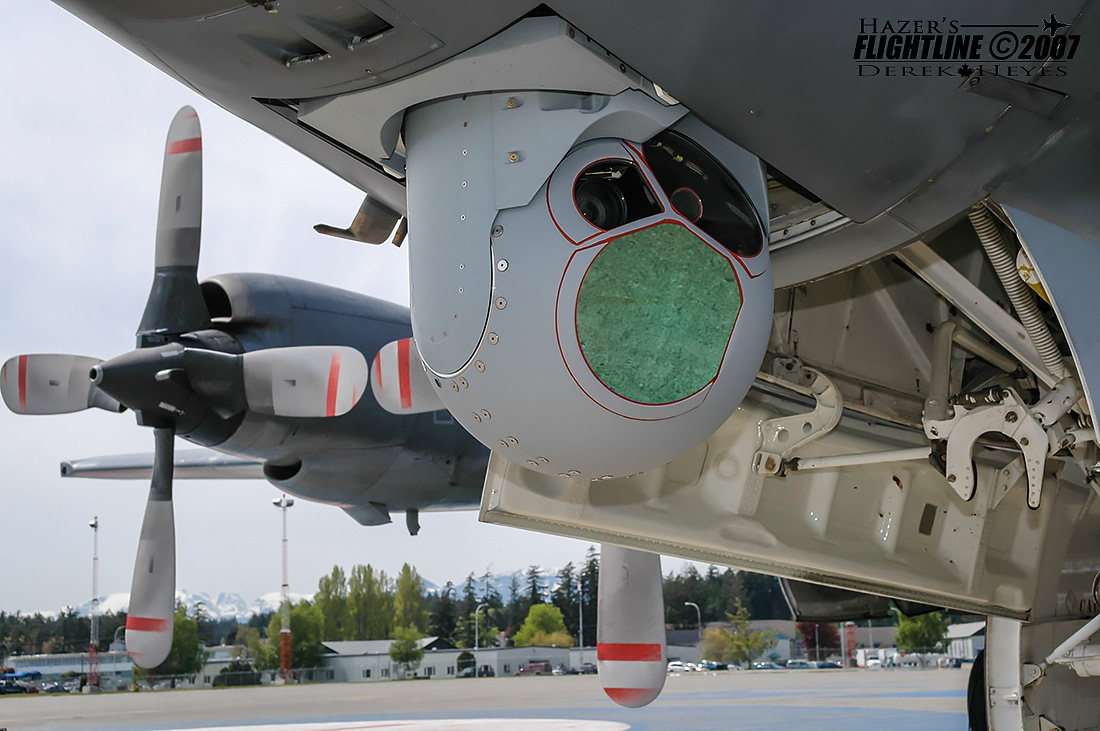
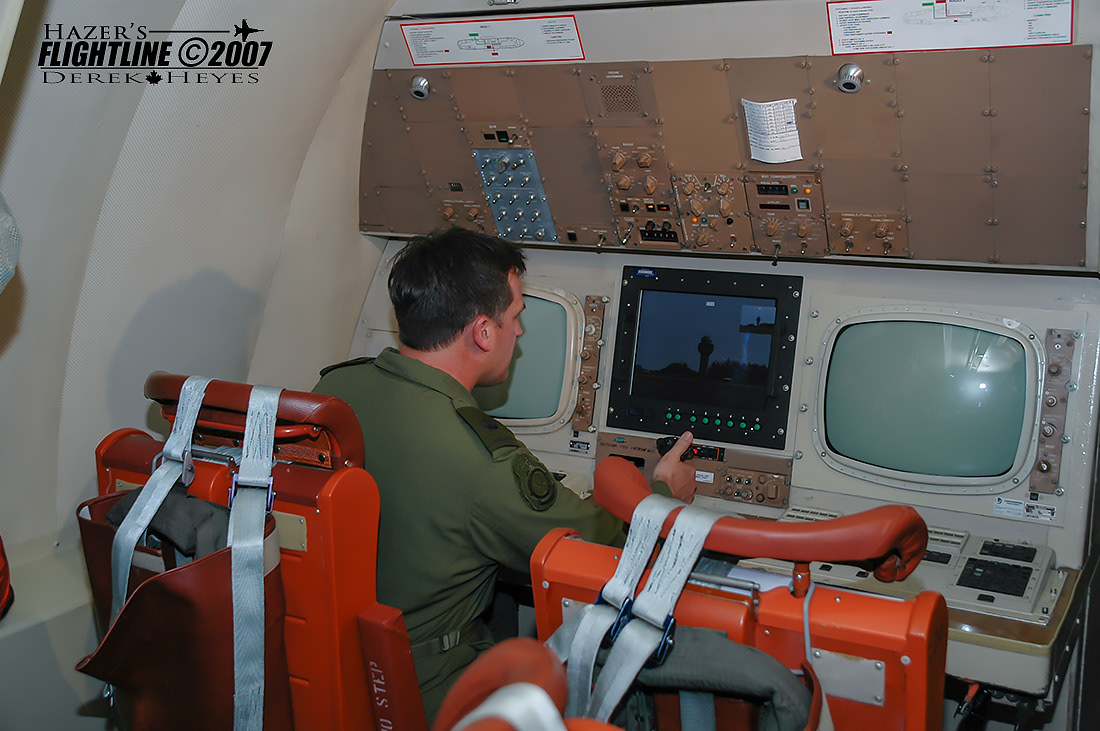
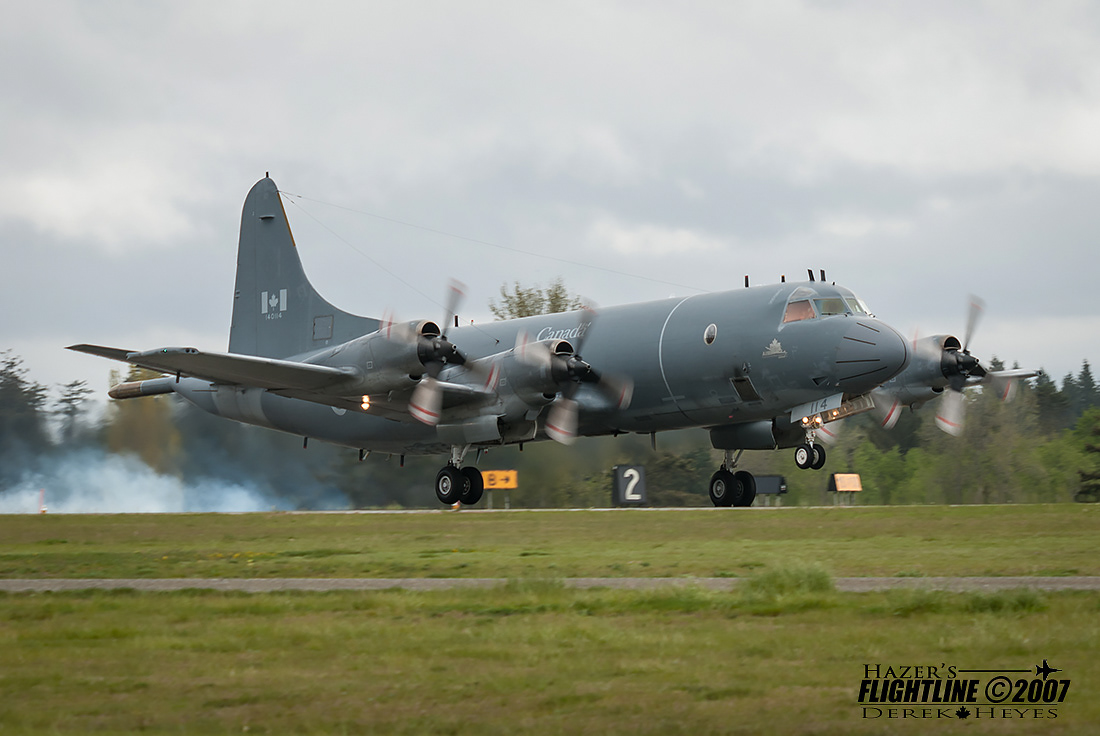
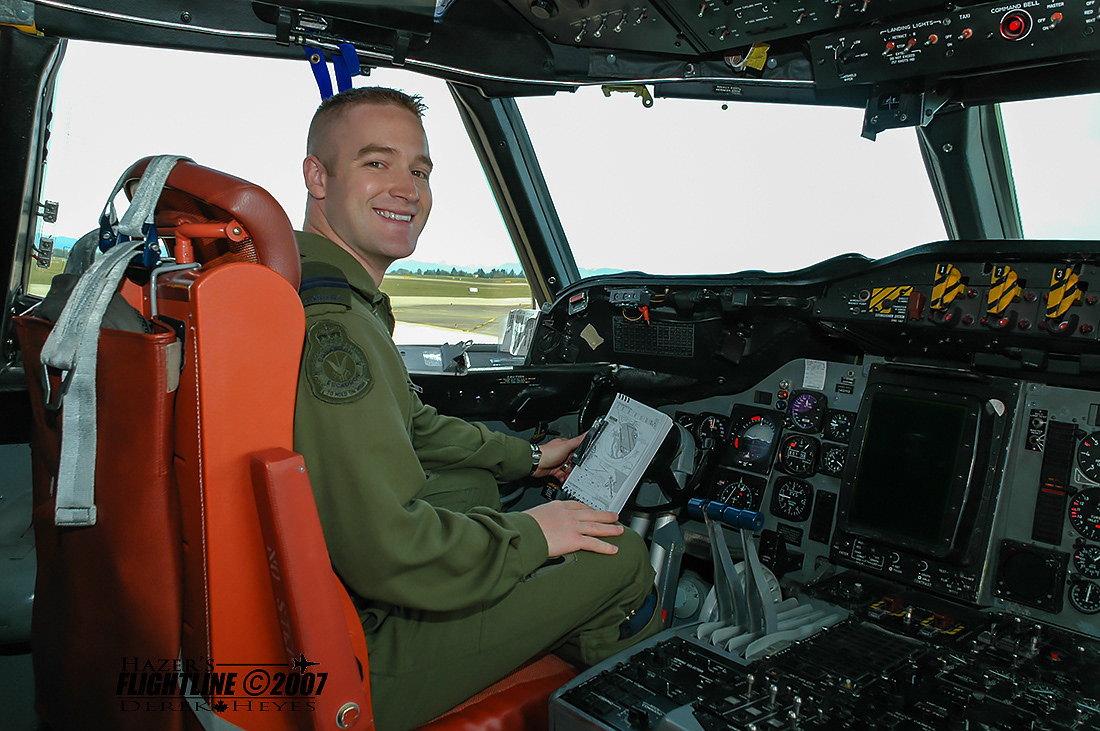

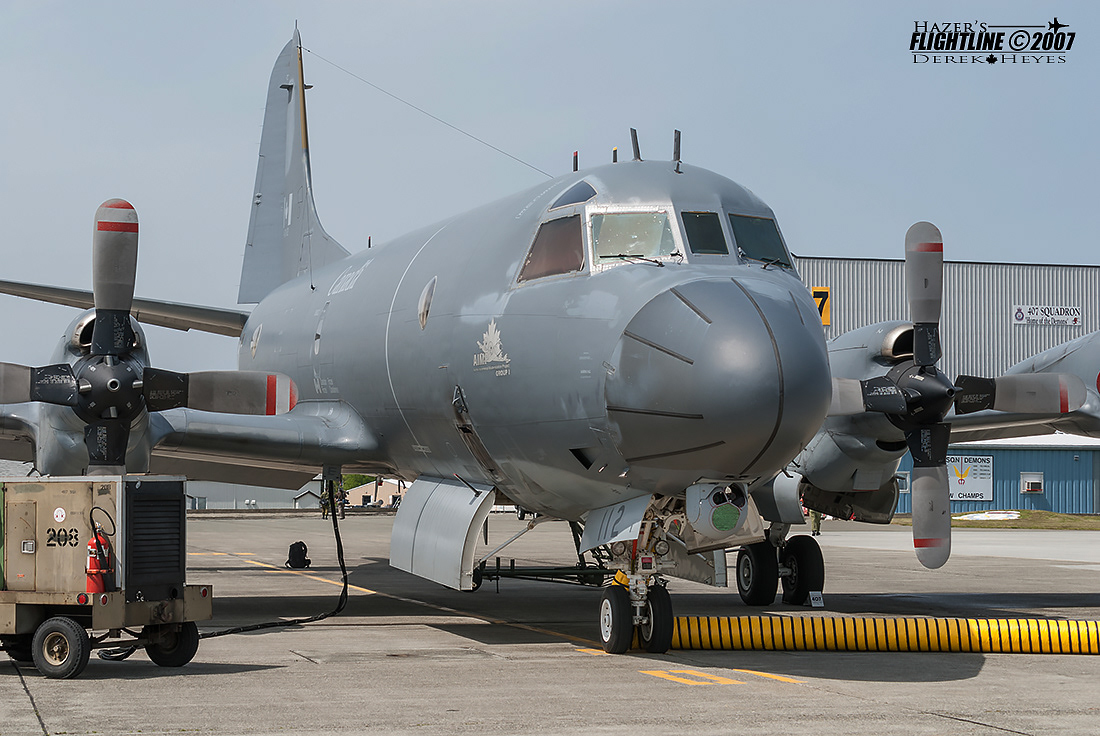
Trident Fury will now occur on opposite years as RIMPAC, the largest military exercise in the Pacific. As a result, 2009 will be the next Trident Fury. As each exercise grows in size and complexity and the great reputation that the exercise has quickly gained, the possibility of the 2009 edition hosting more warships and aircraft from other countries is very possible. The participants of Trident Fury have the rare opportunity to fight over water and land during the same mission while simutainiously training their interoperability with other countries, this is an invaluable training experience to the participants whether they are in the air, land or sea. This training enviroment is what sets Trident Fury apart from other large scale exercises and has made it into the success that it is today.
